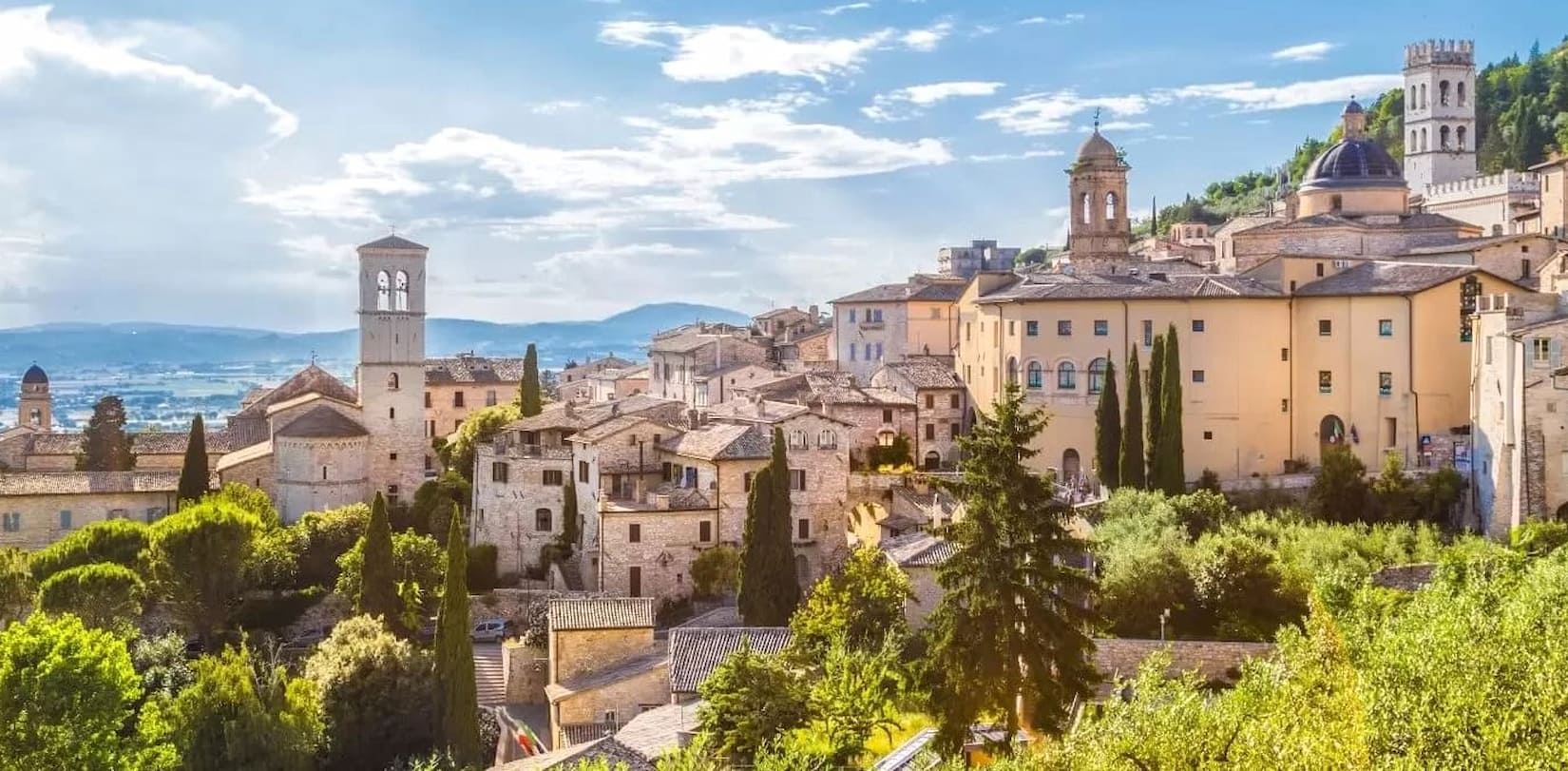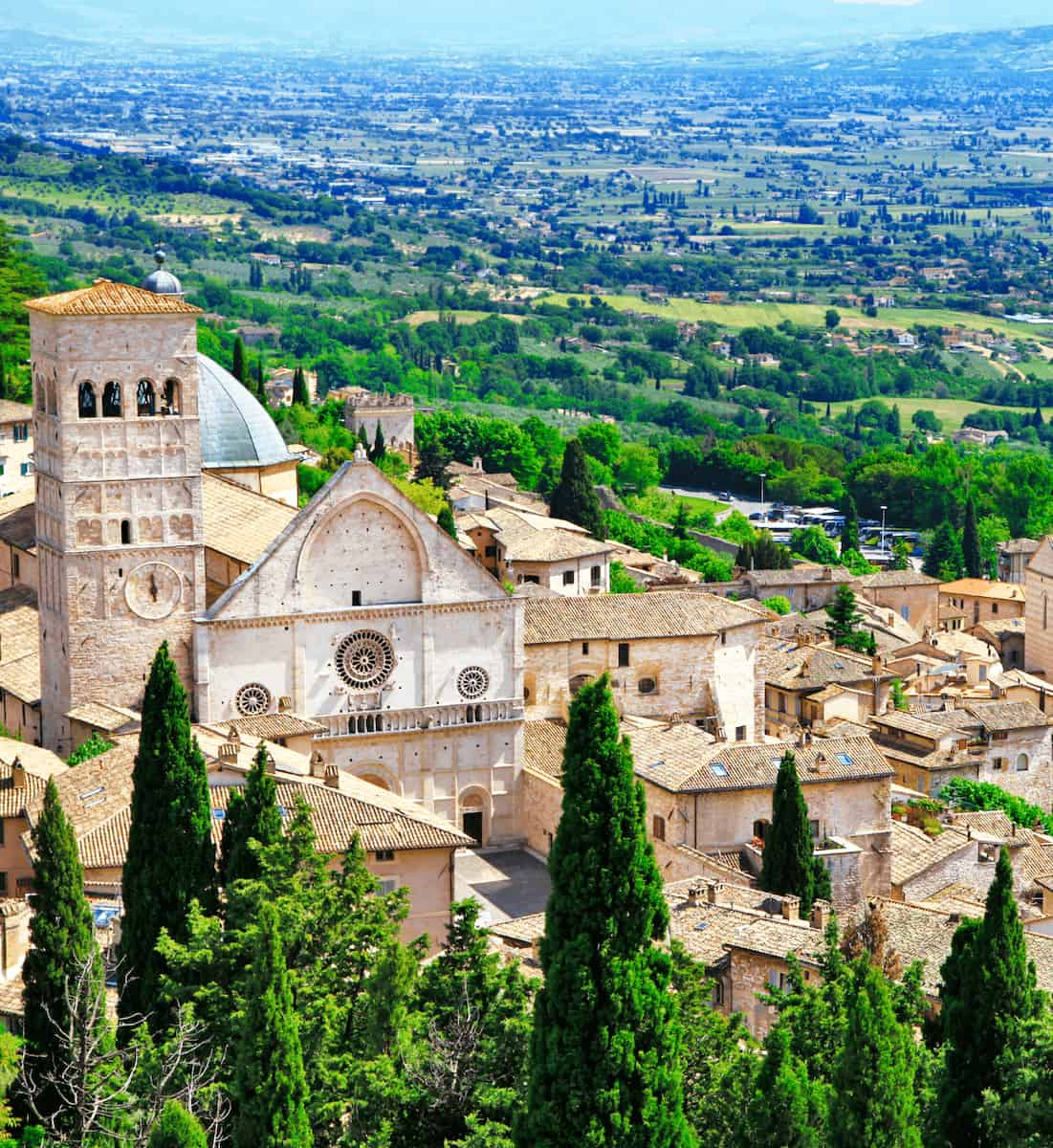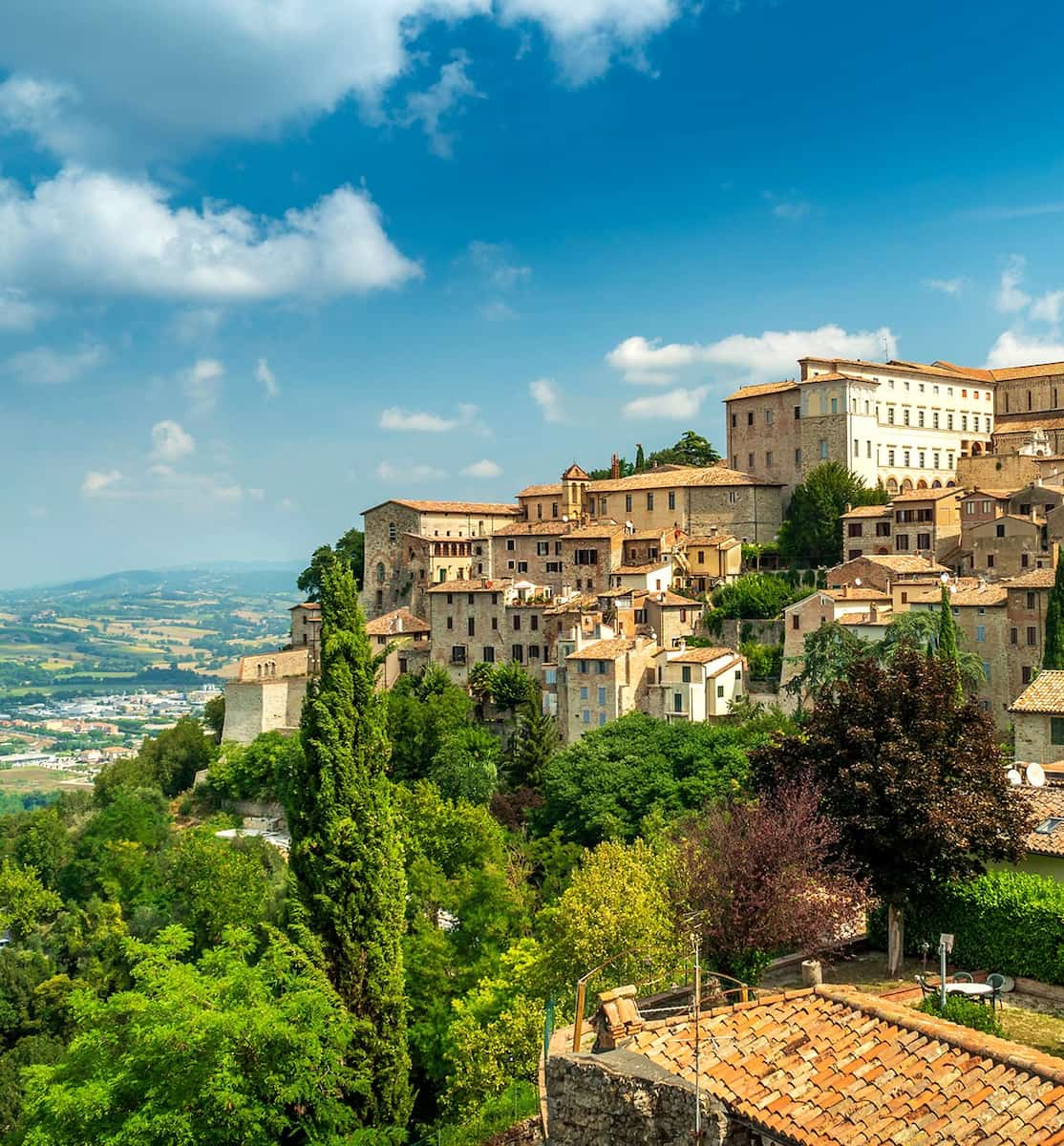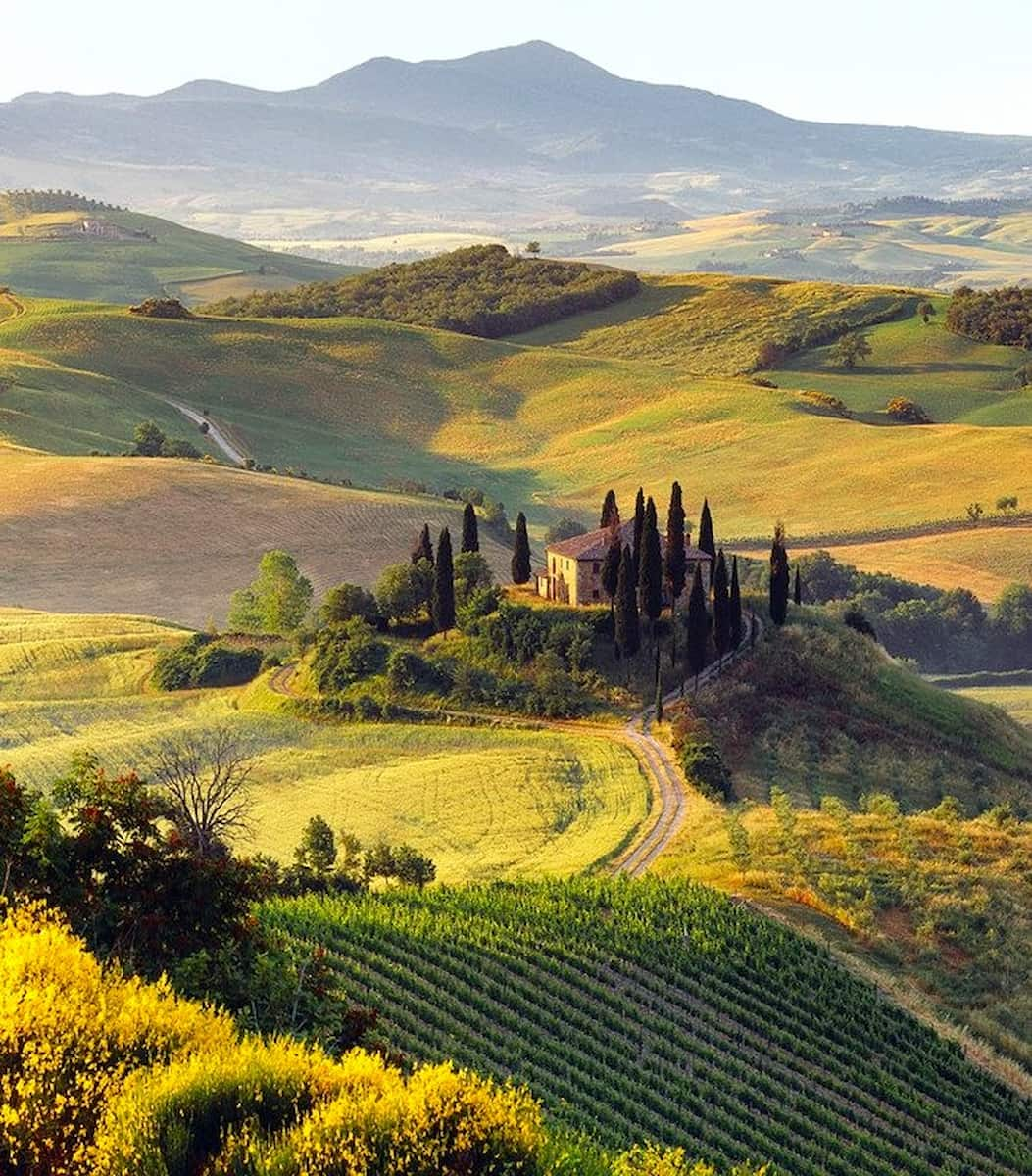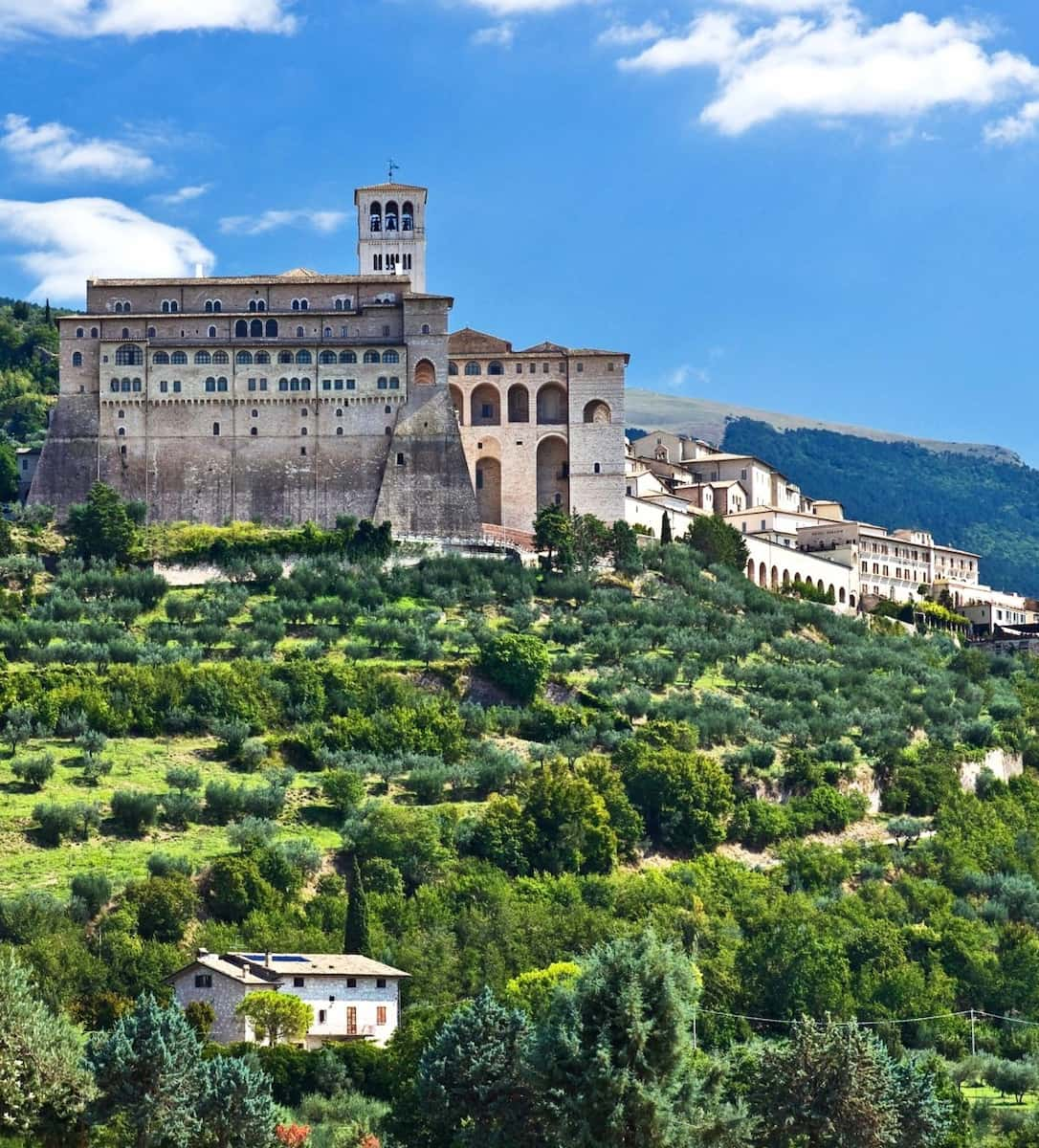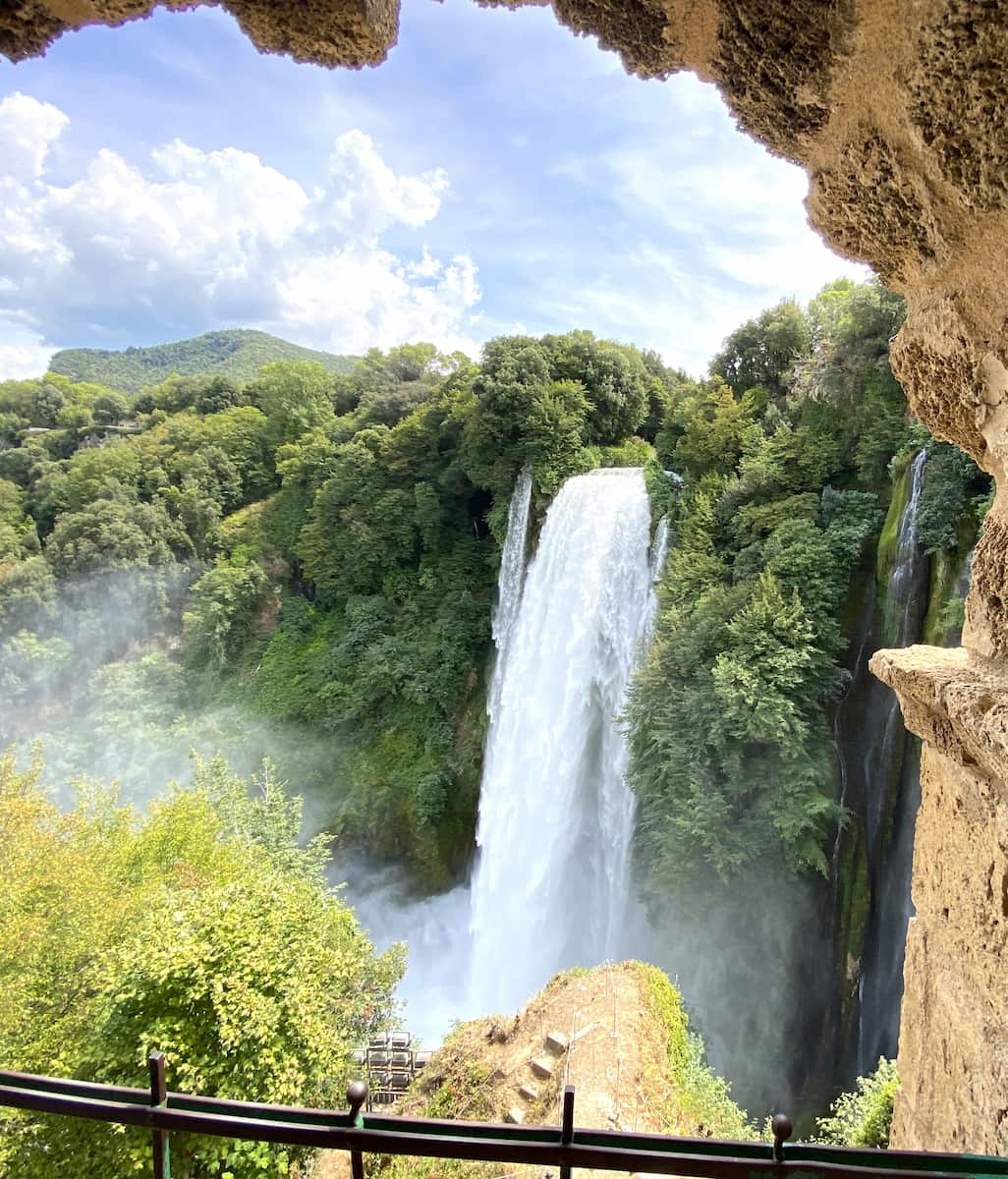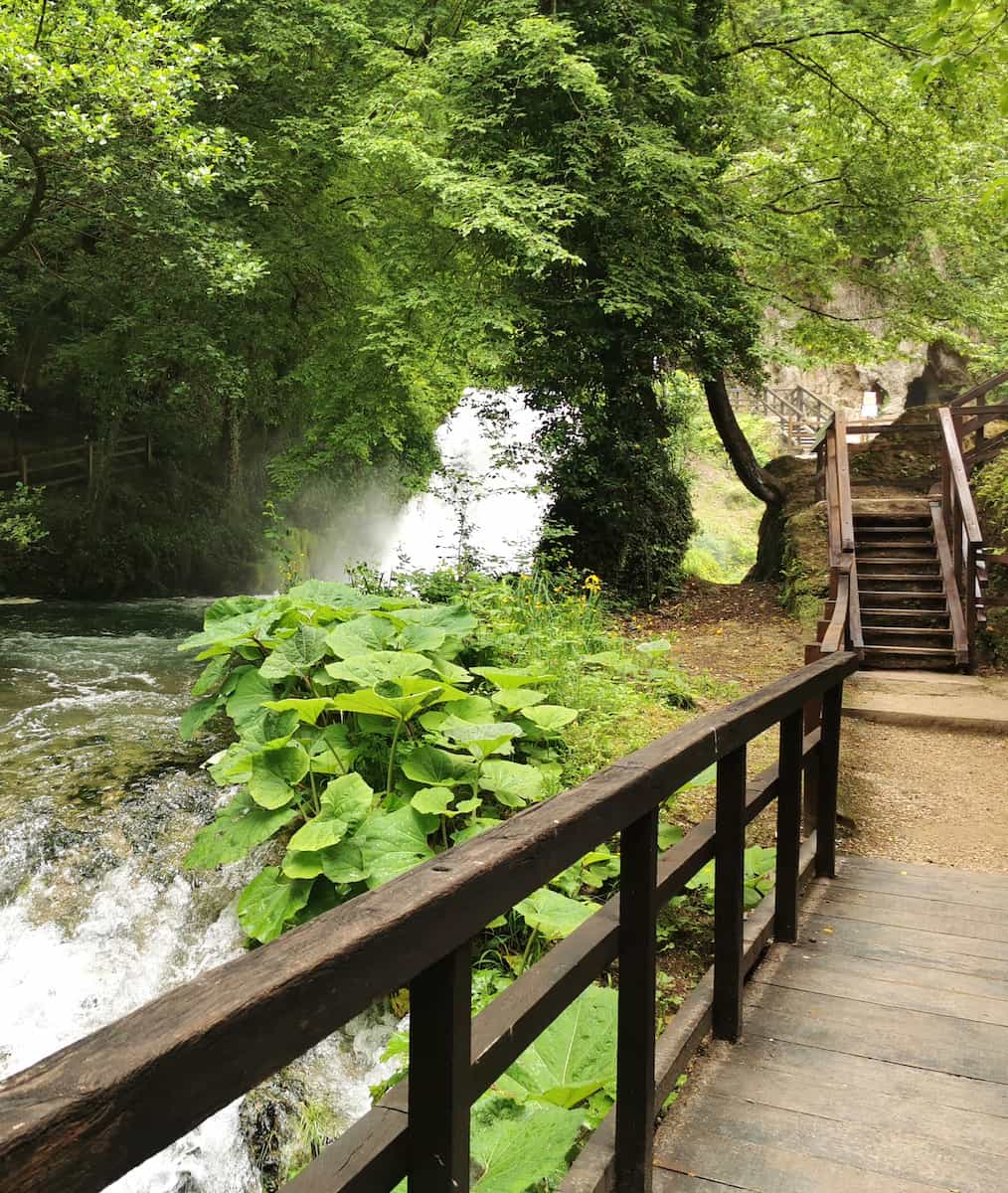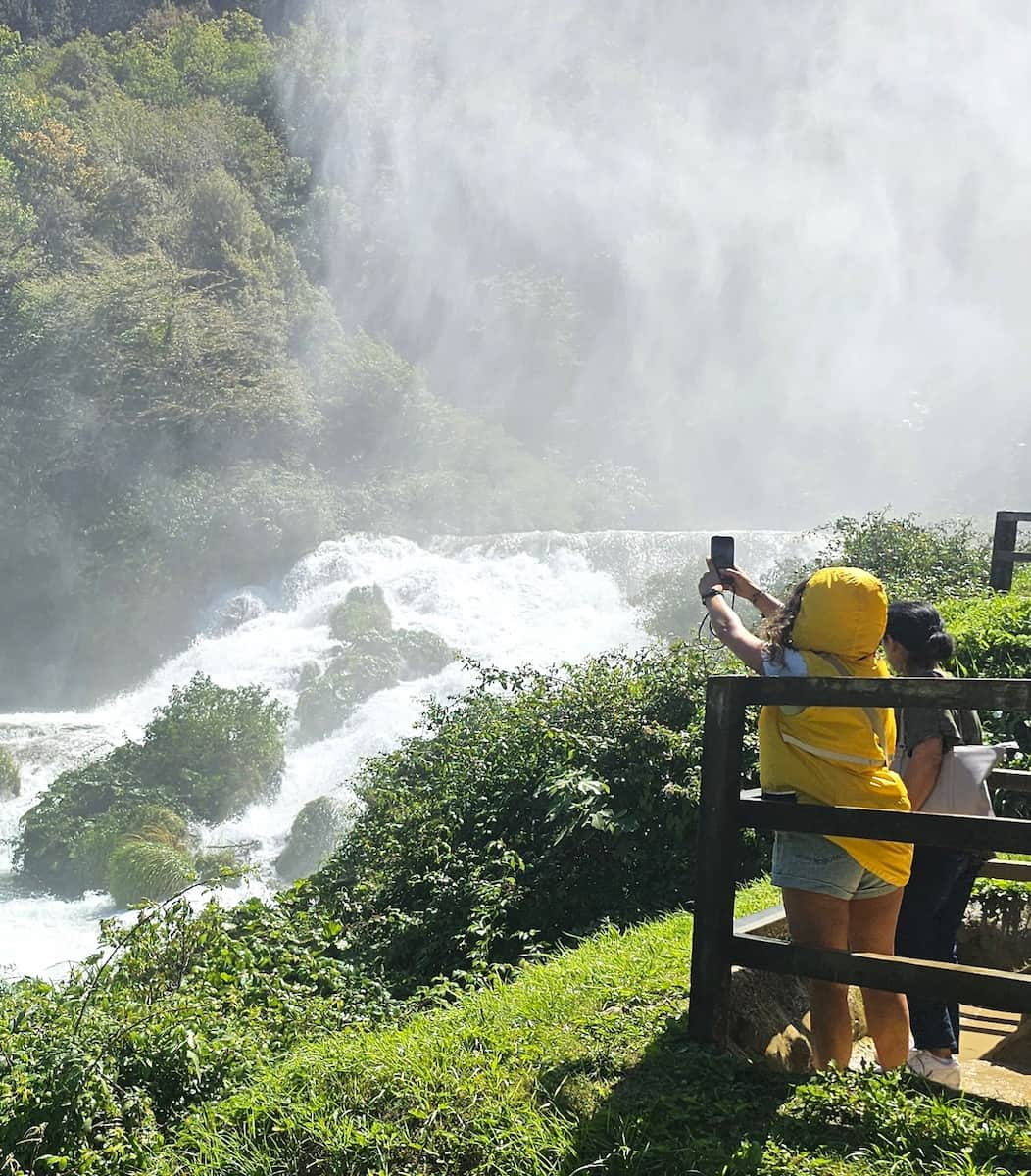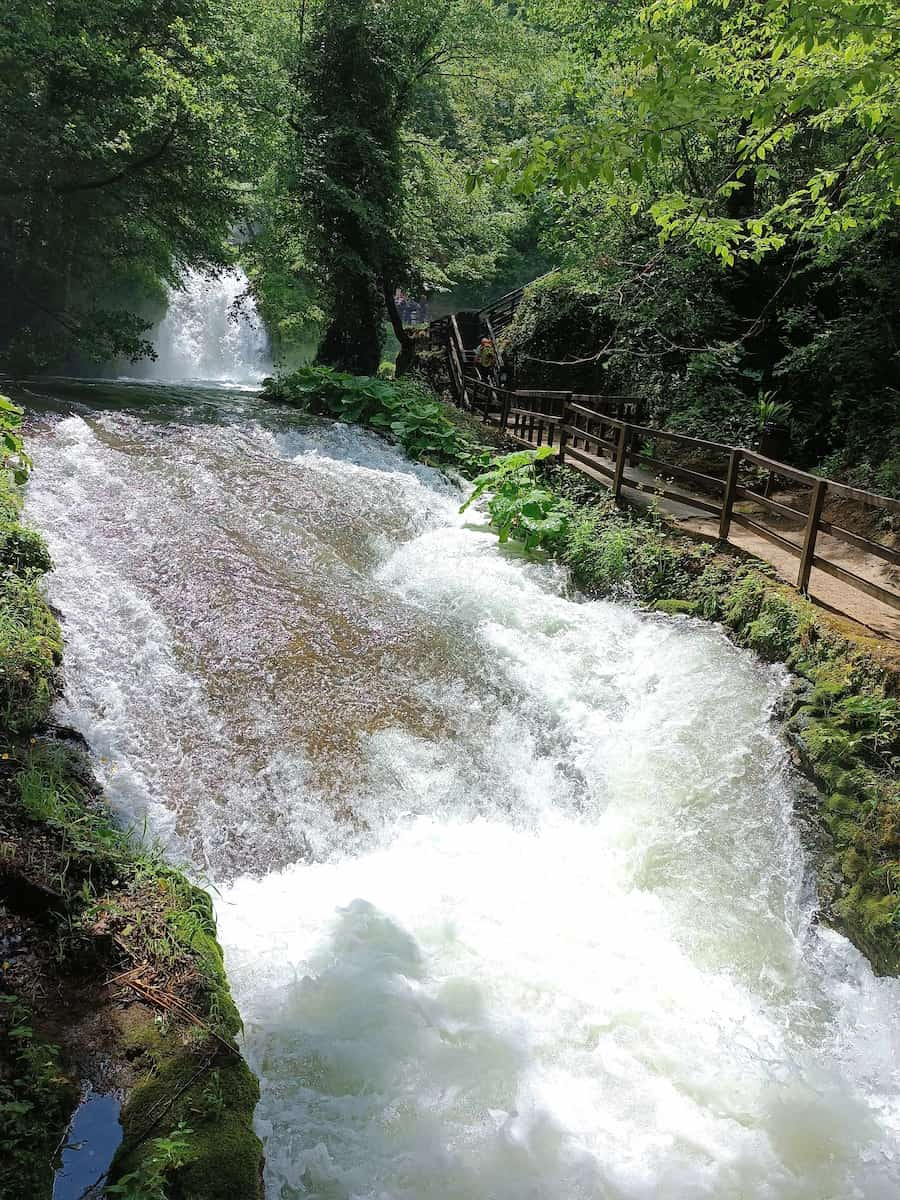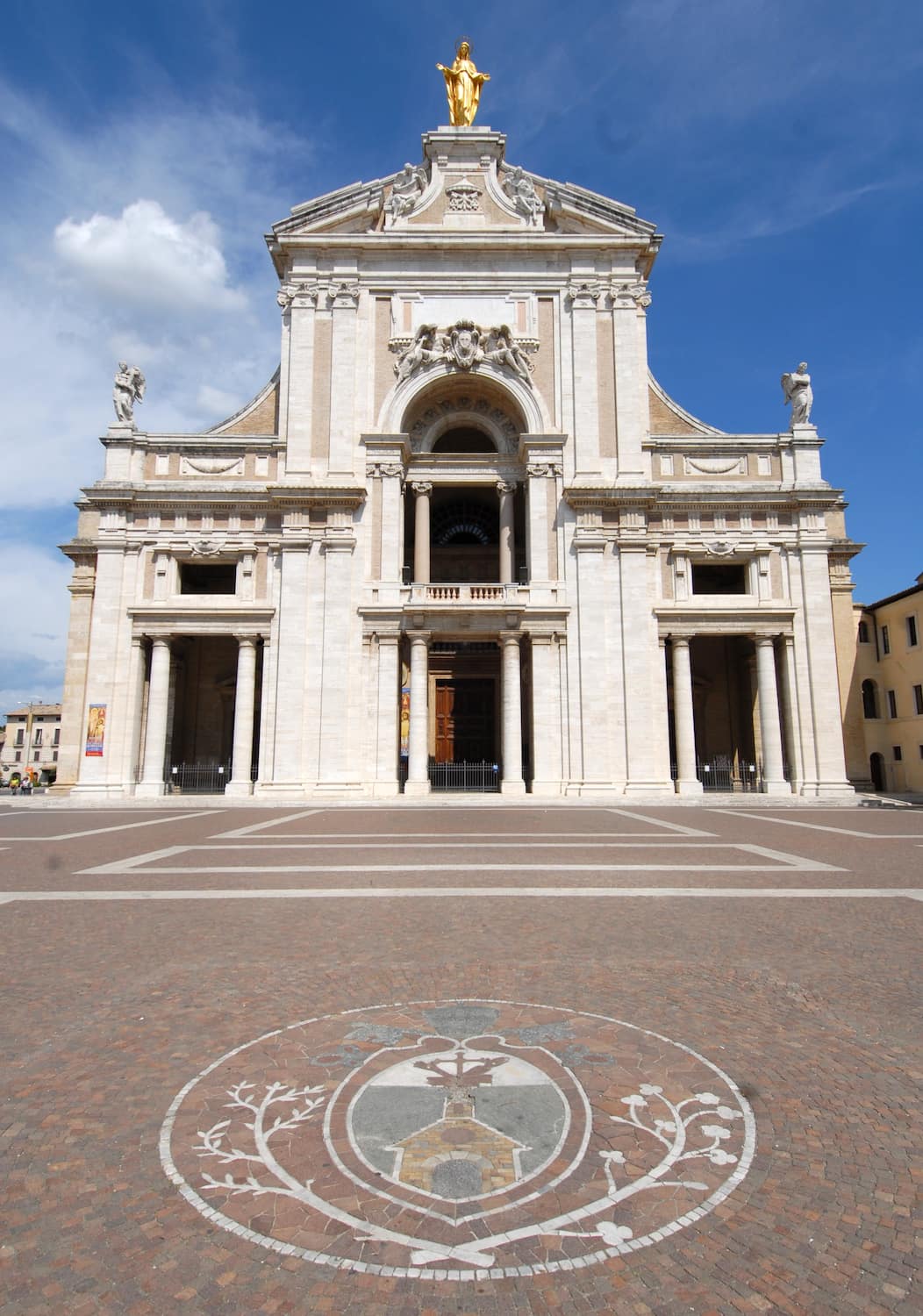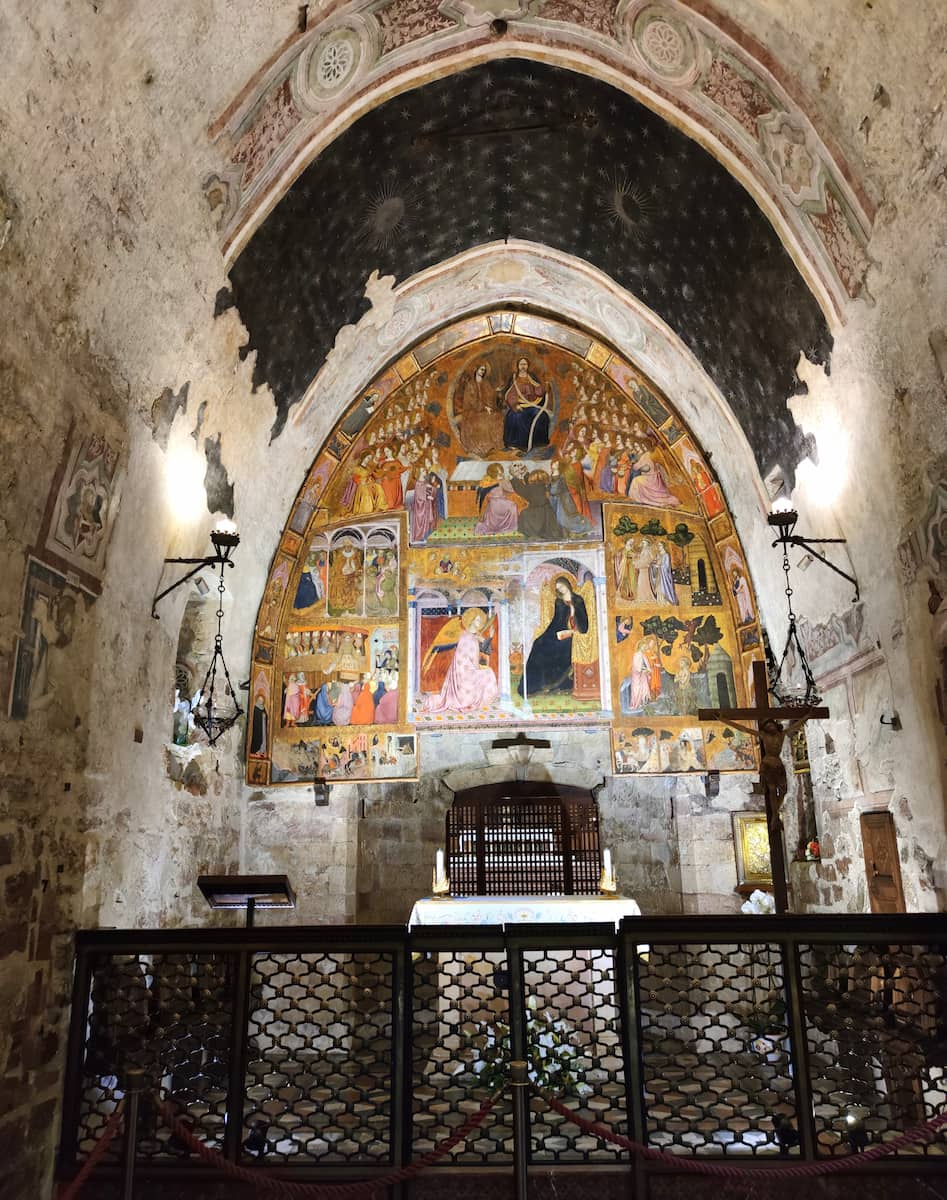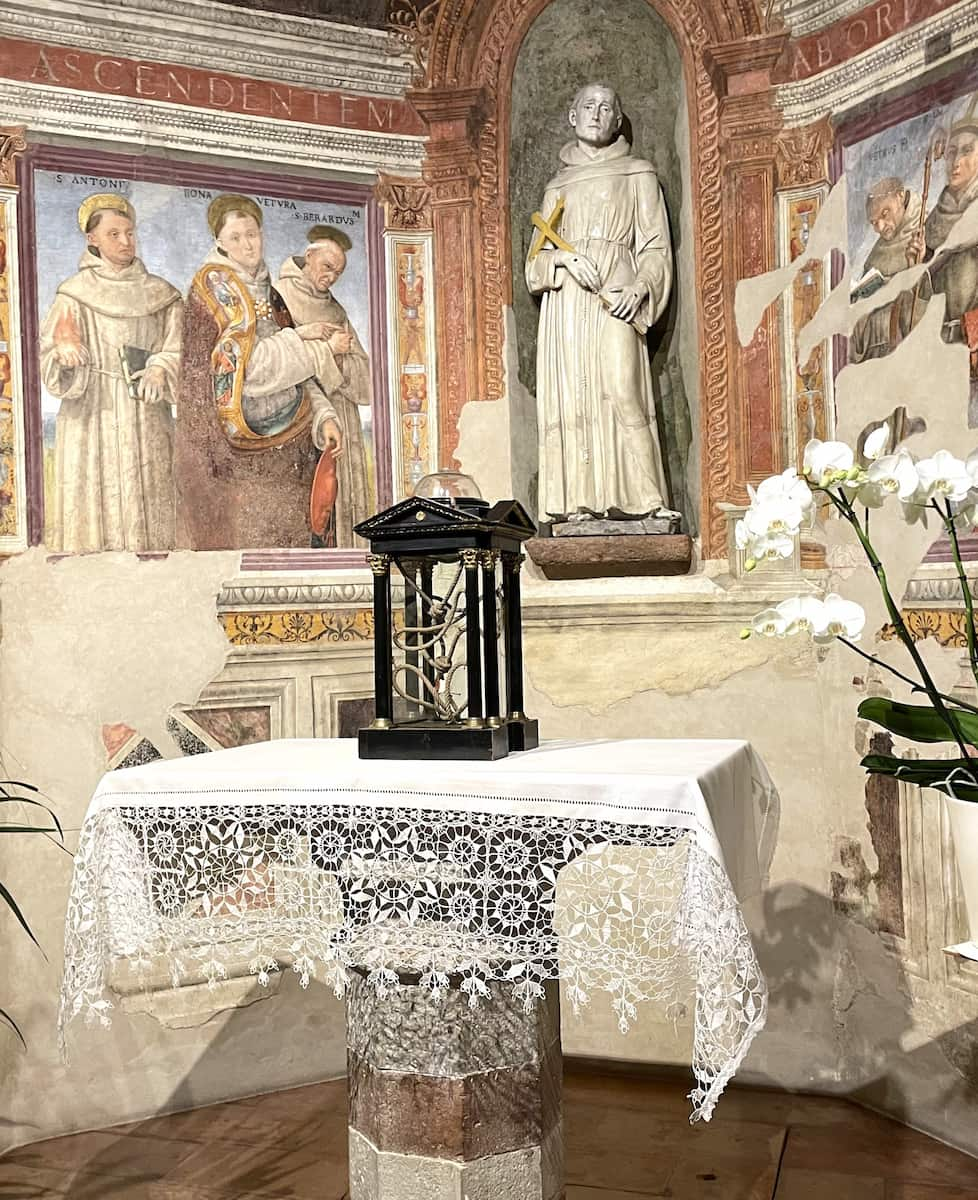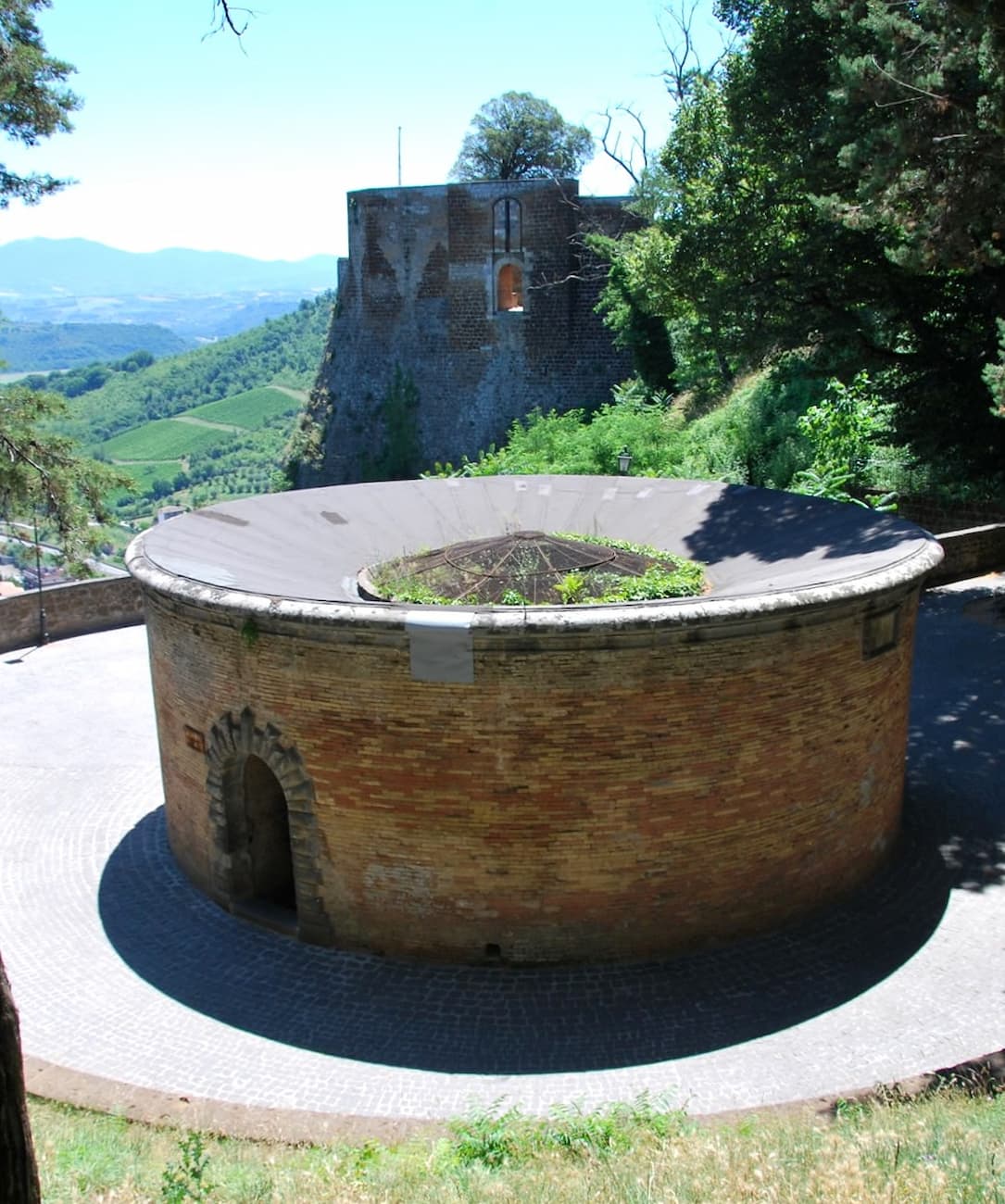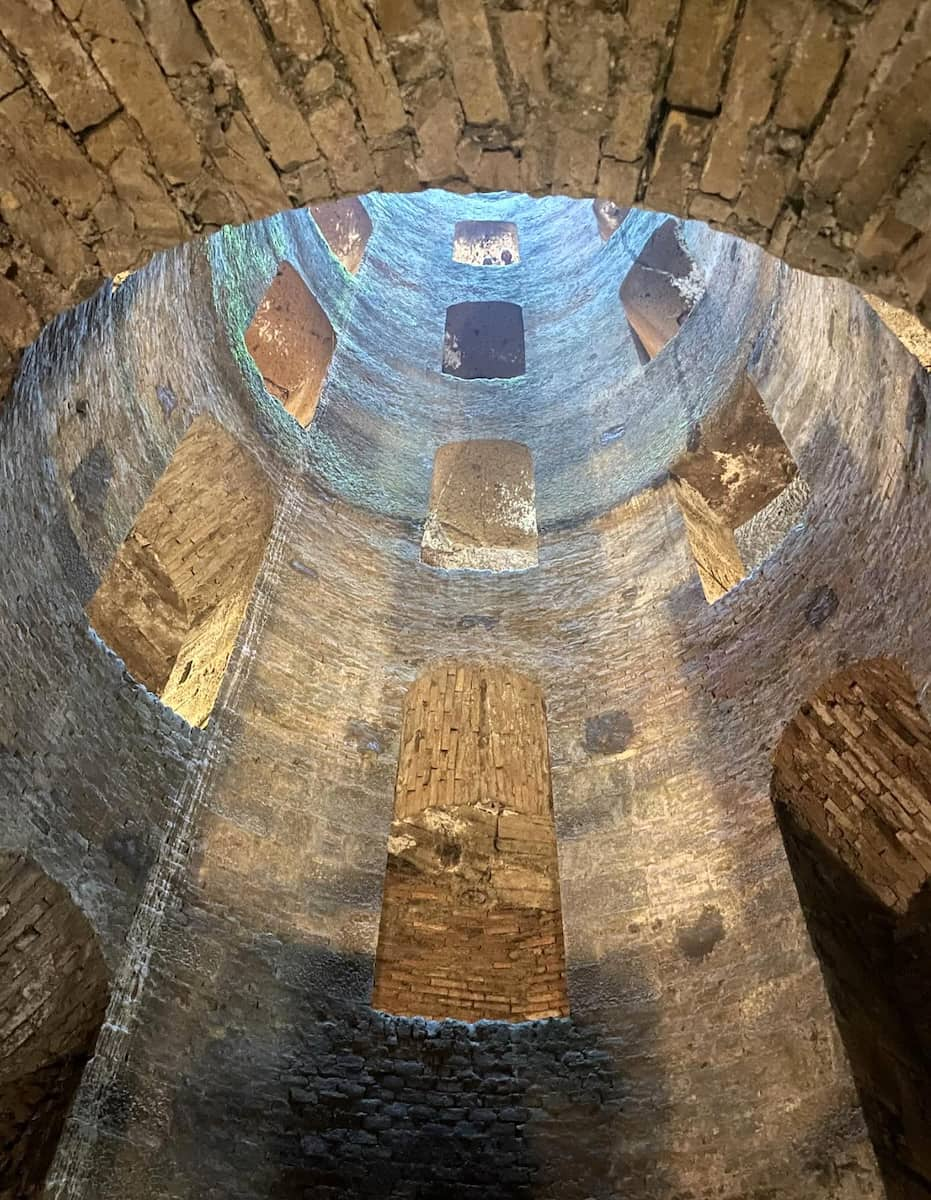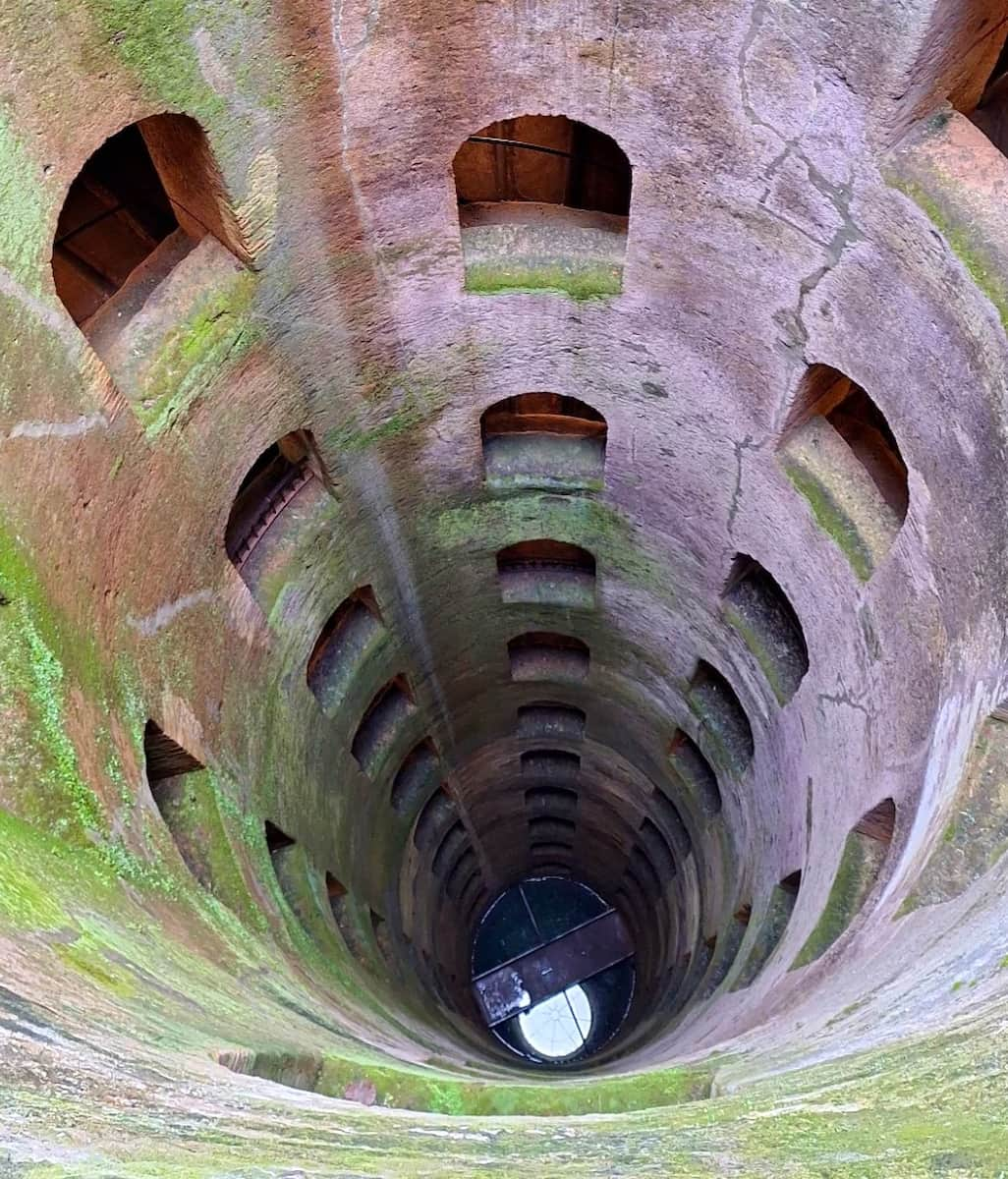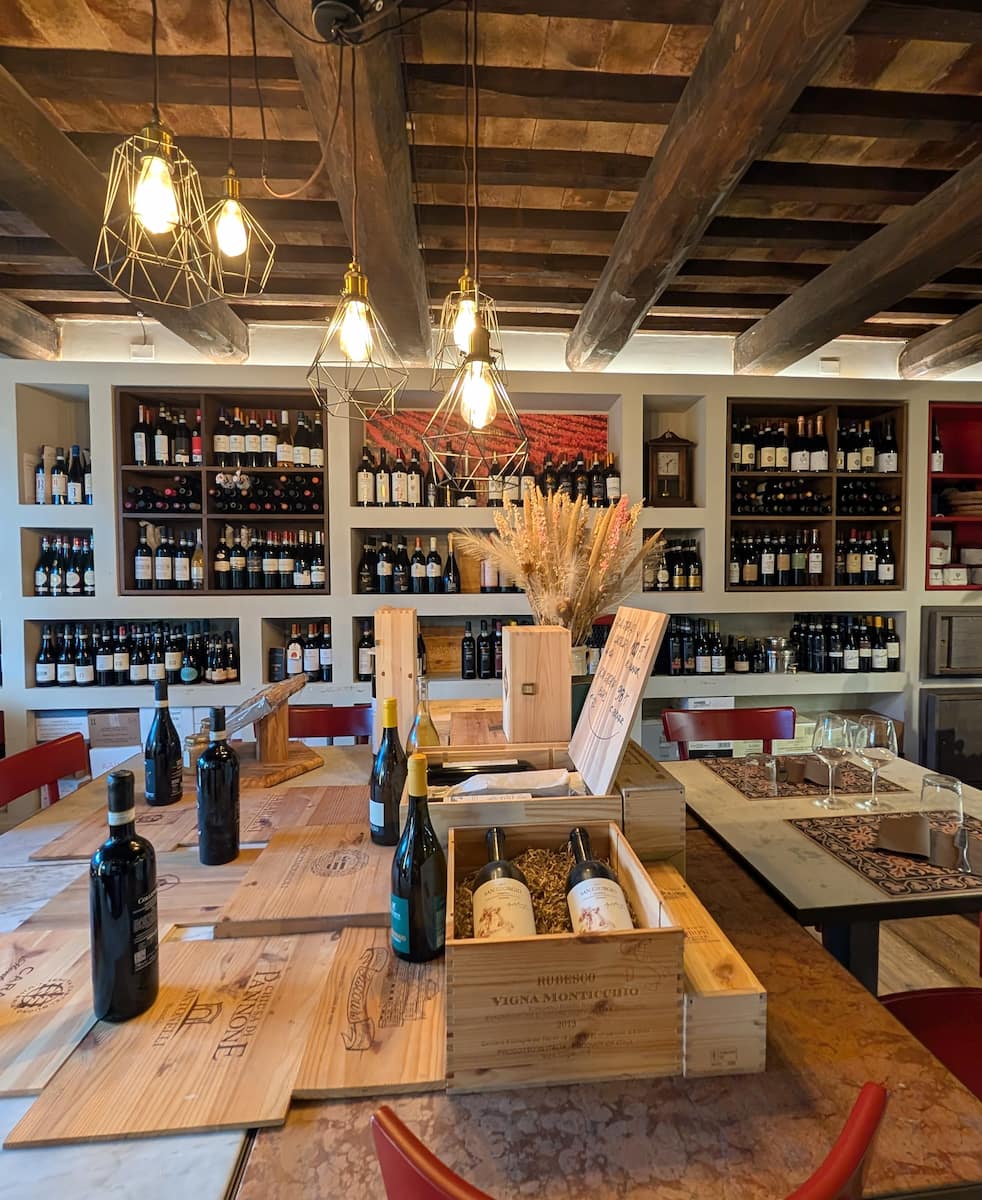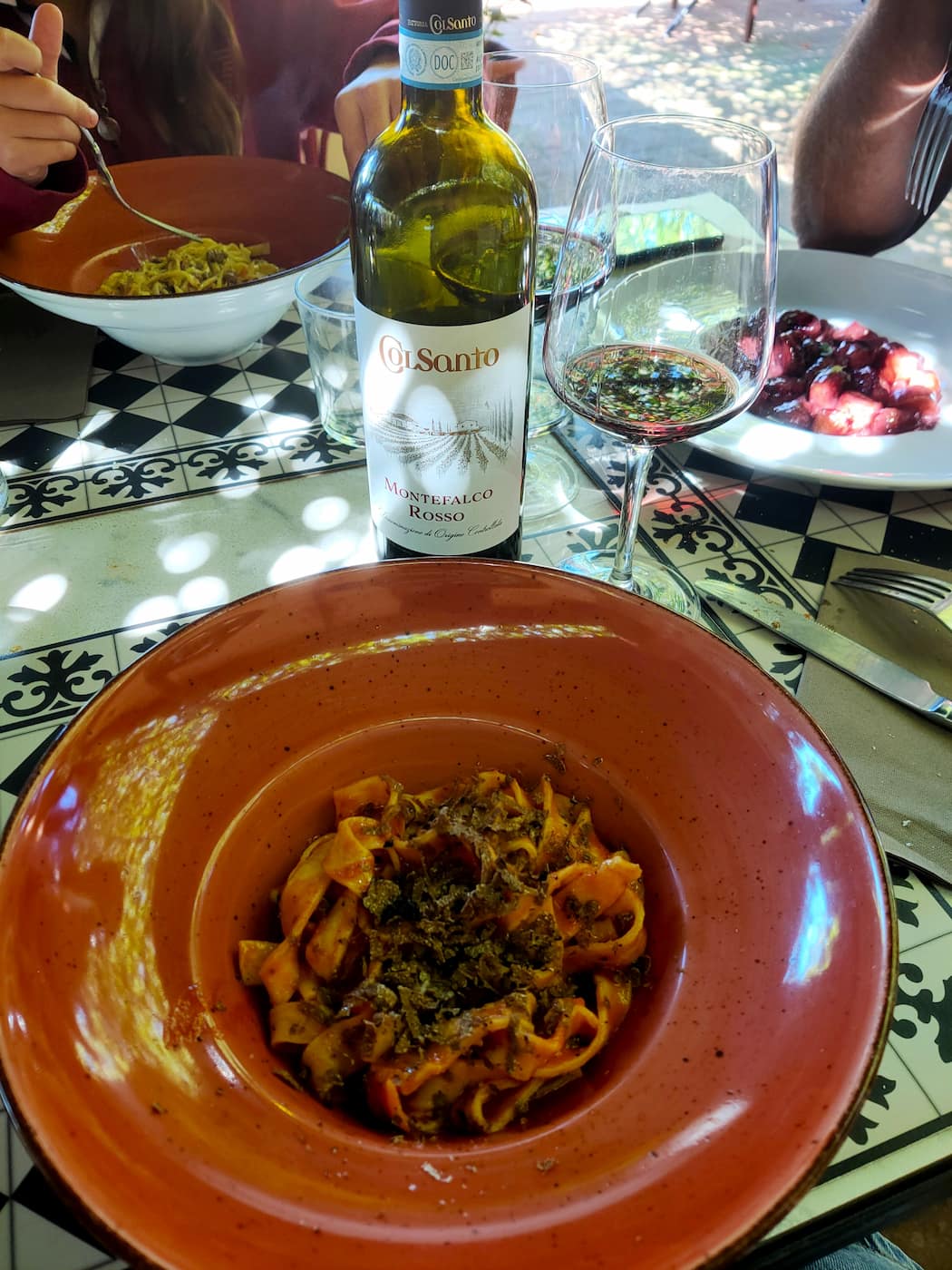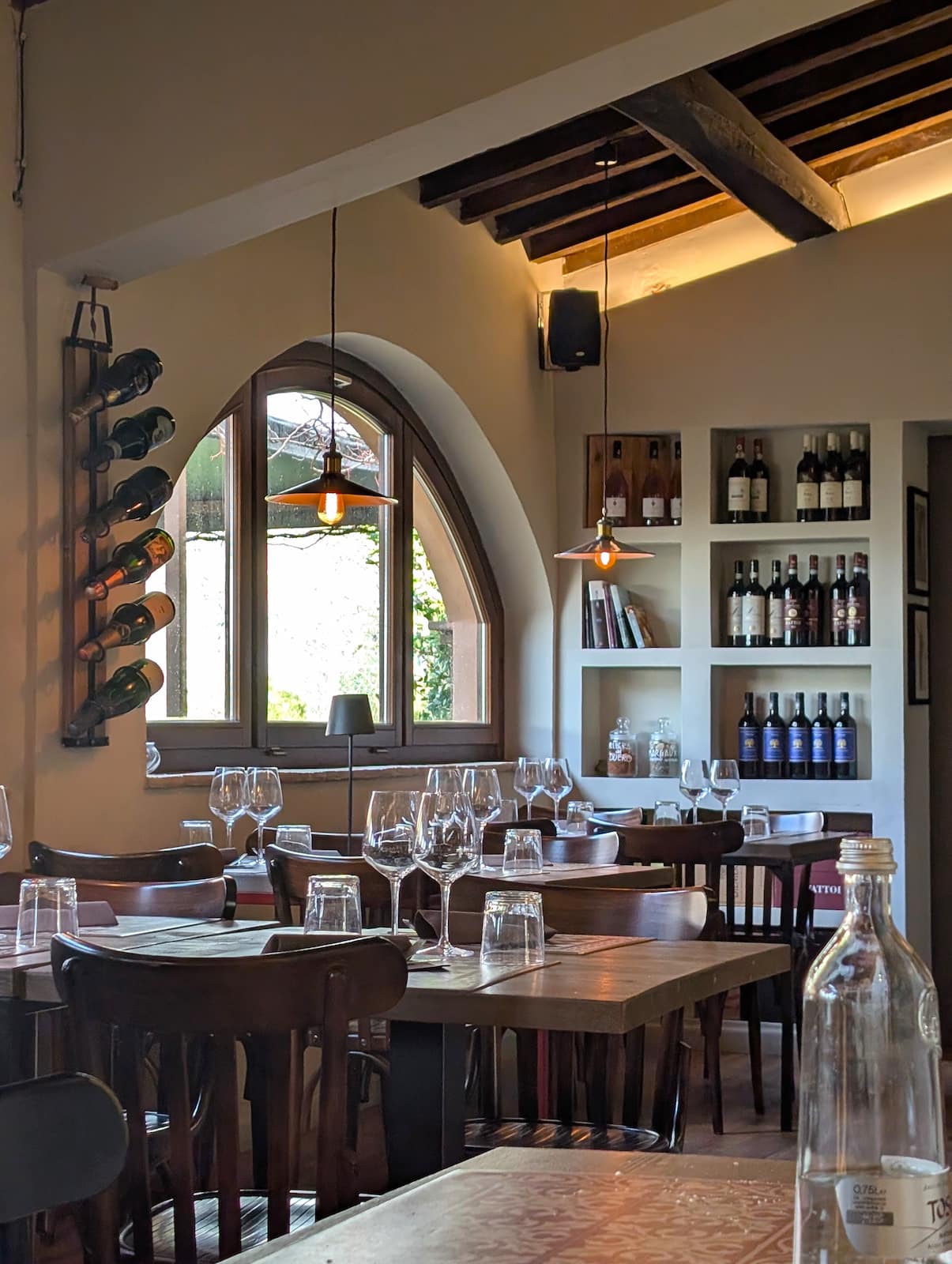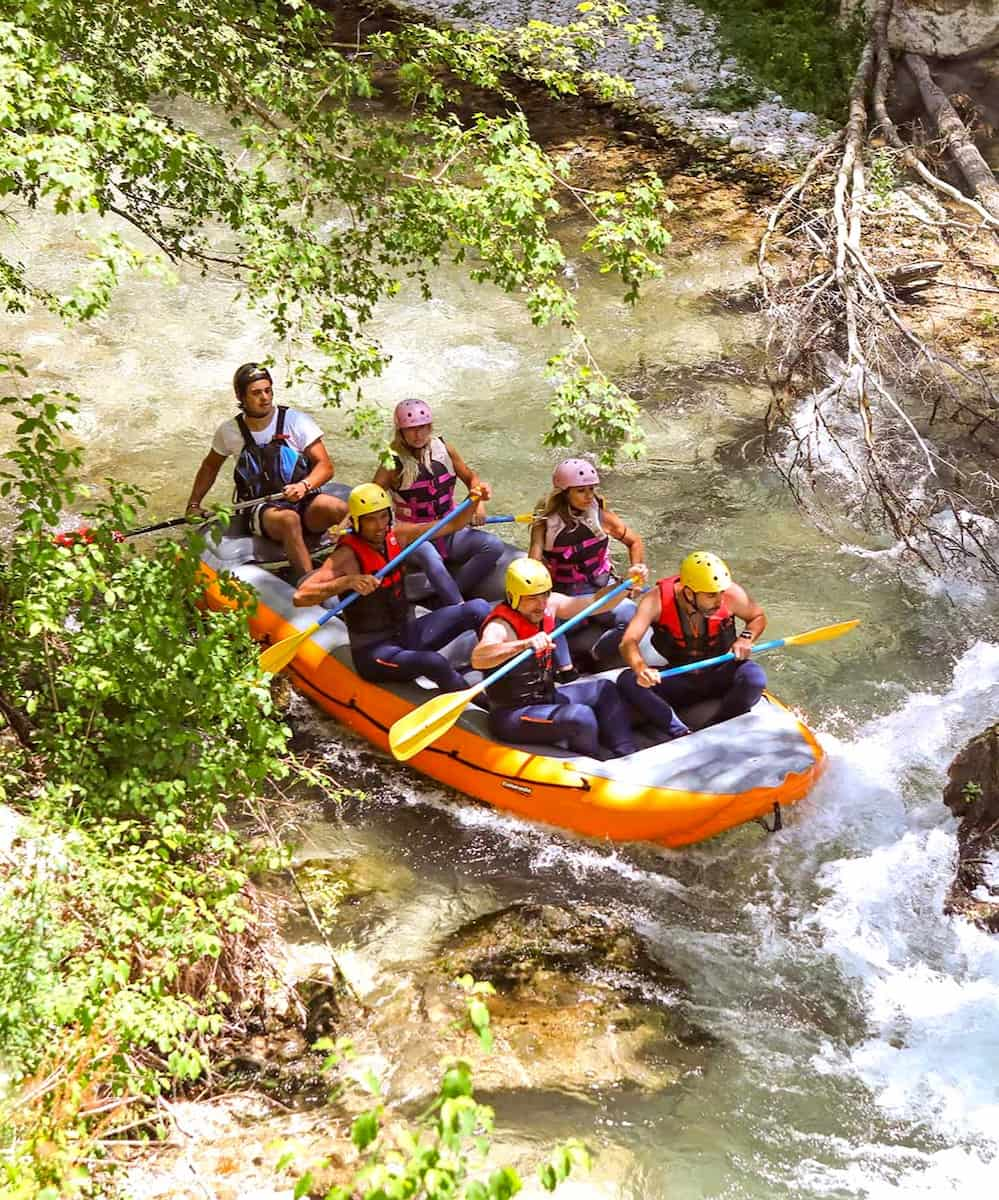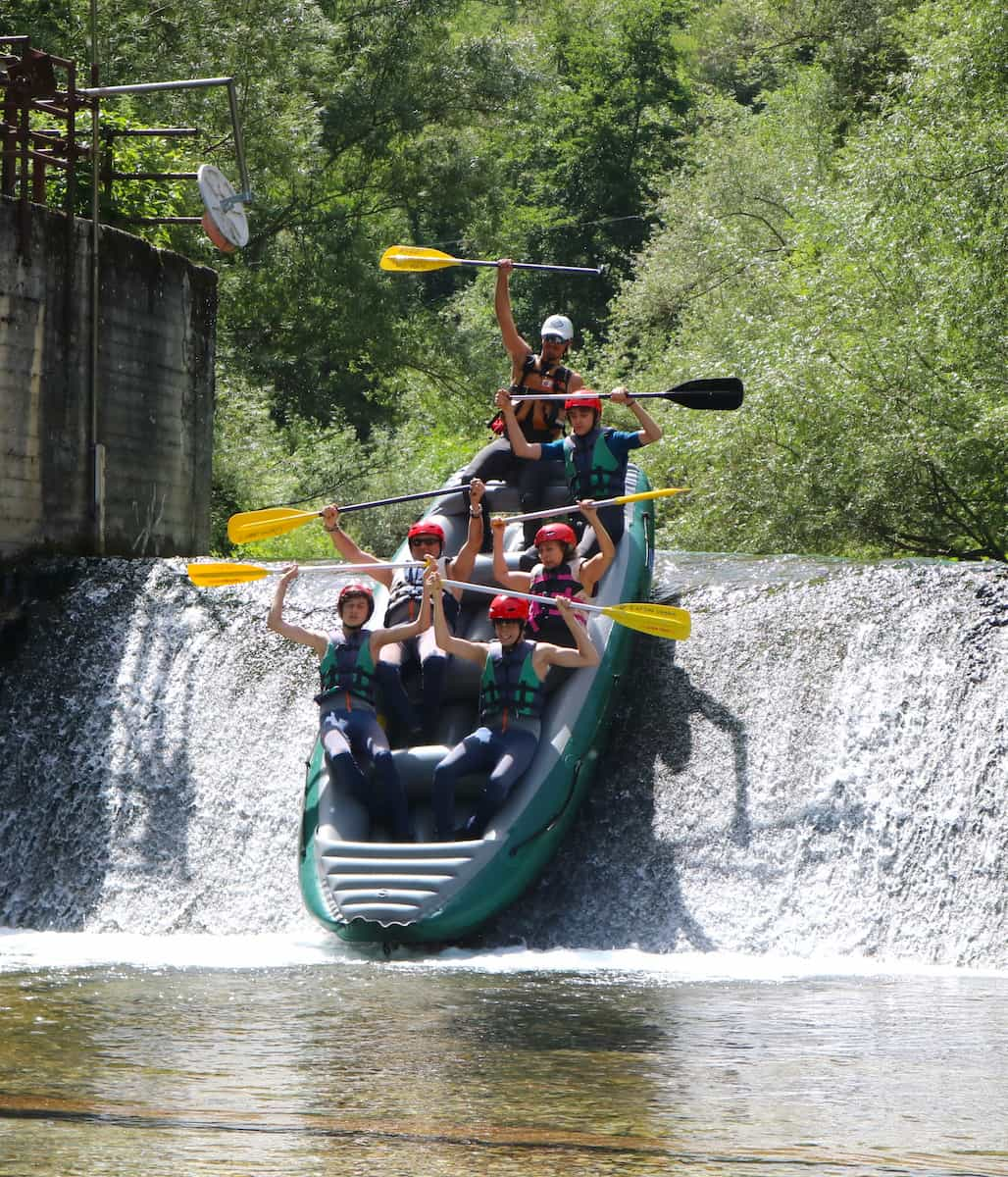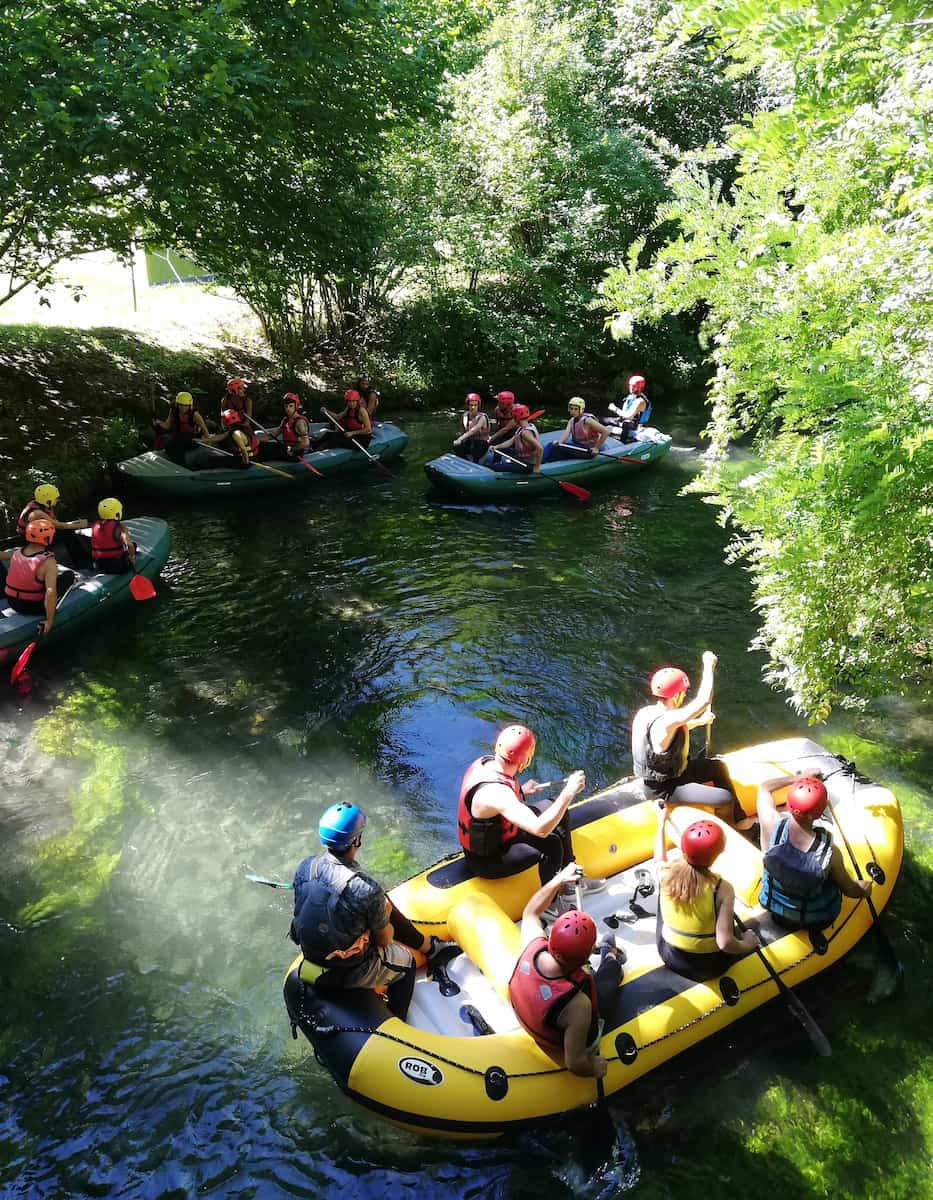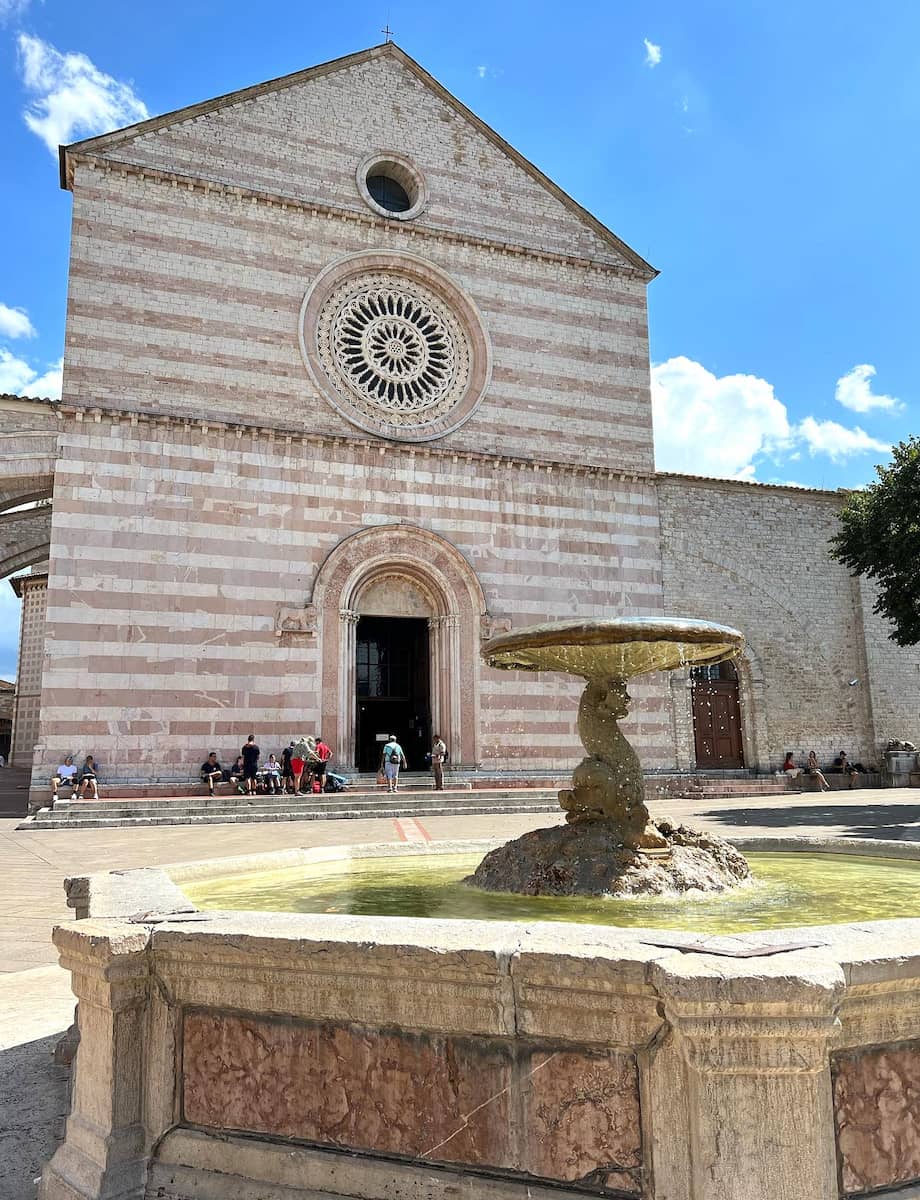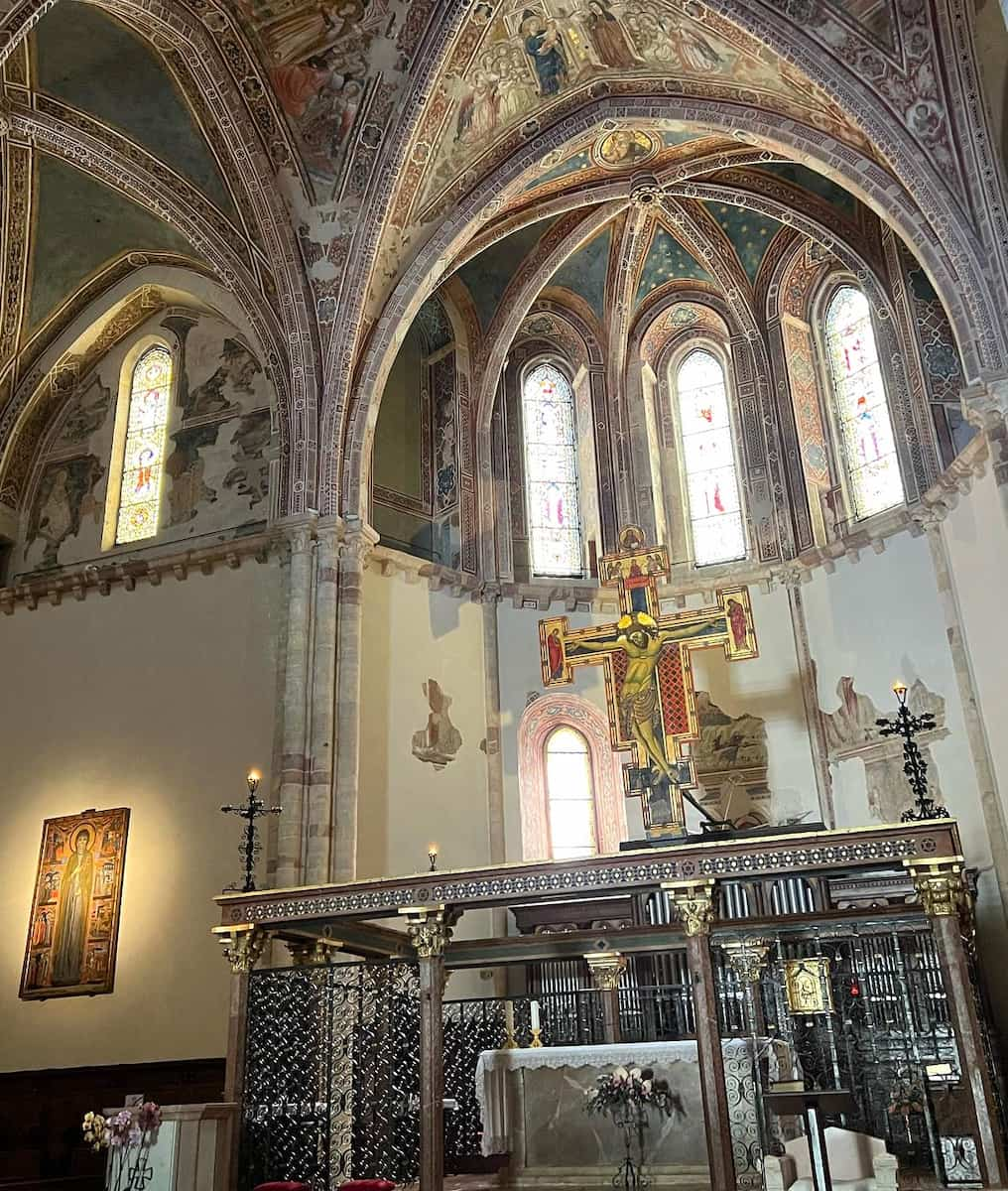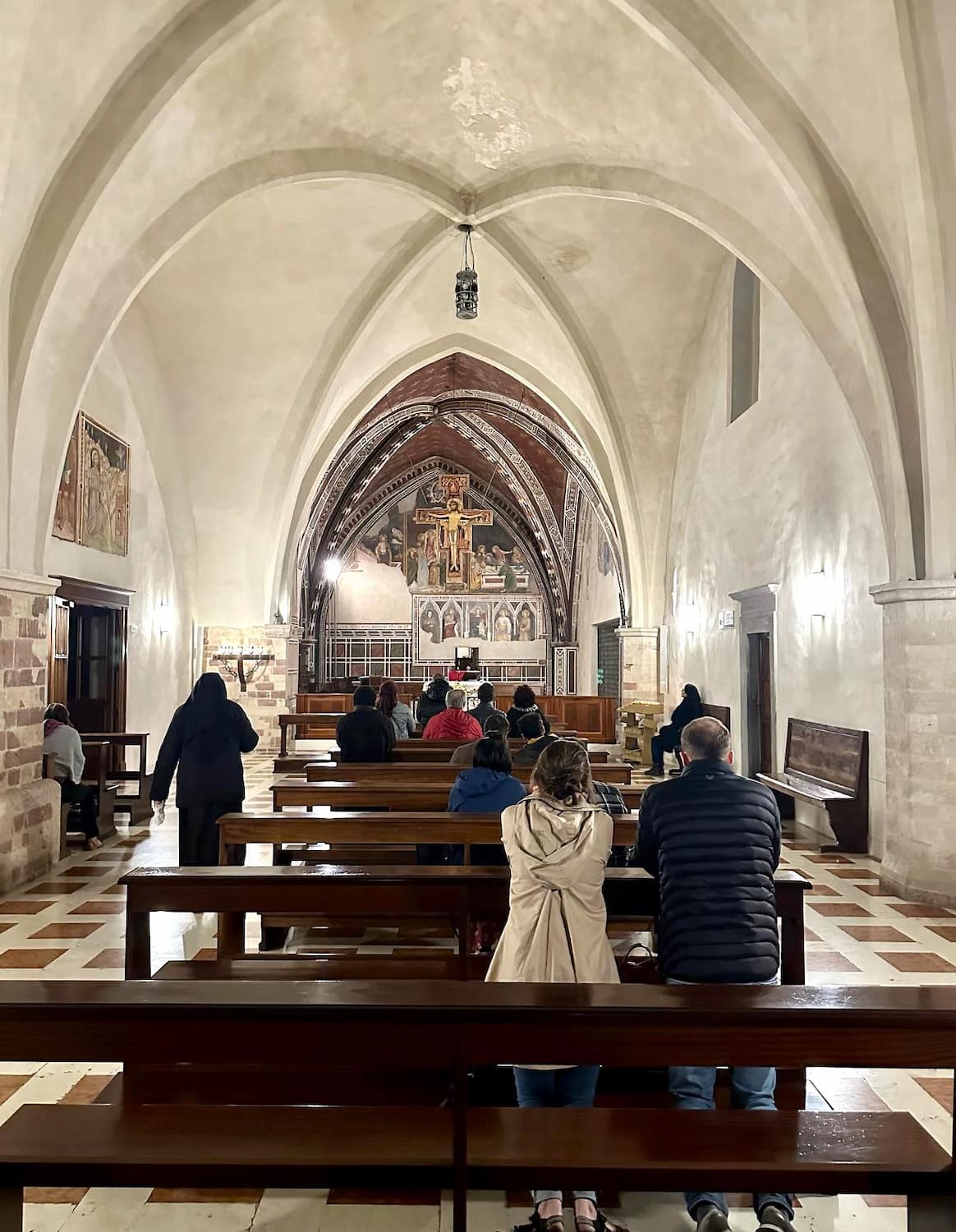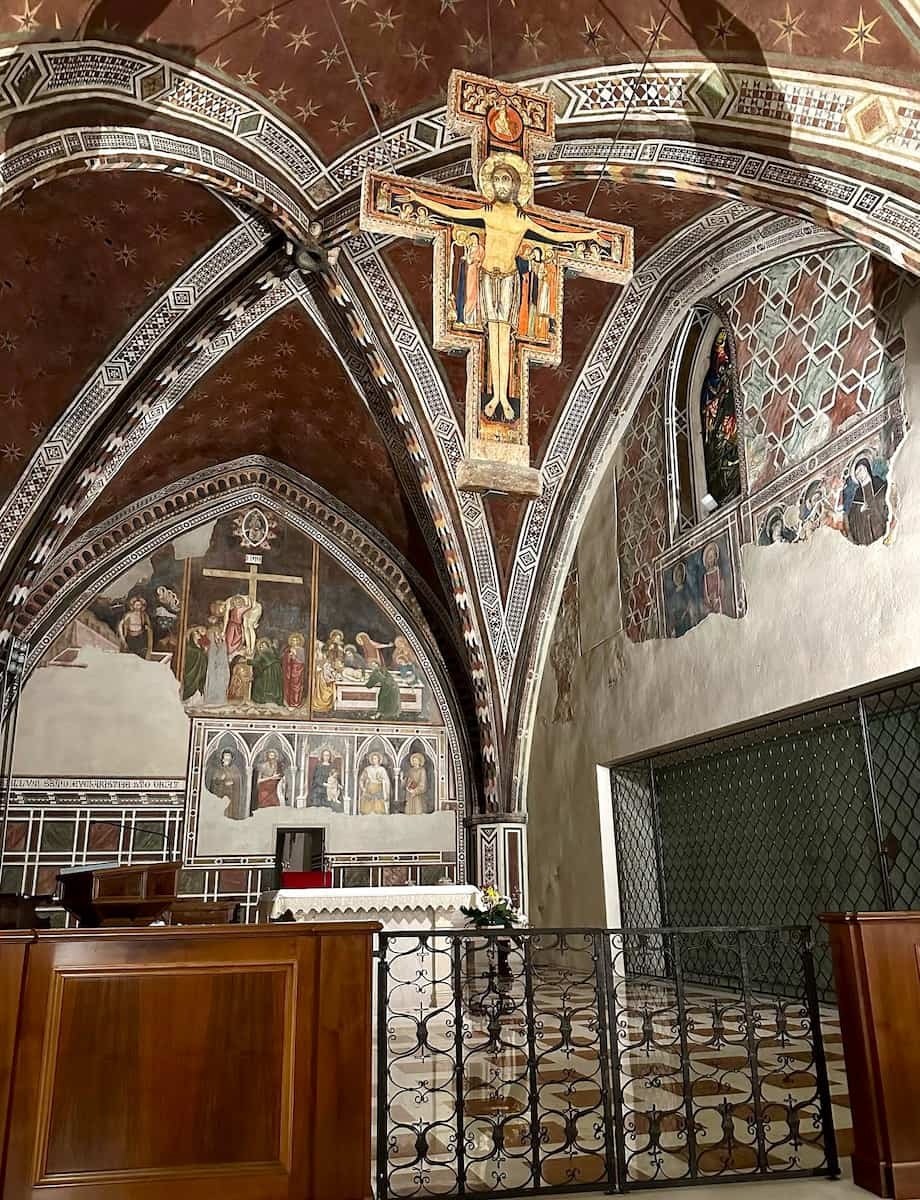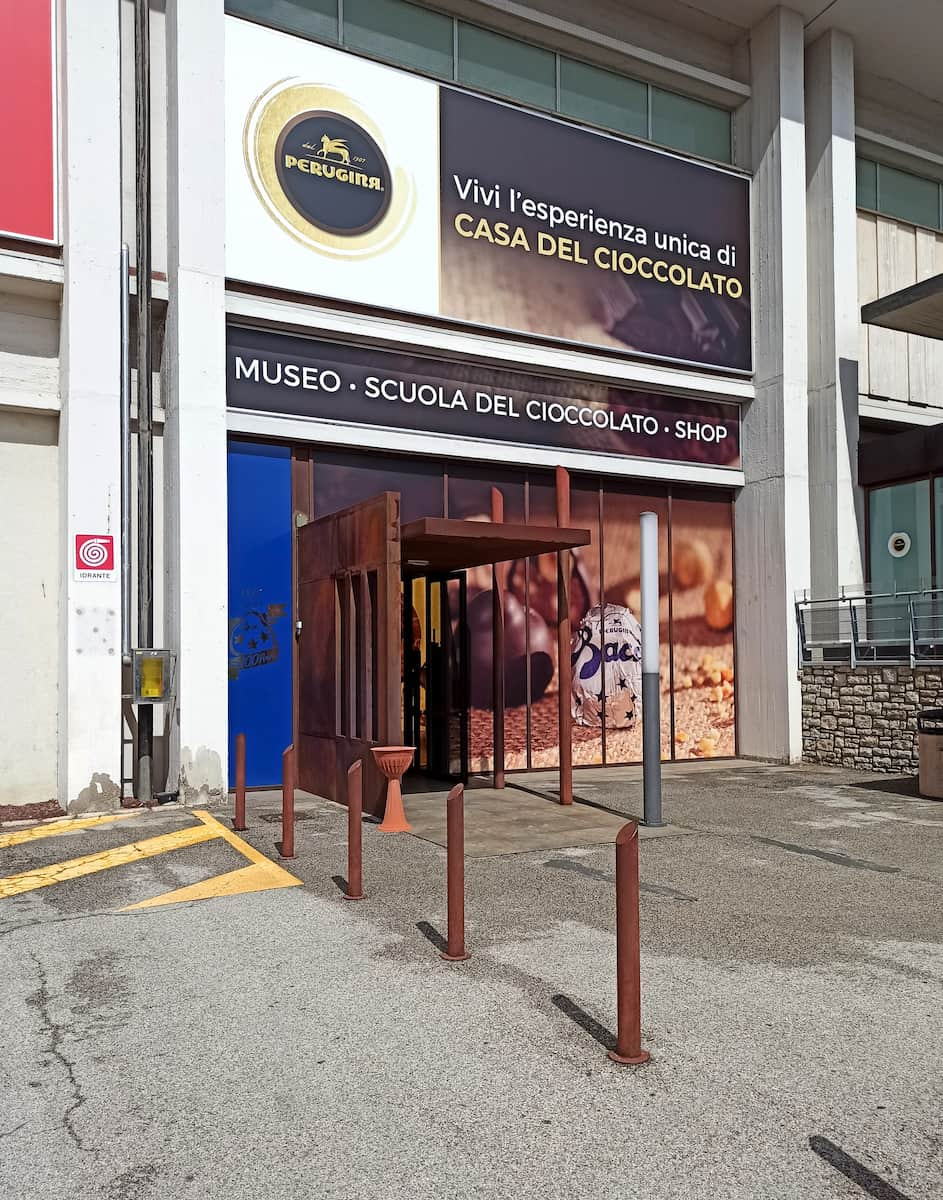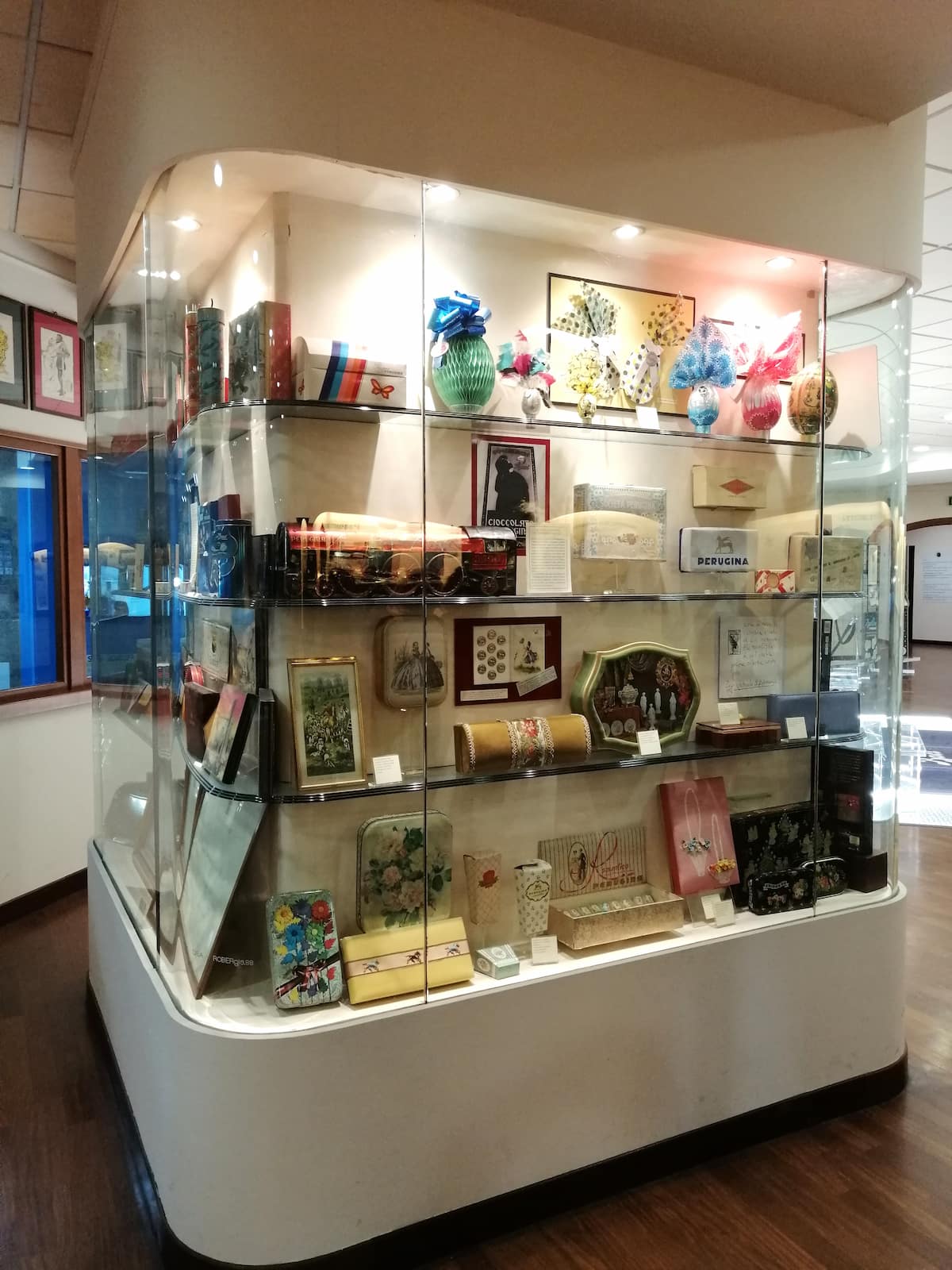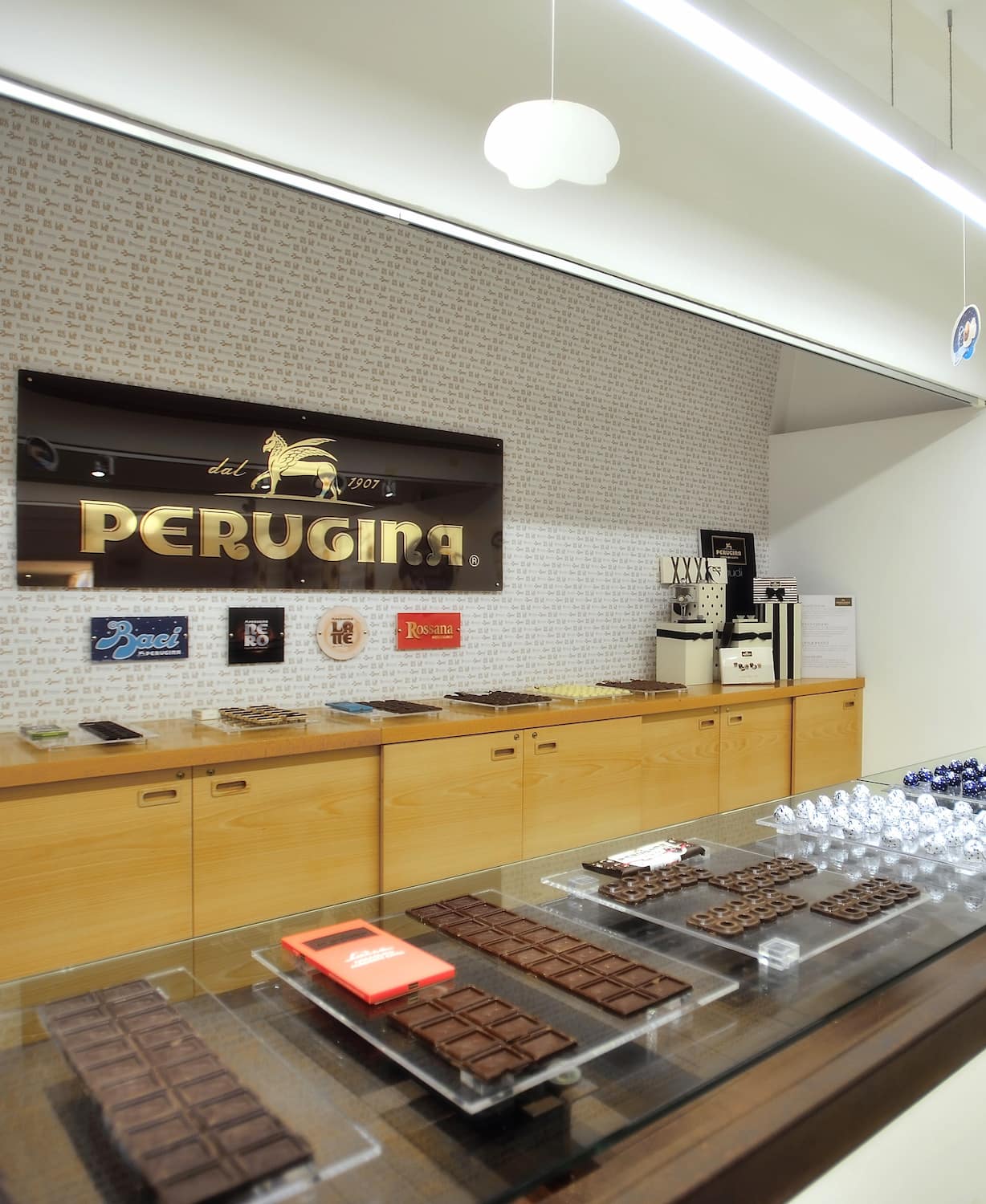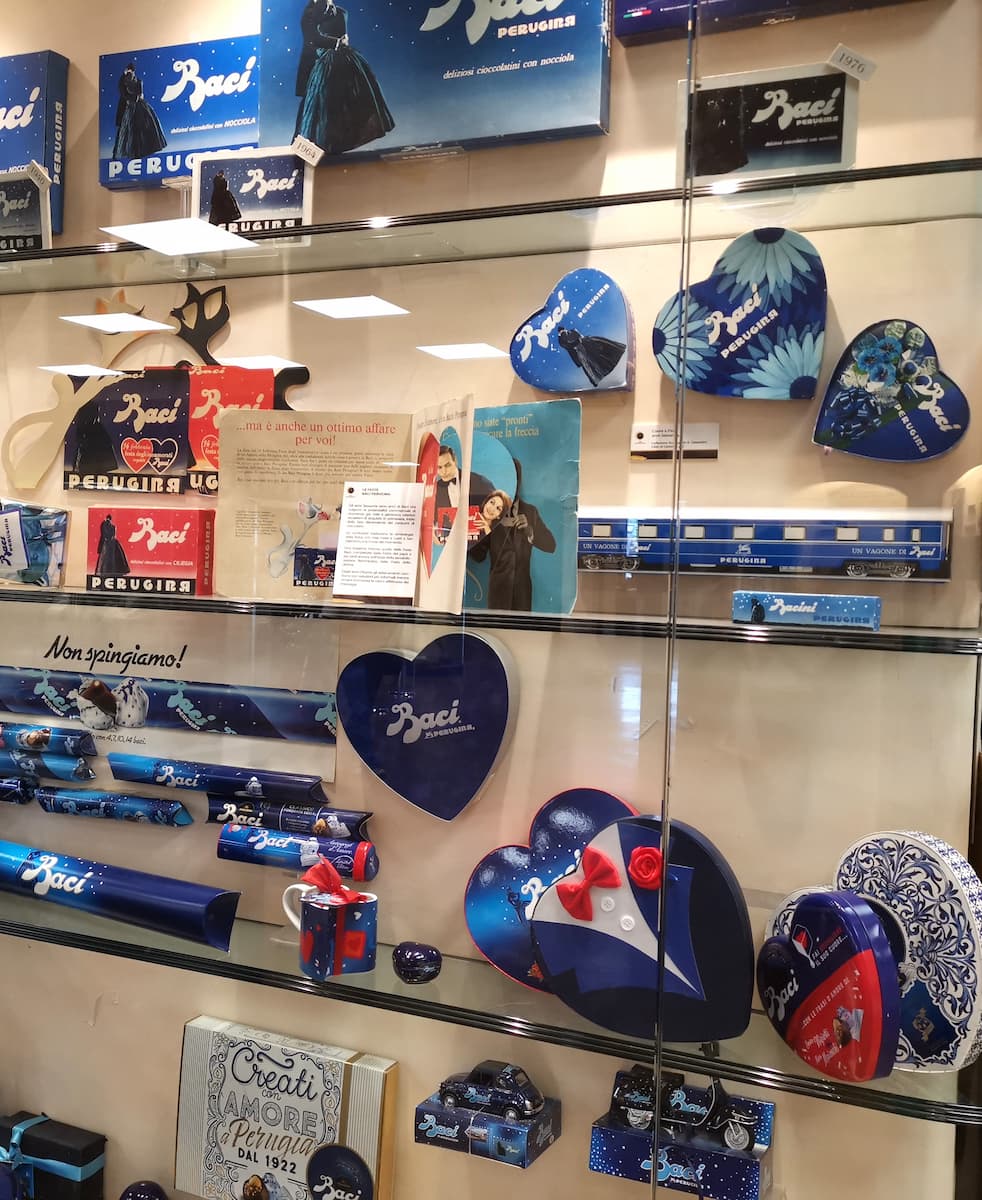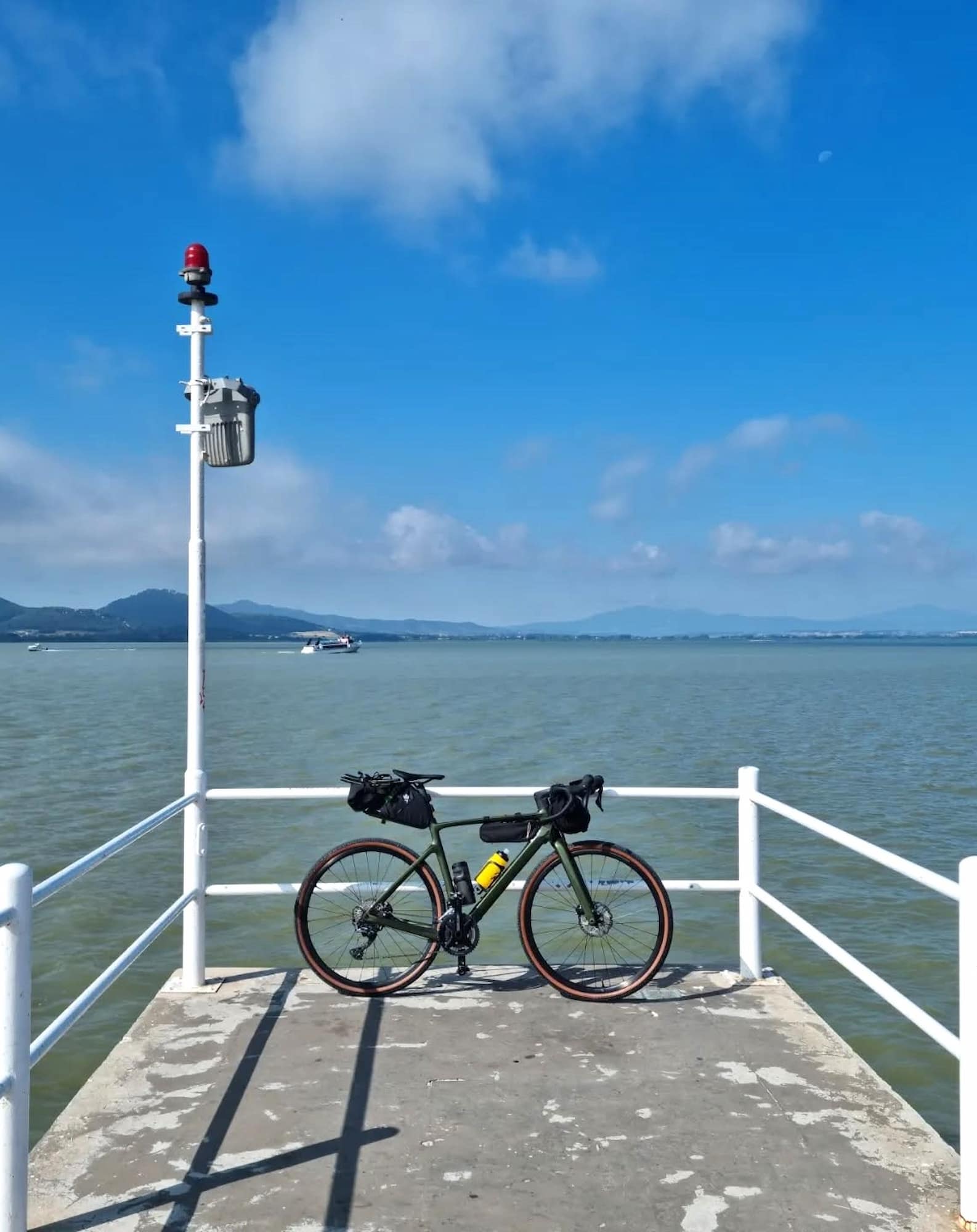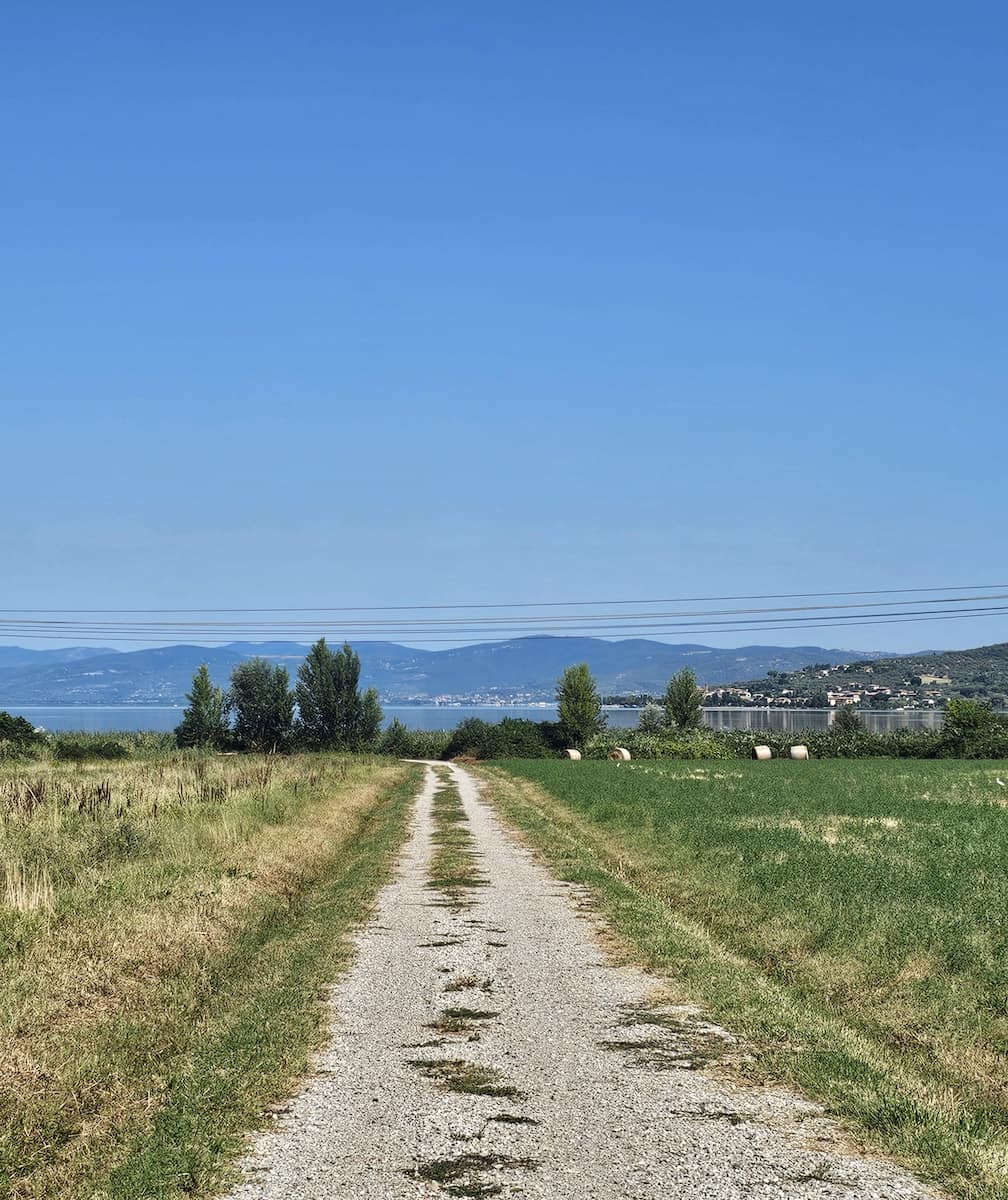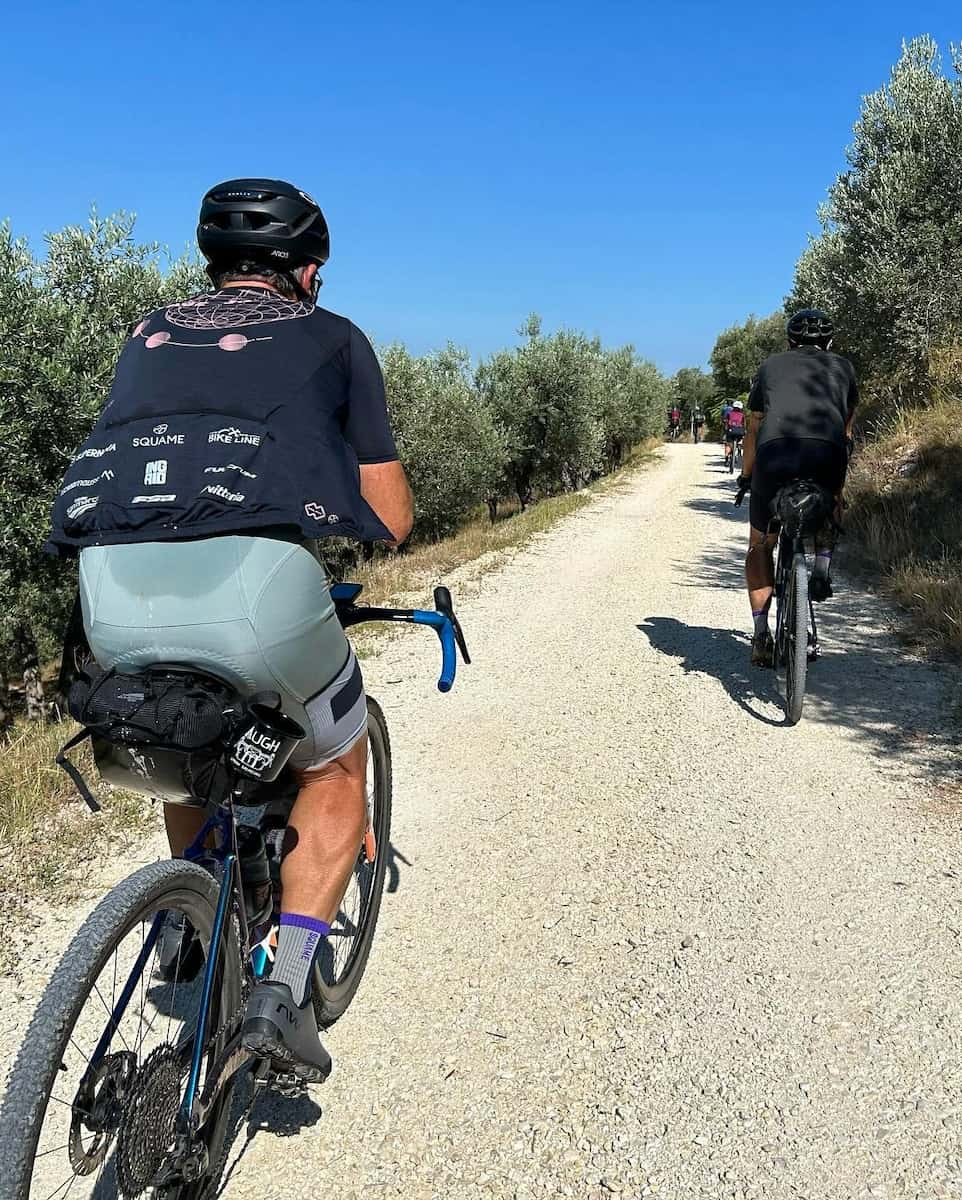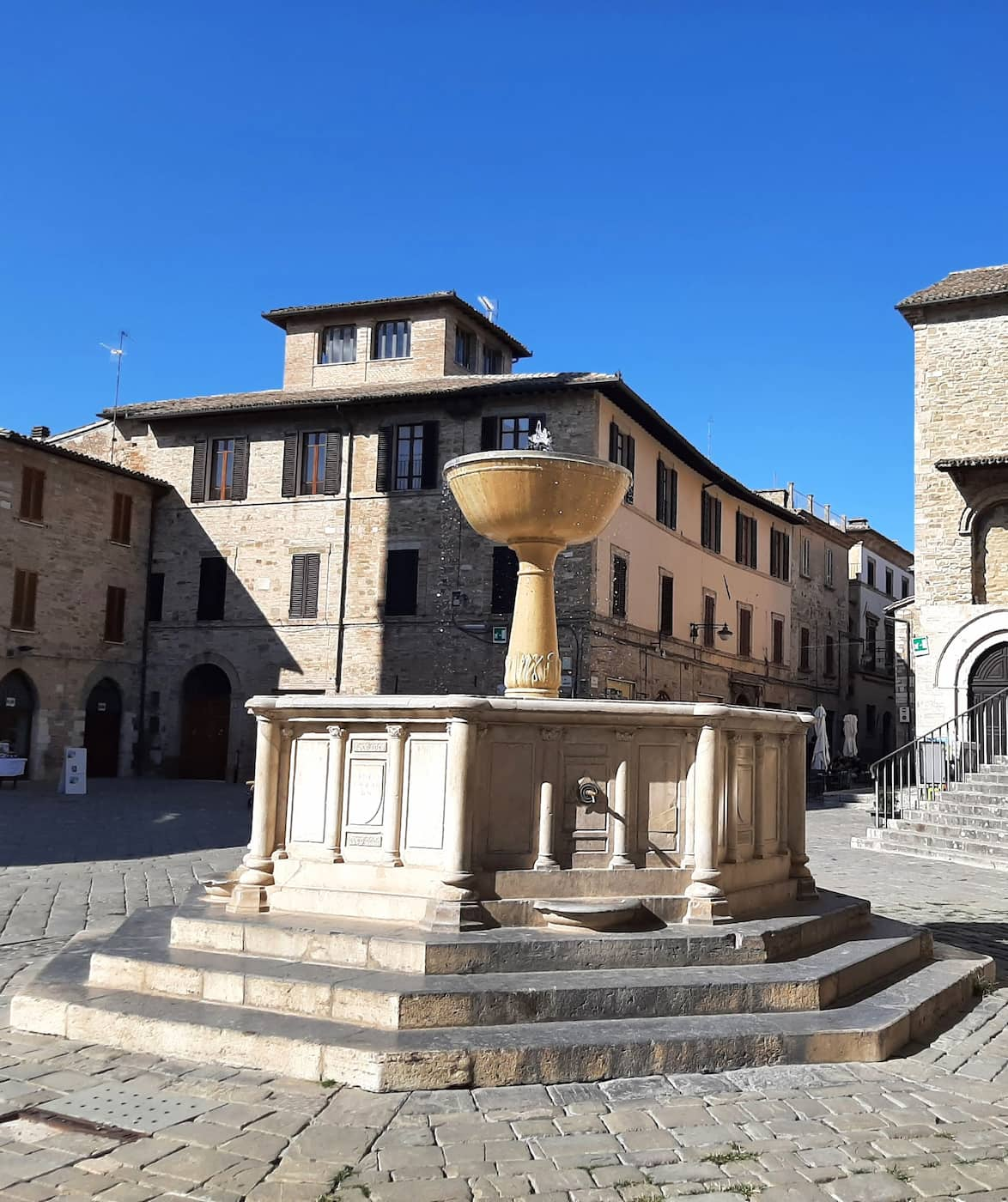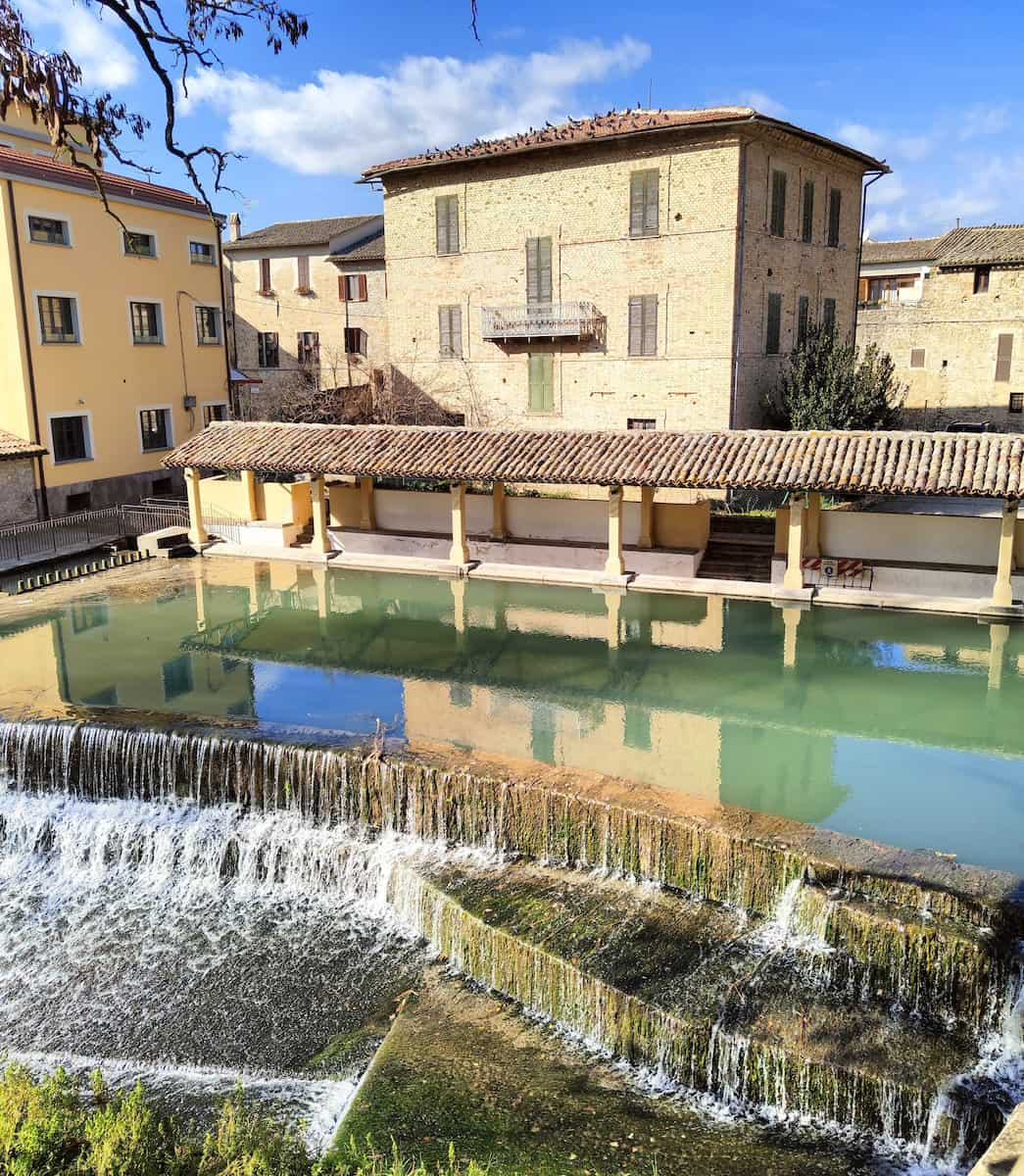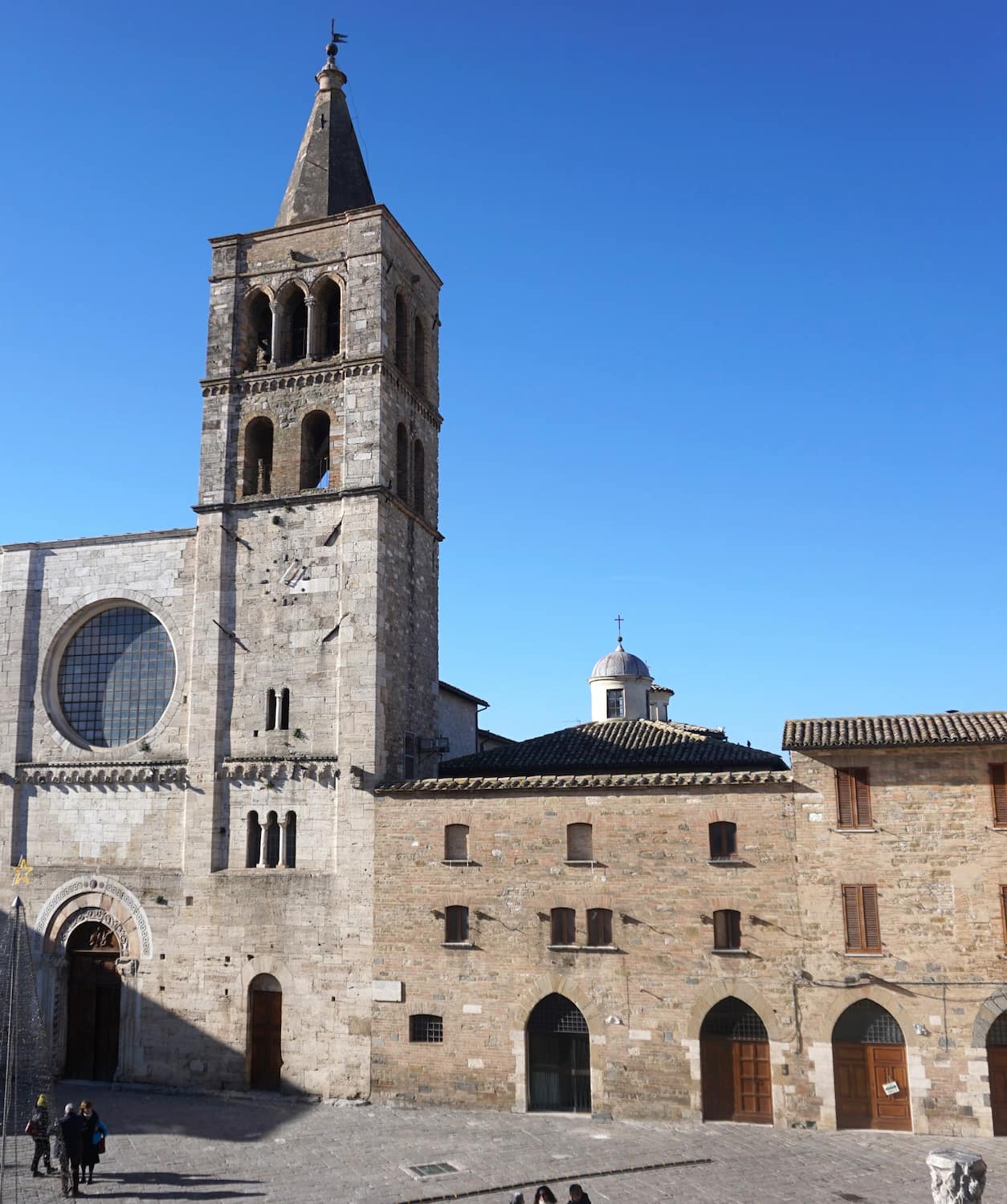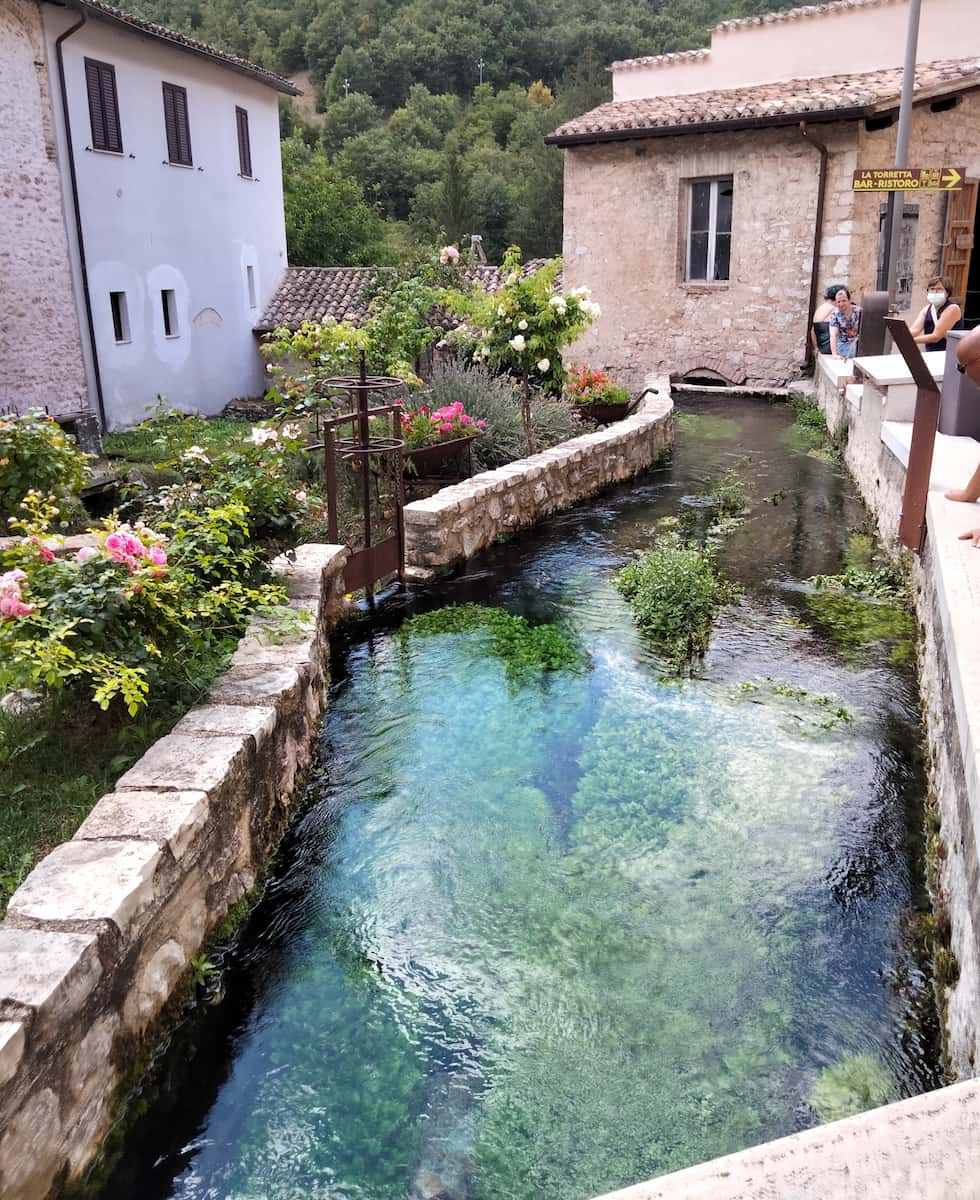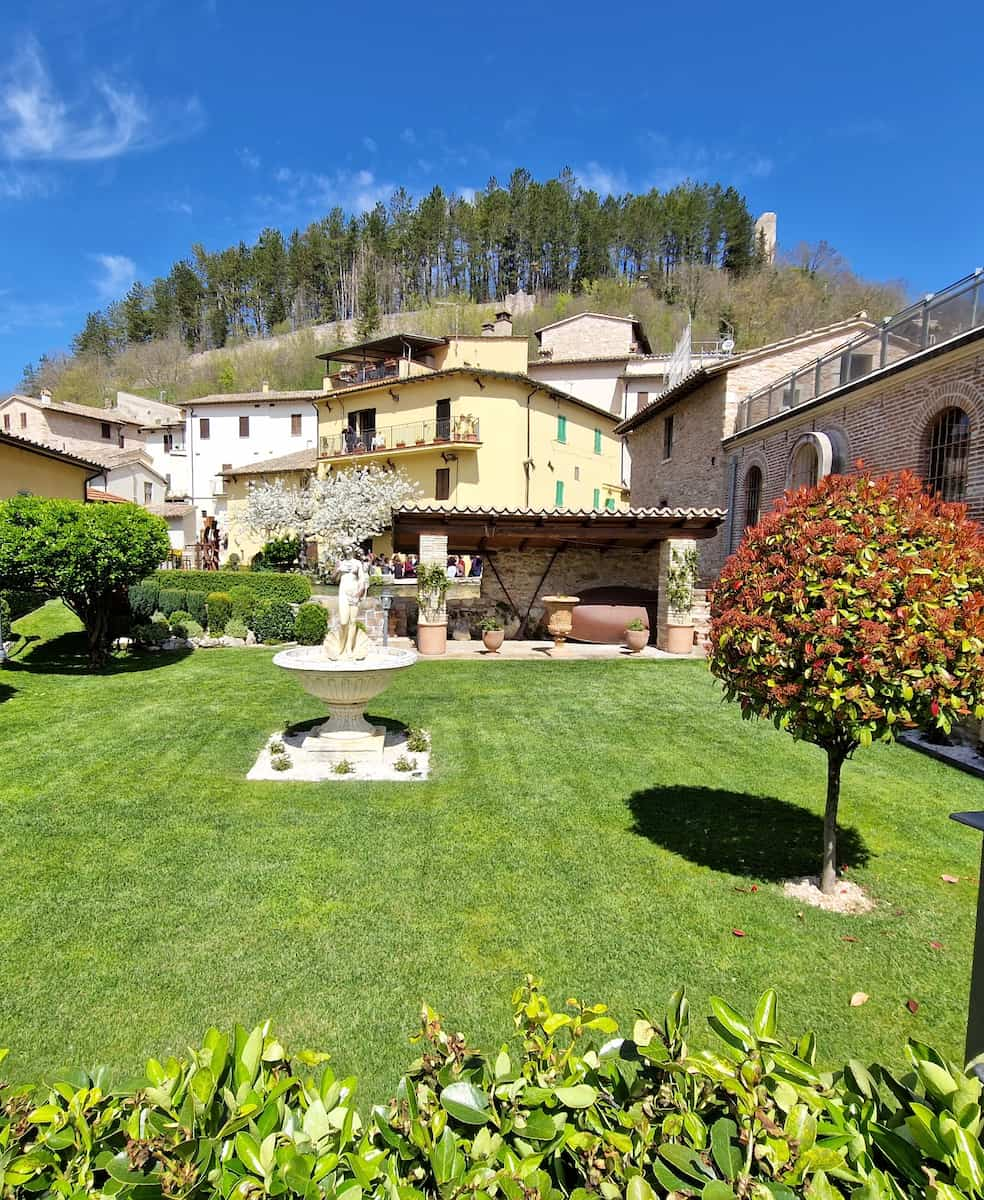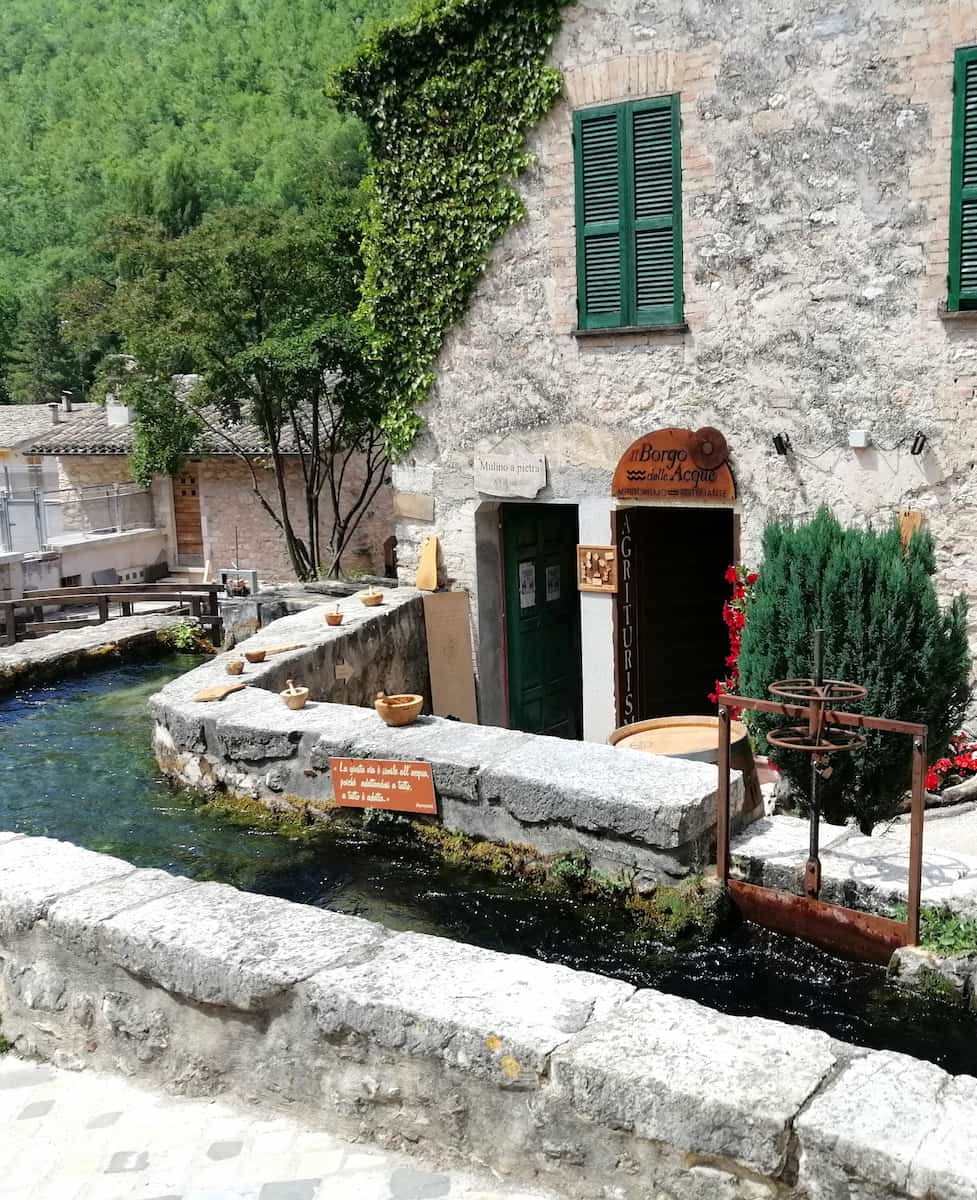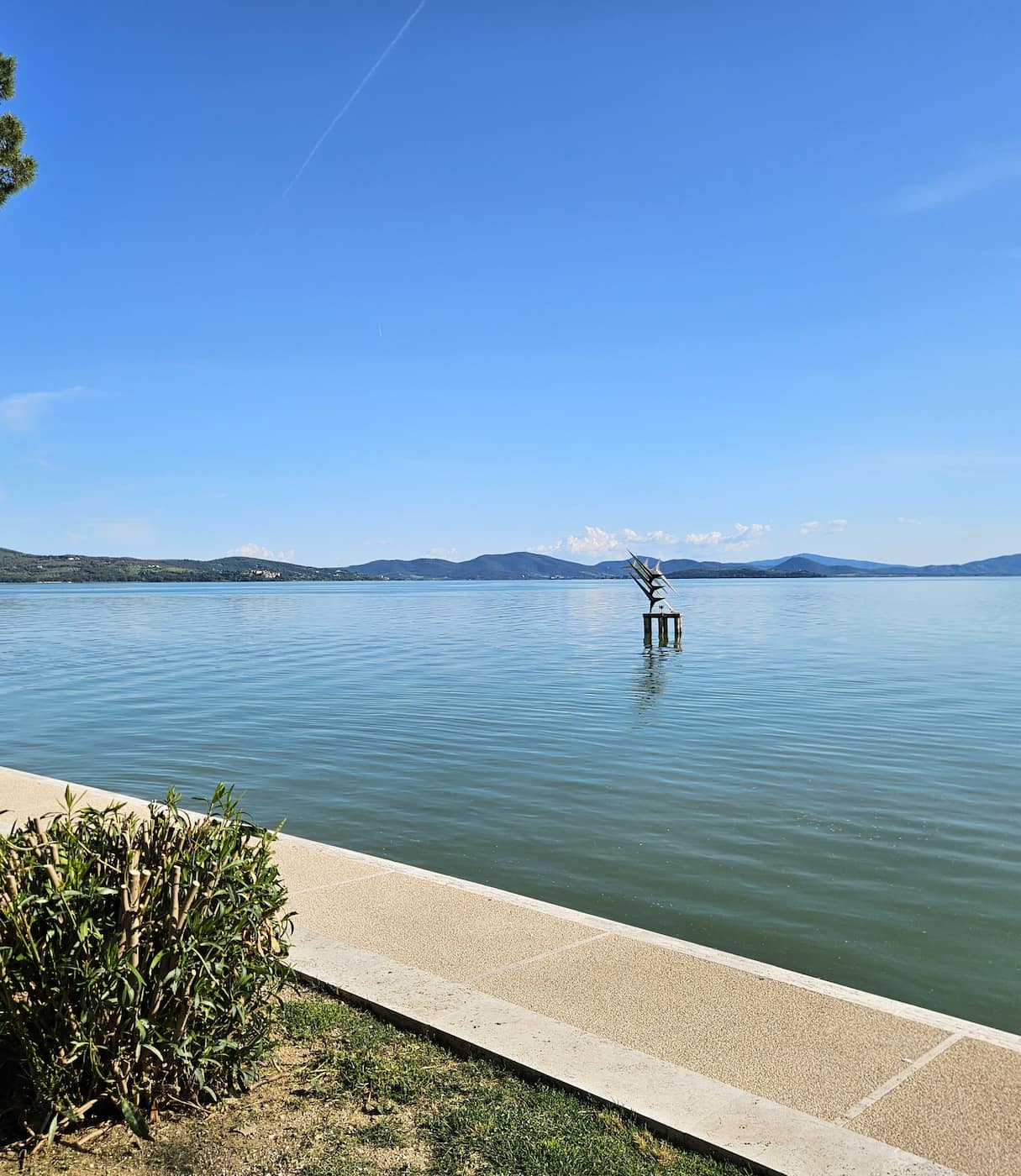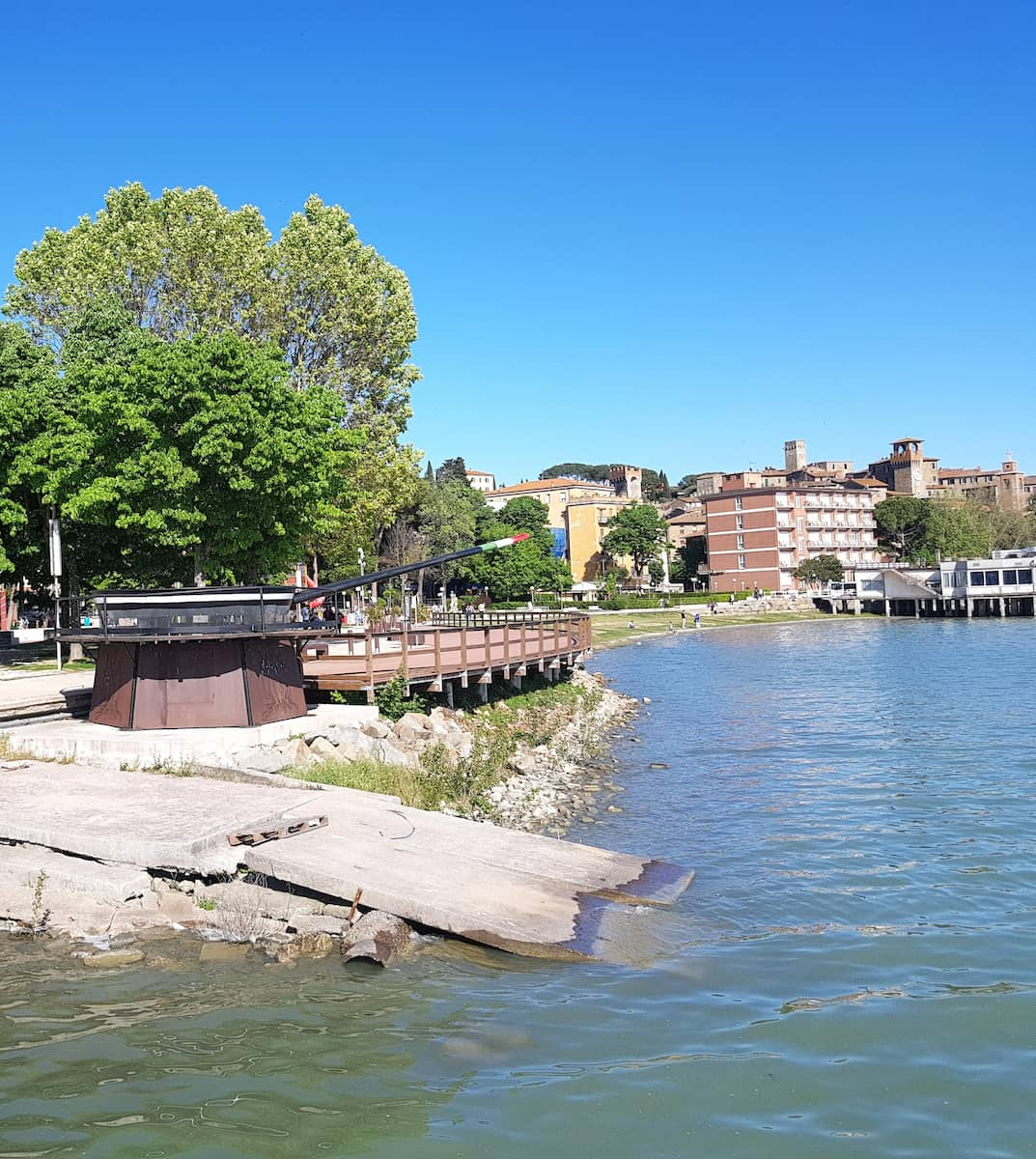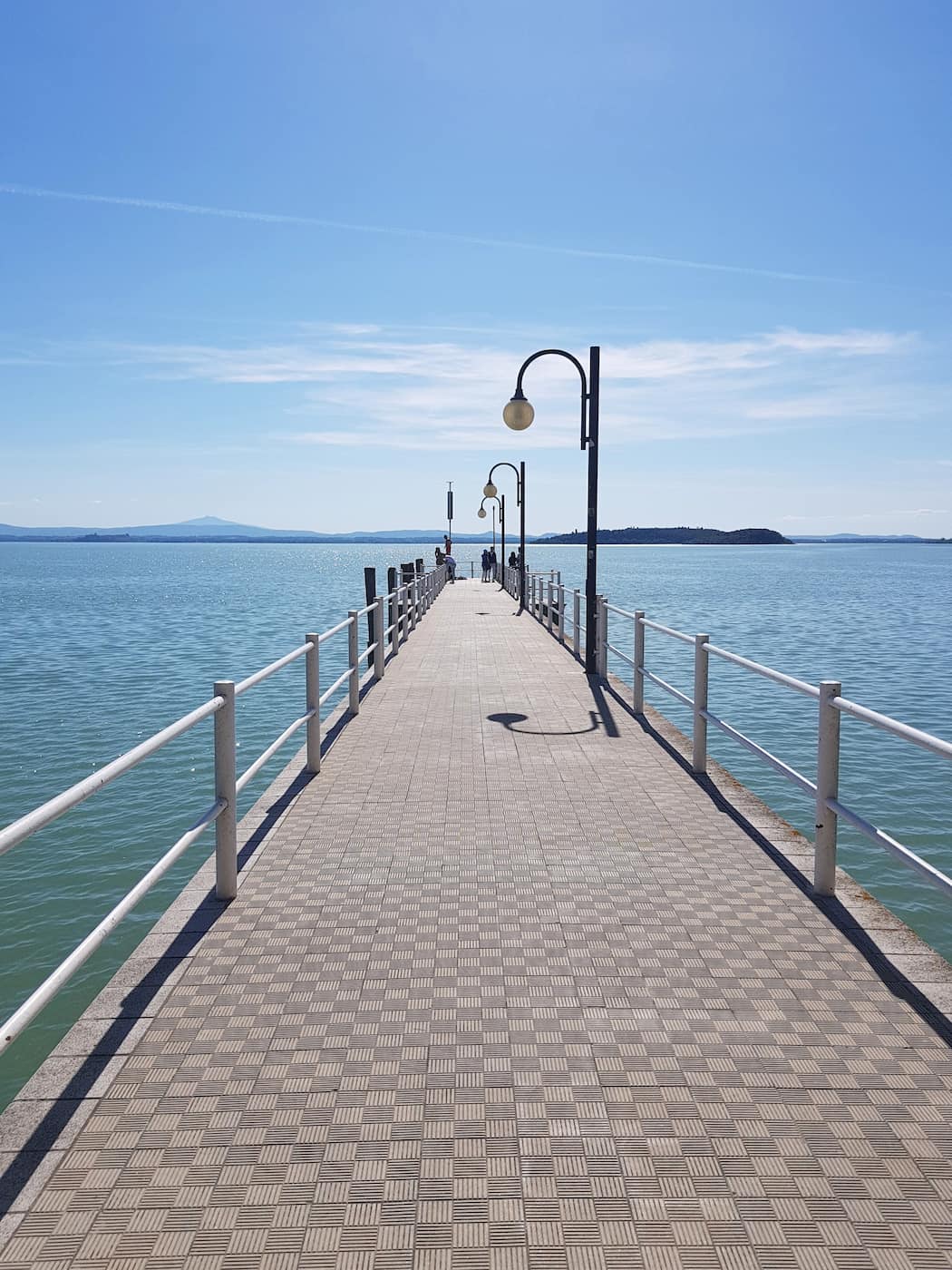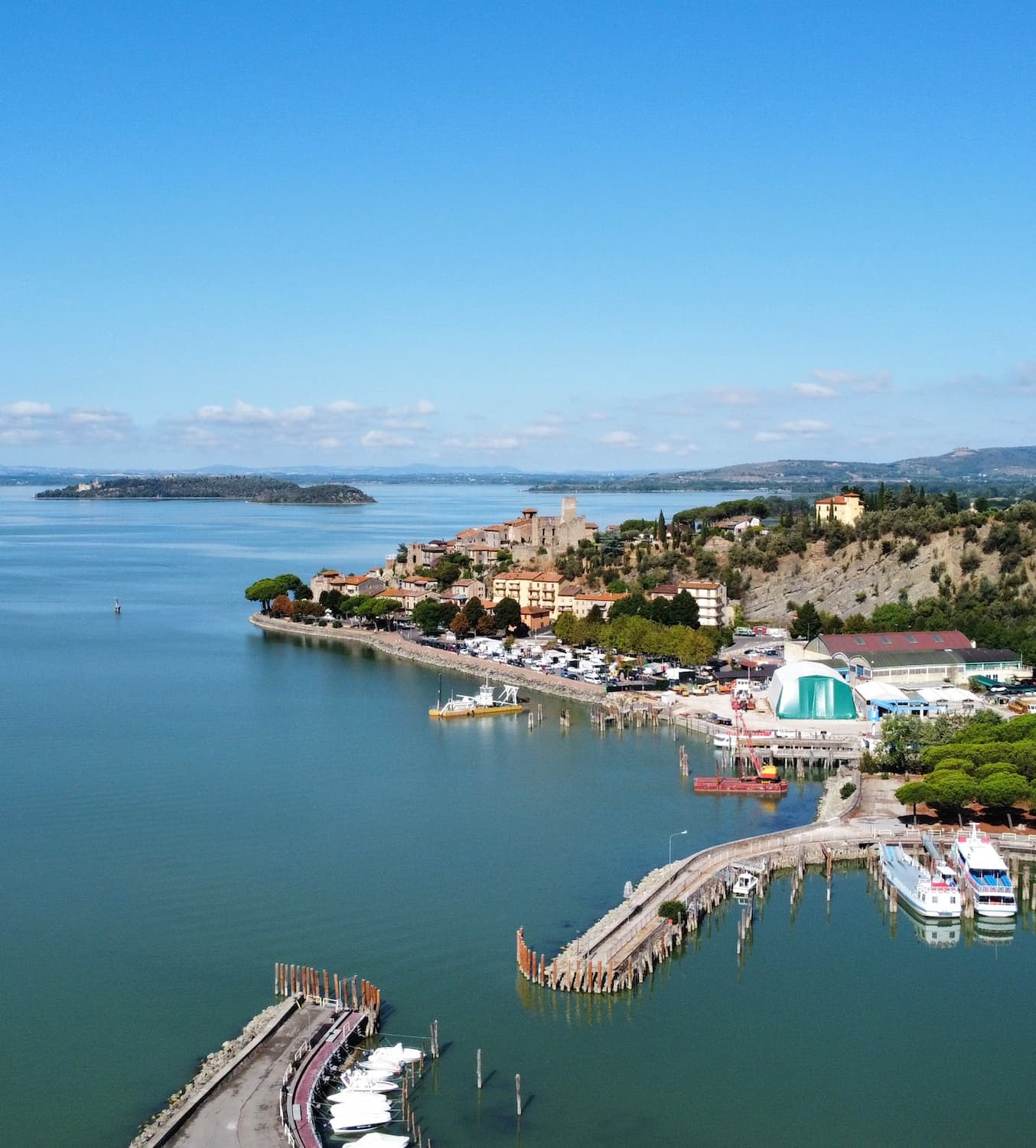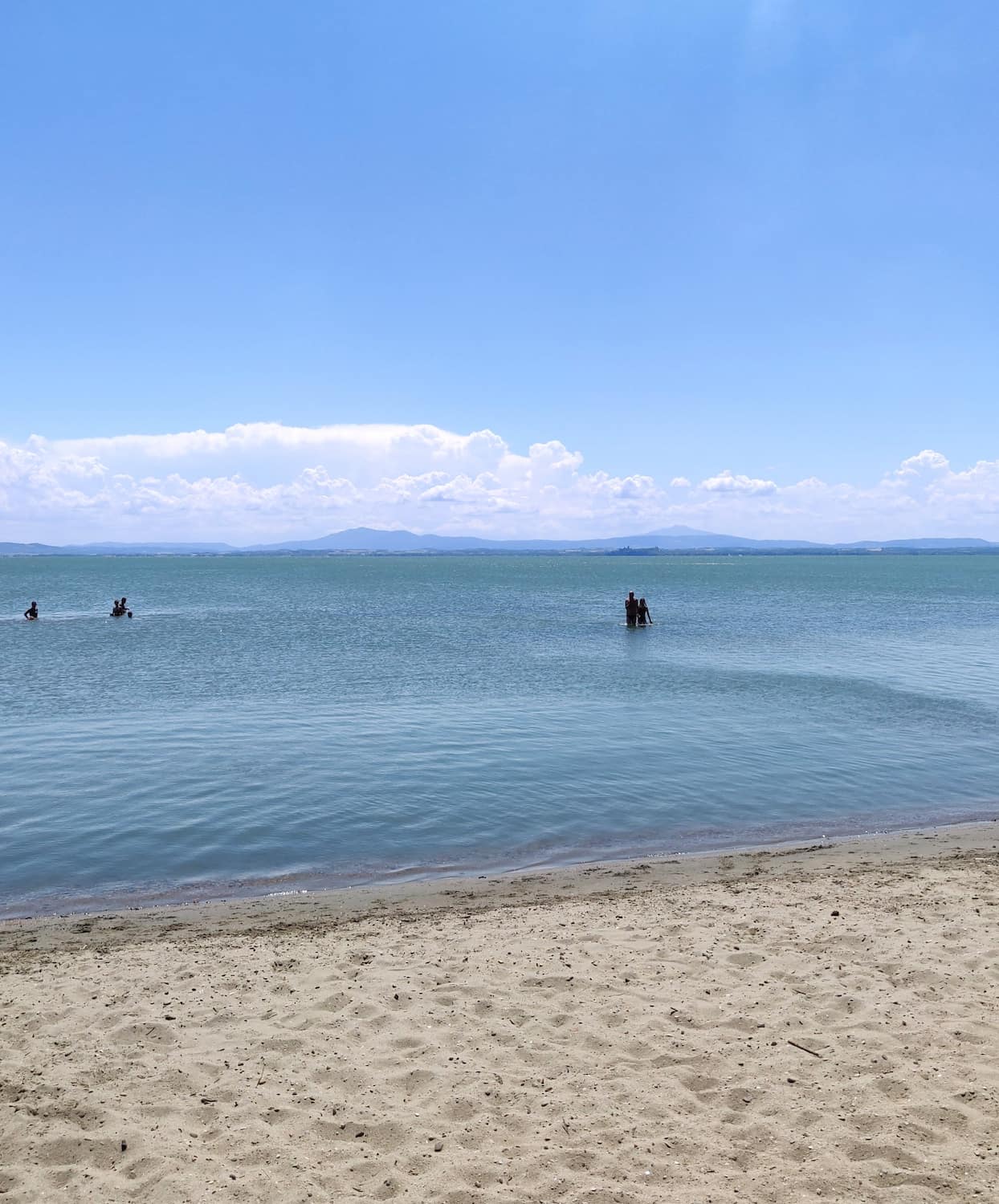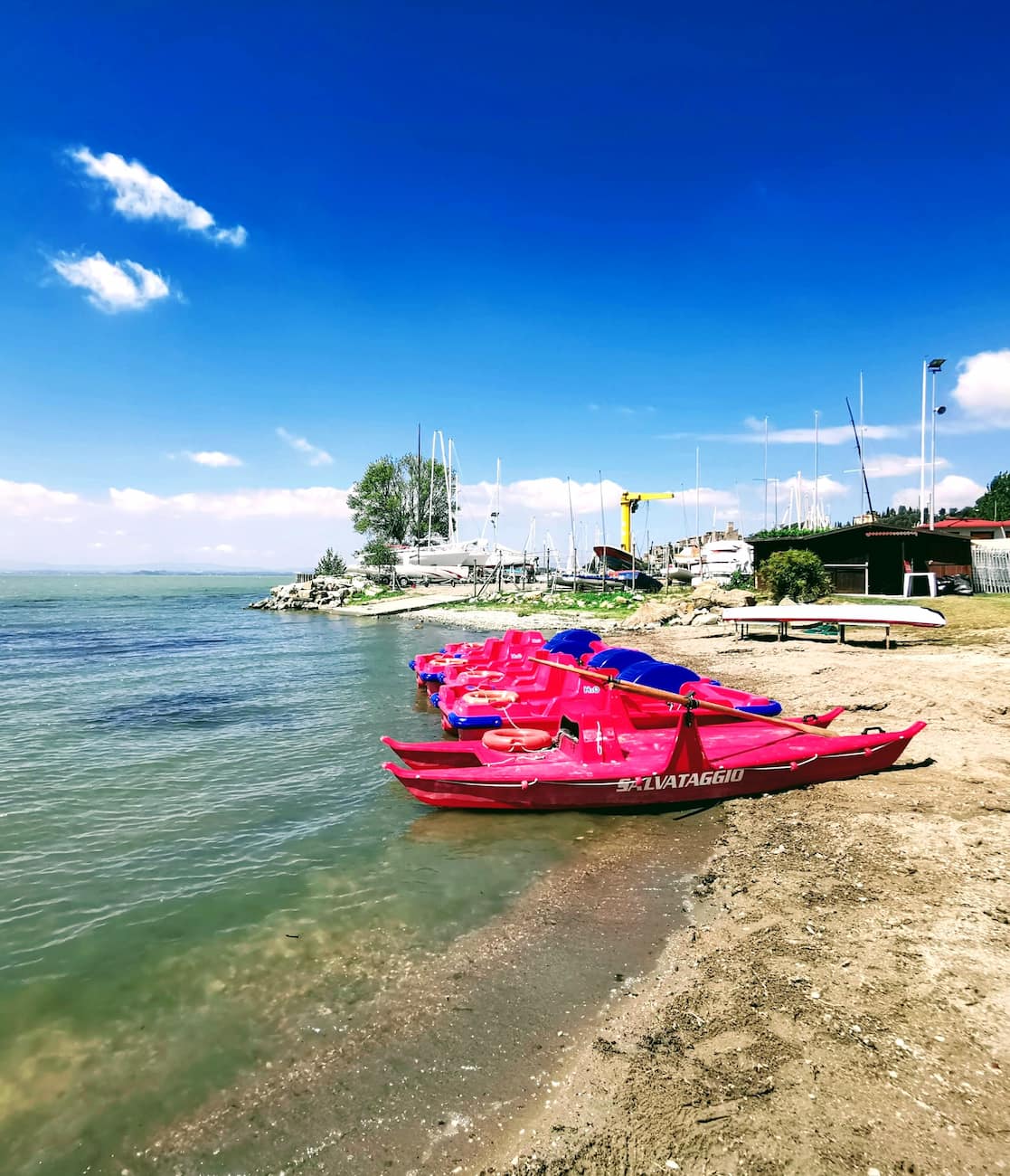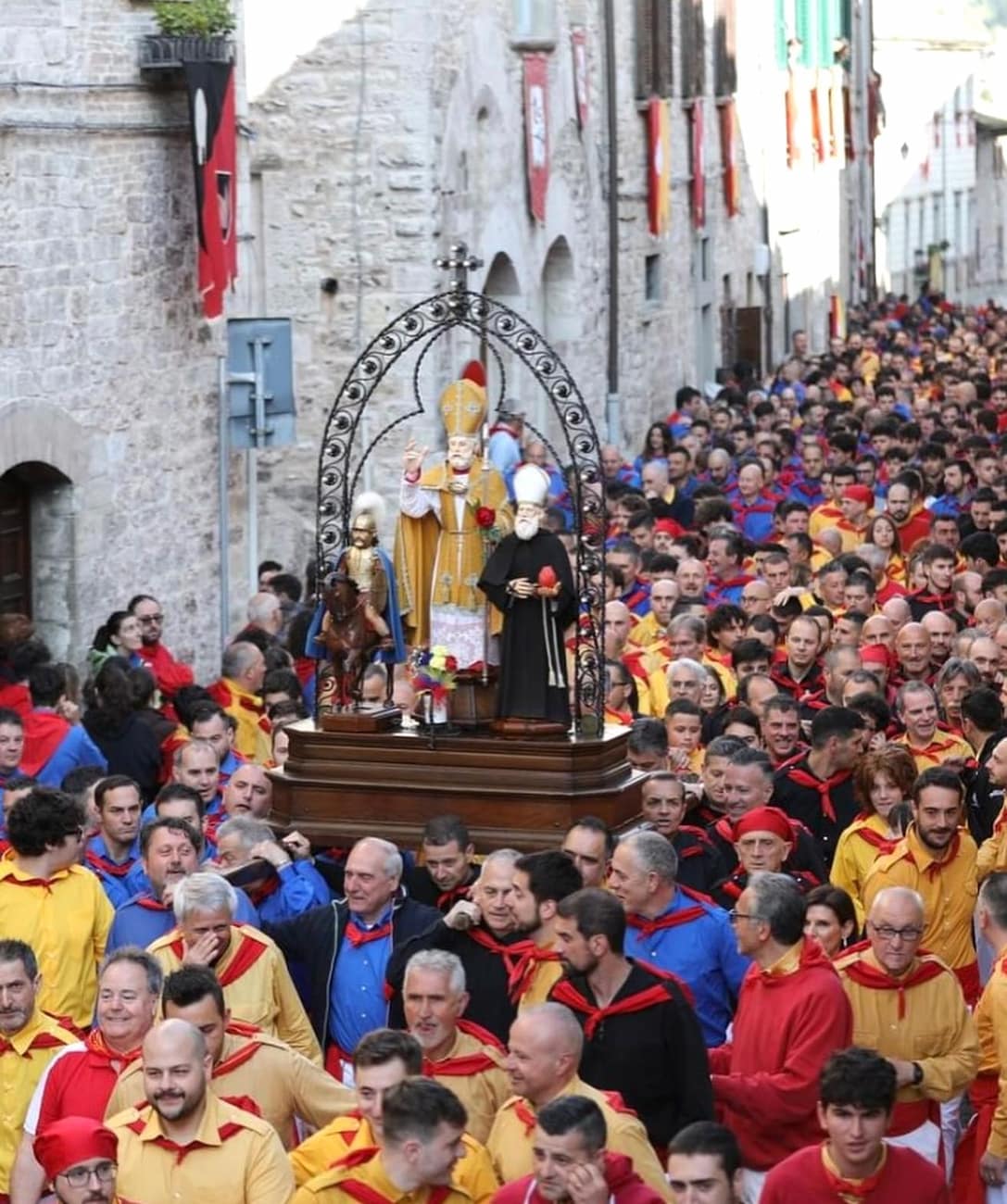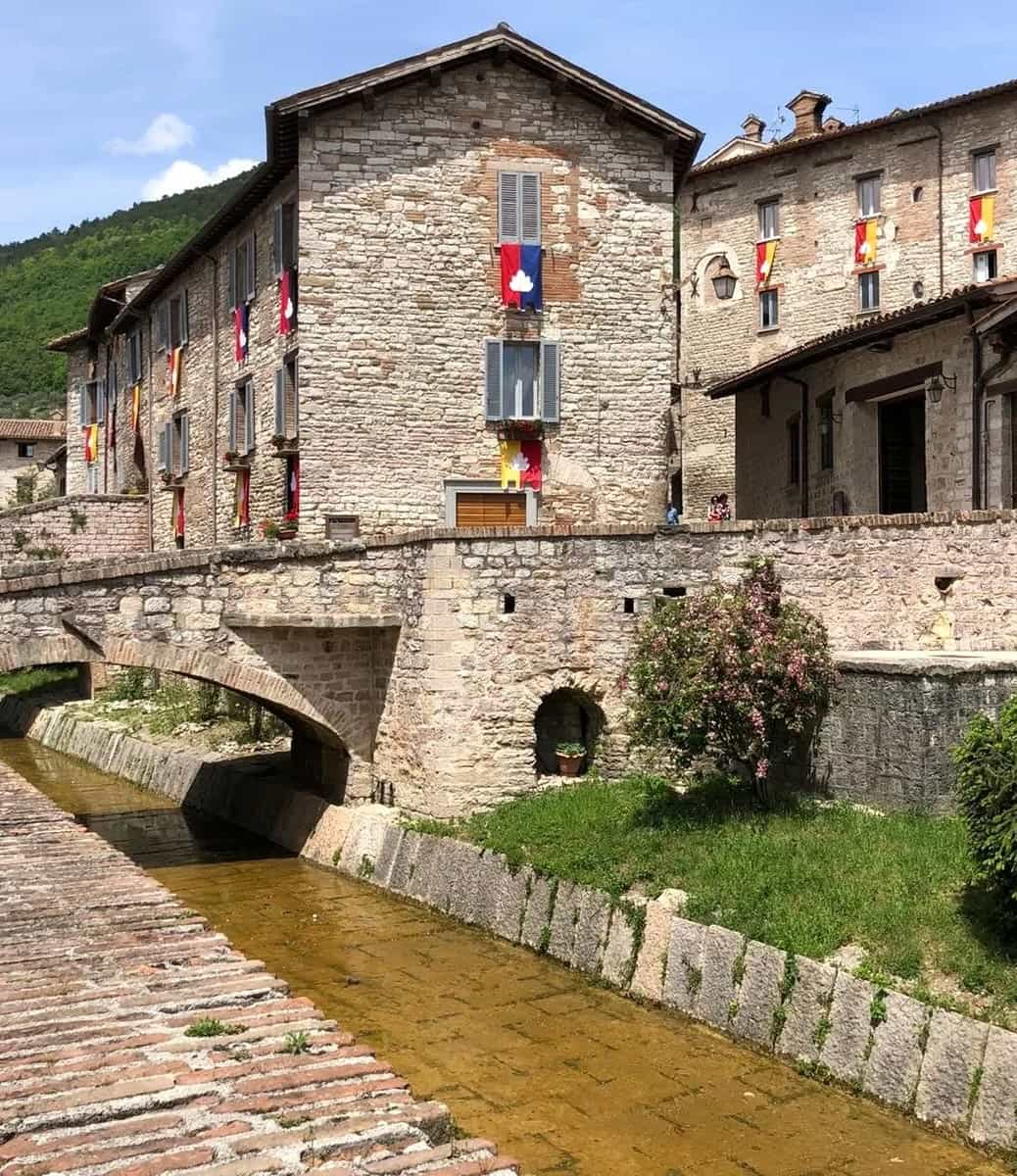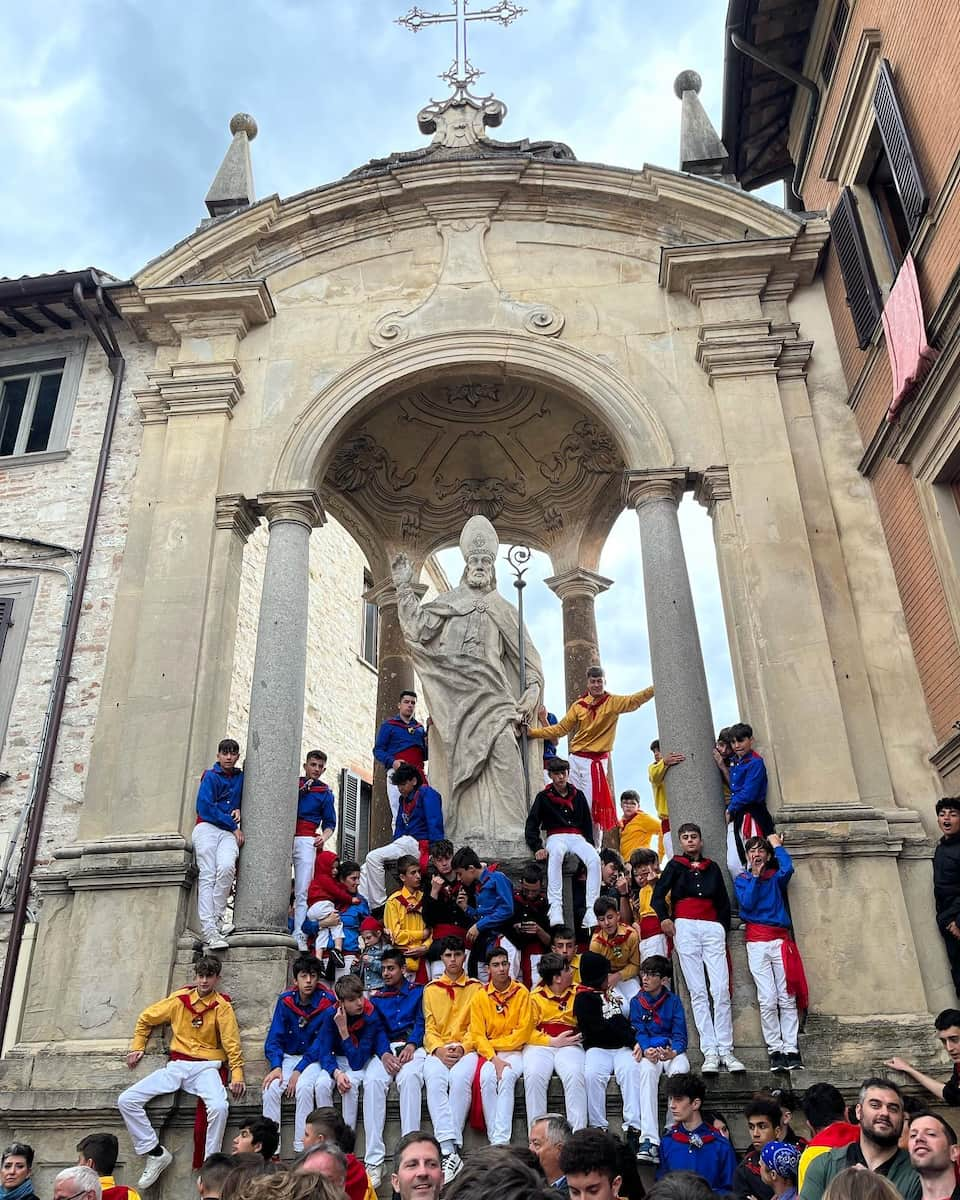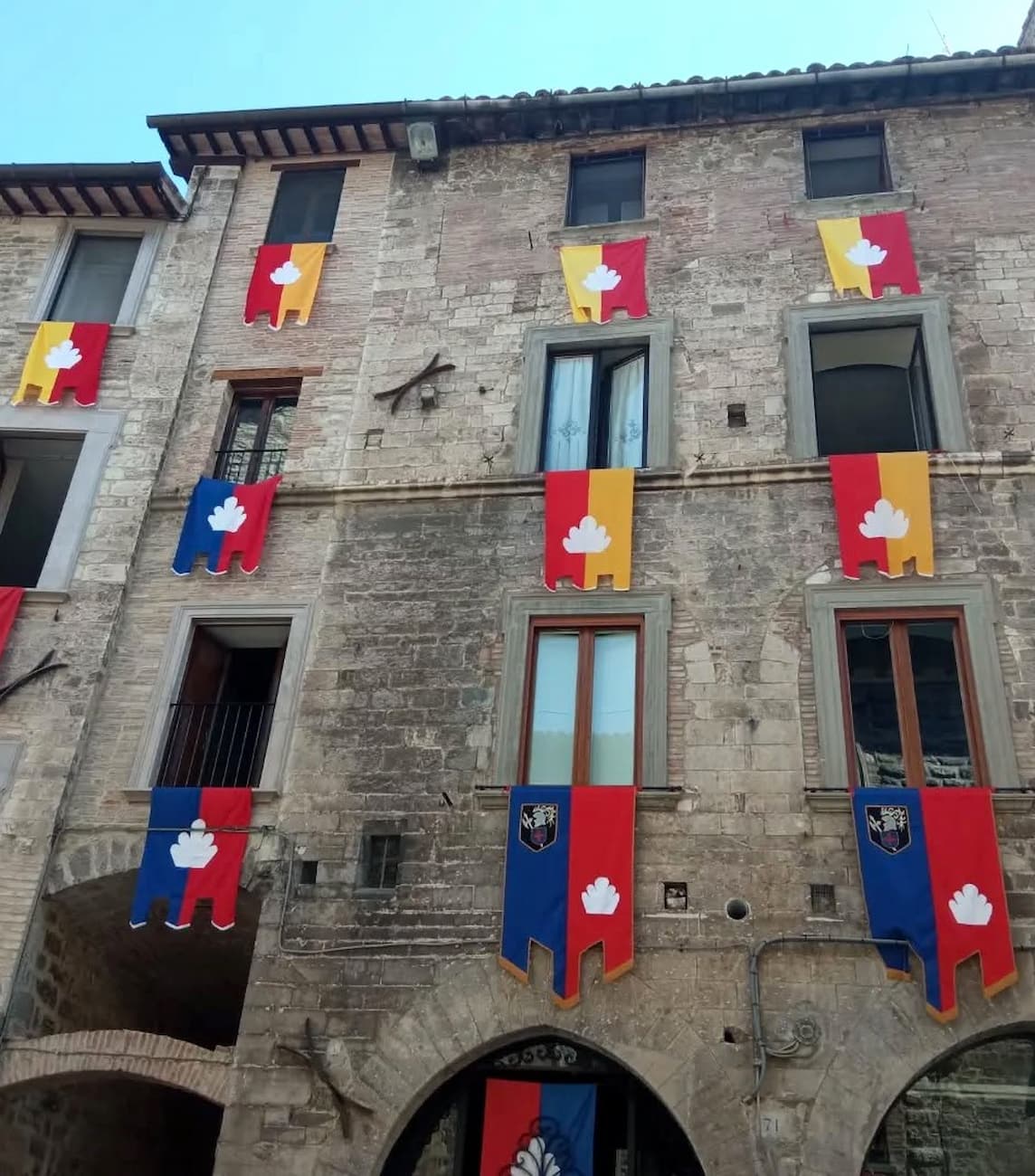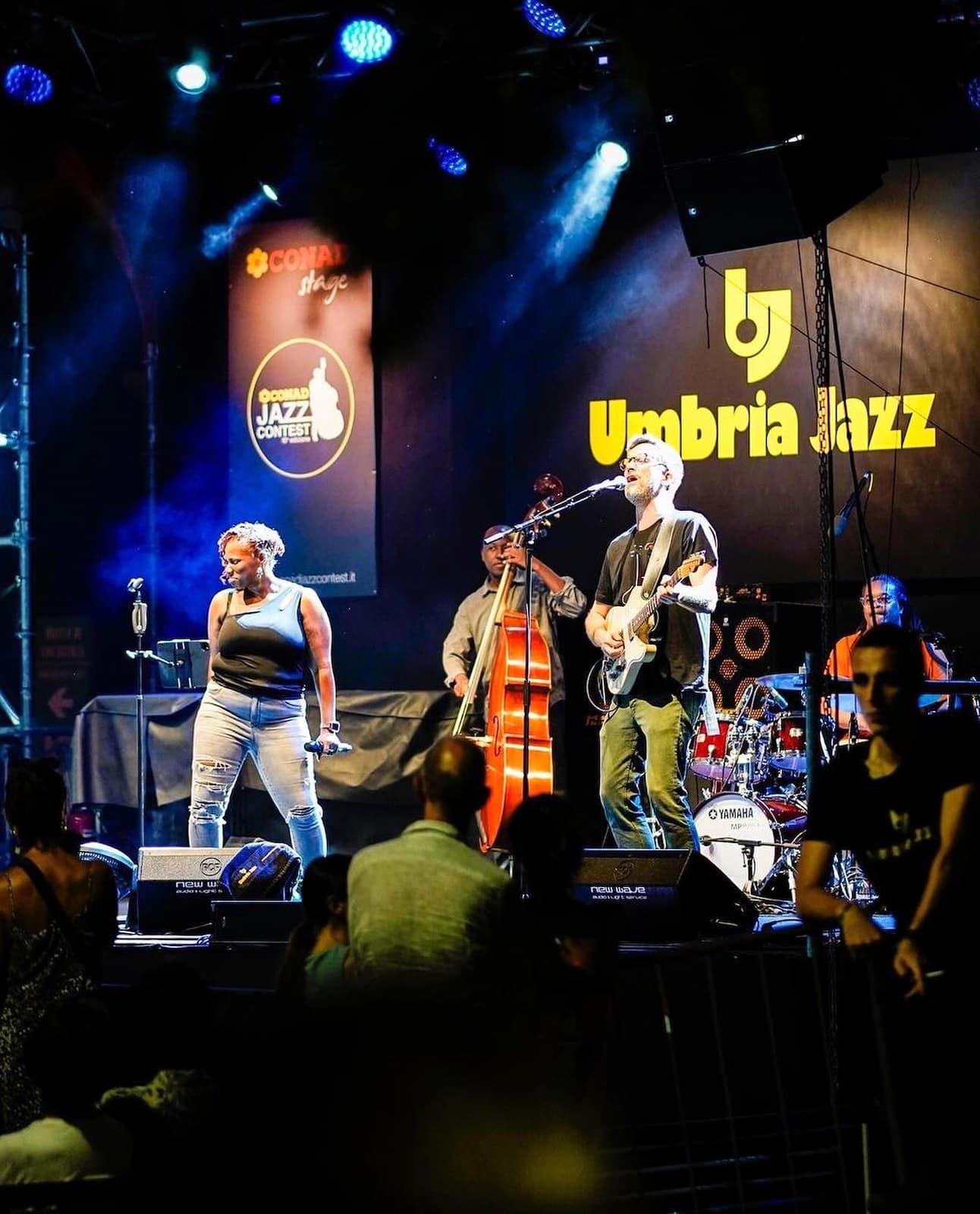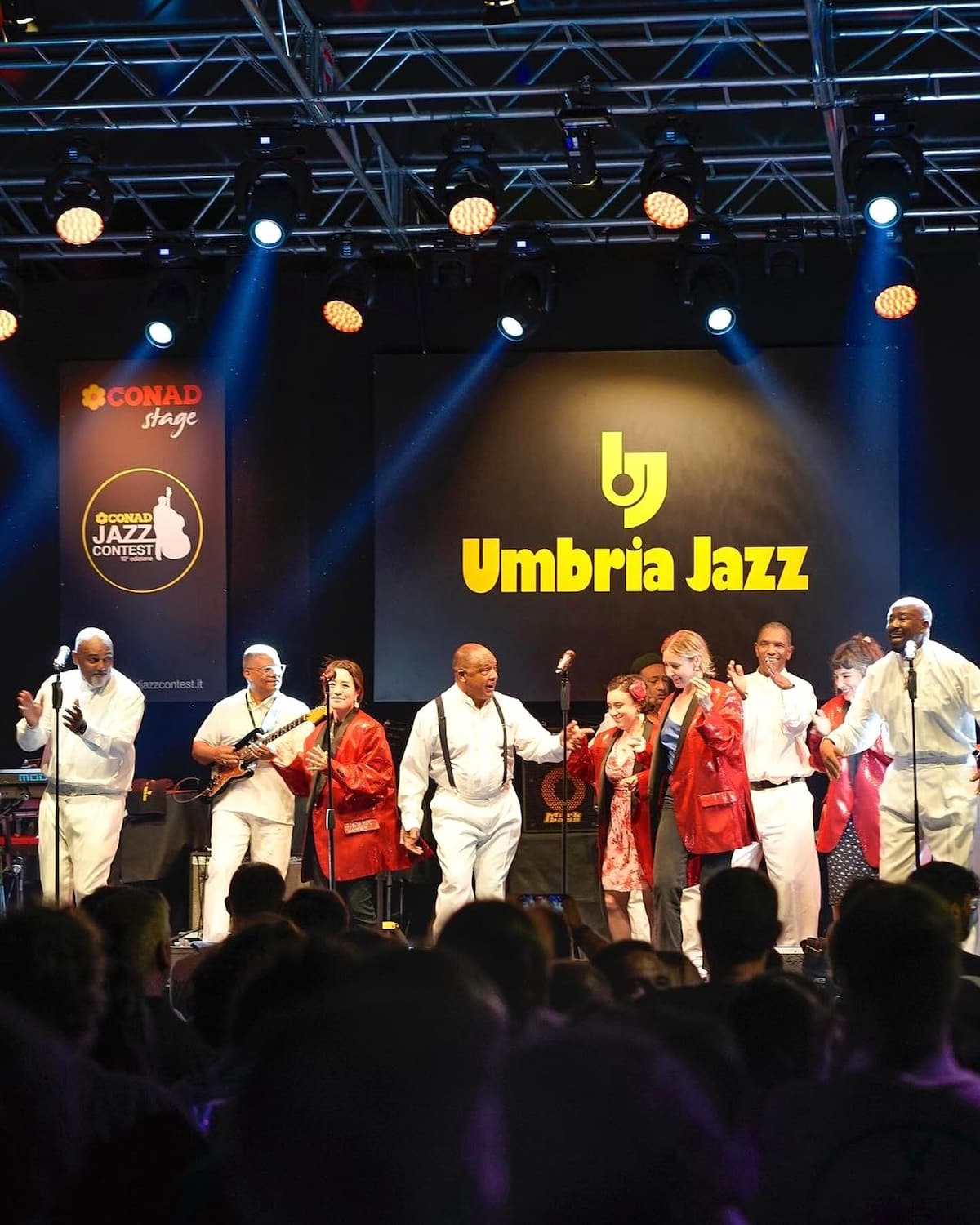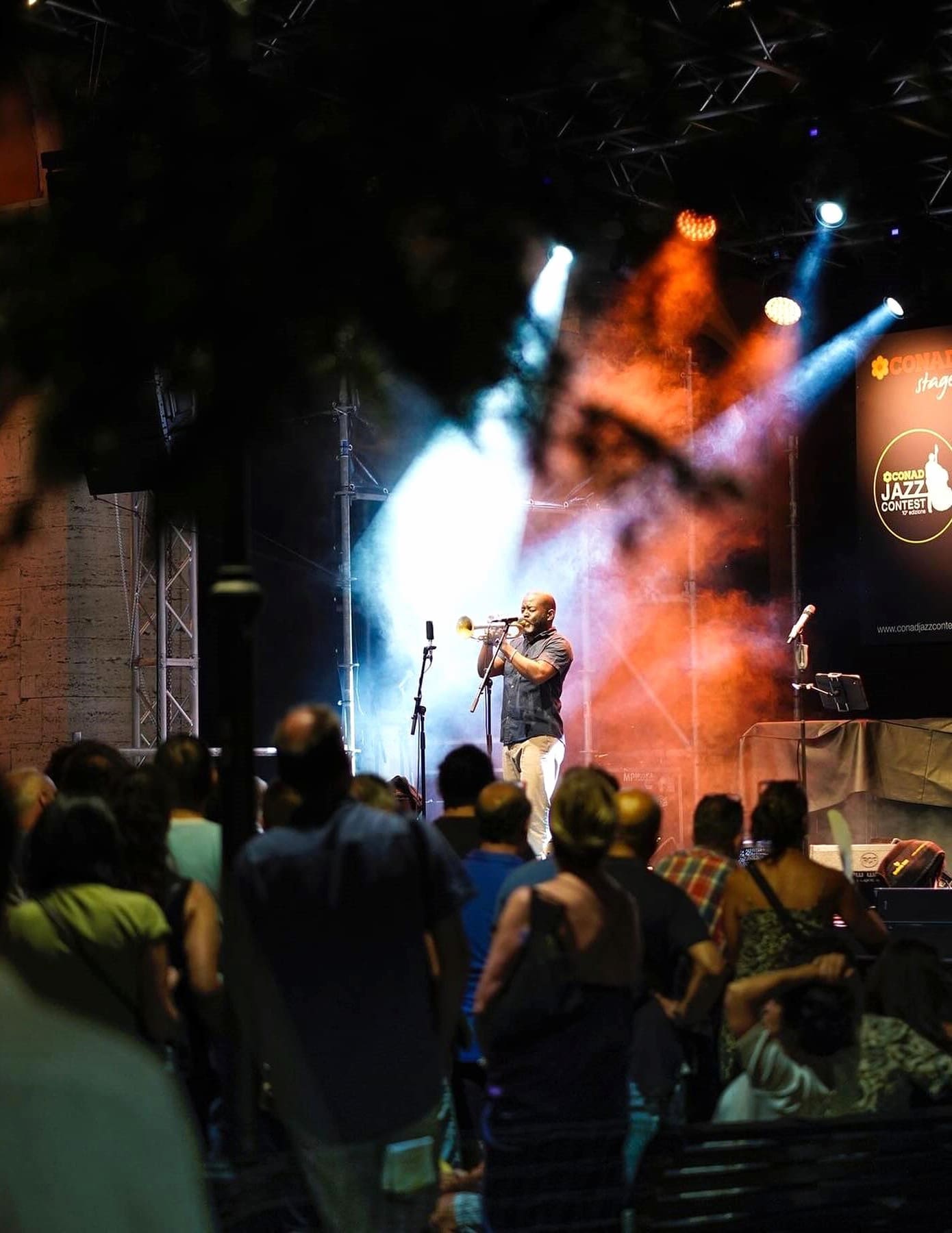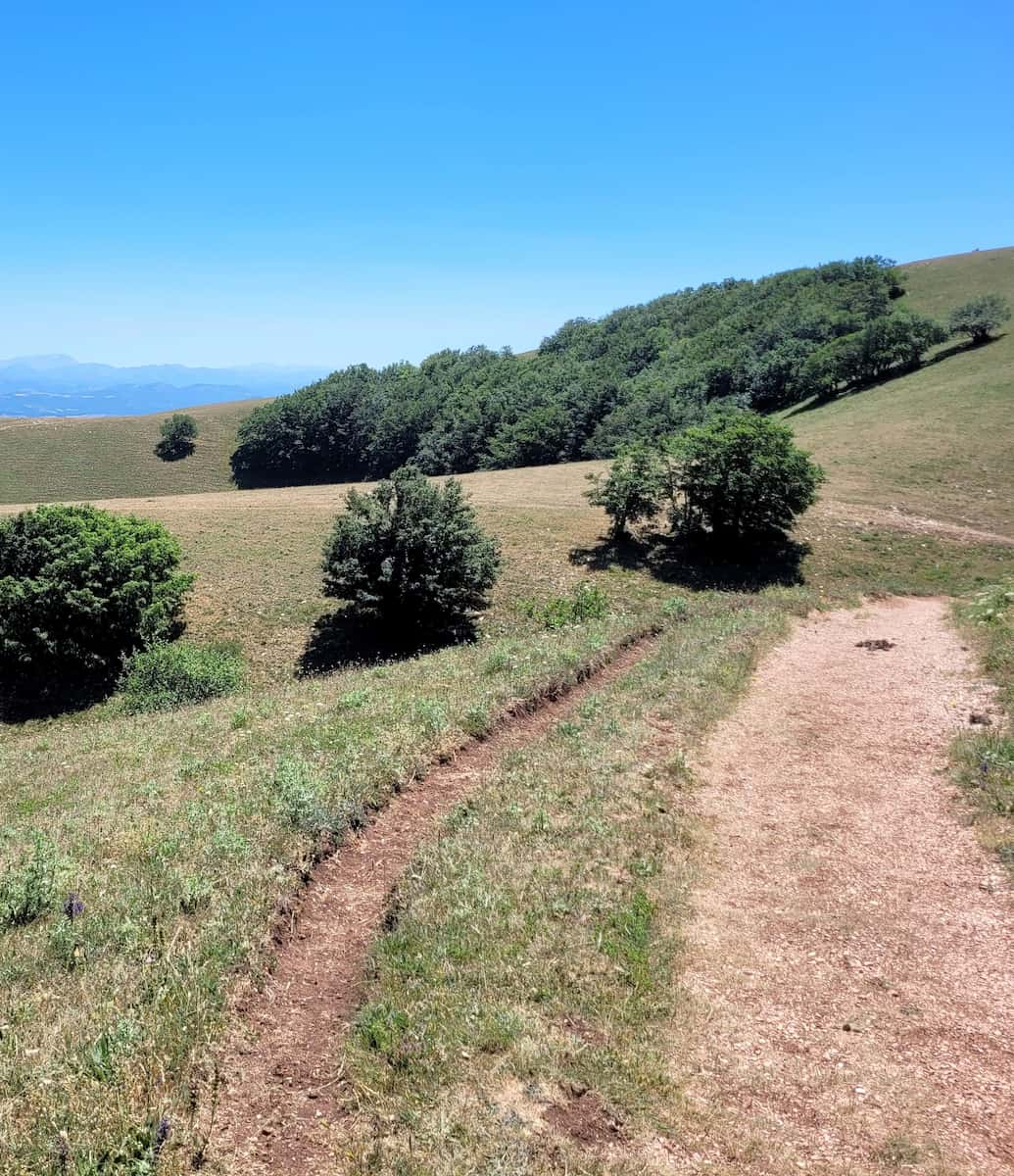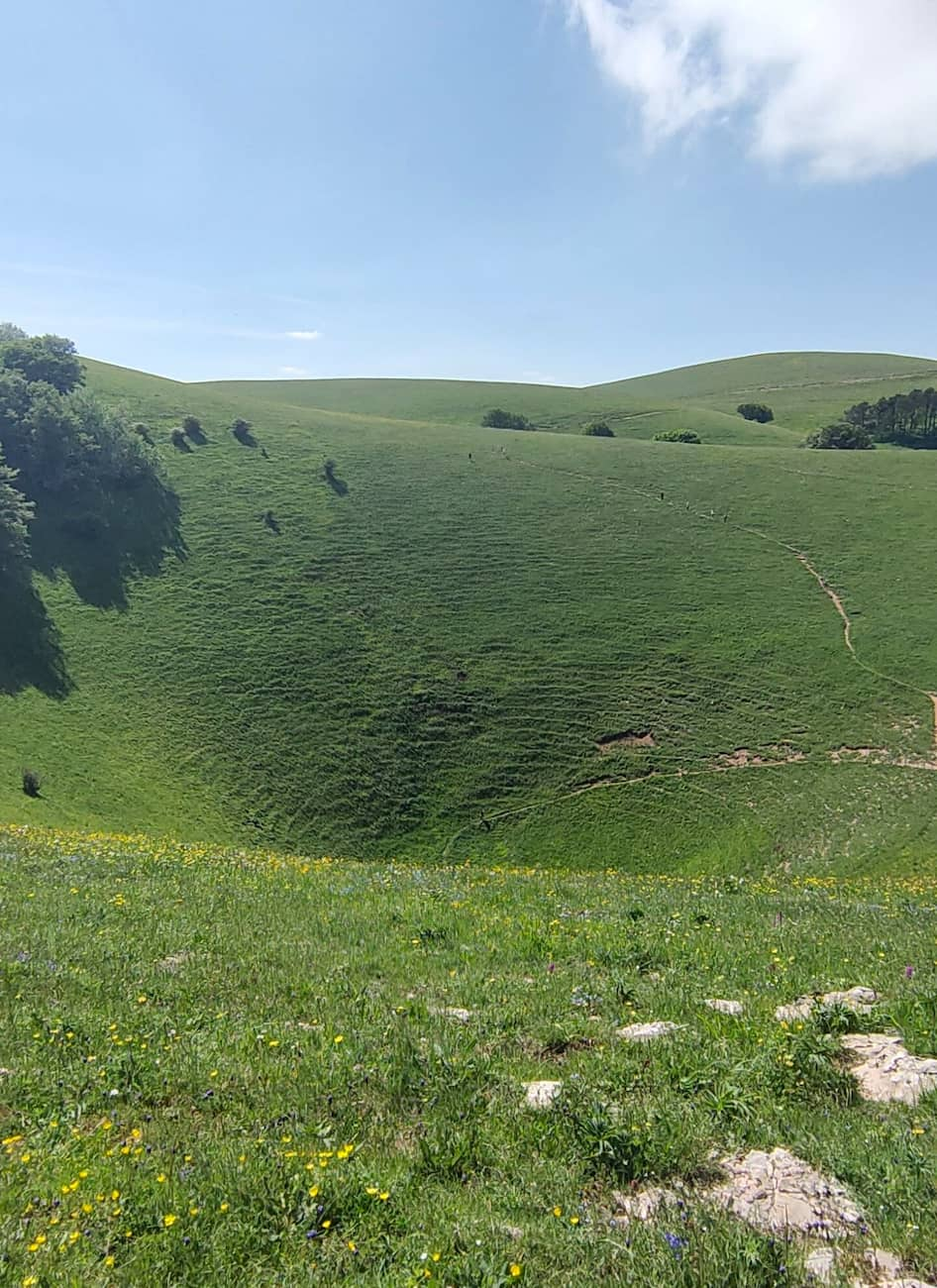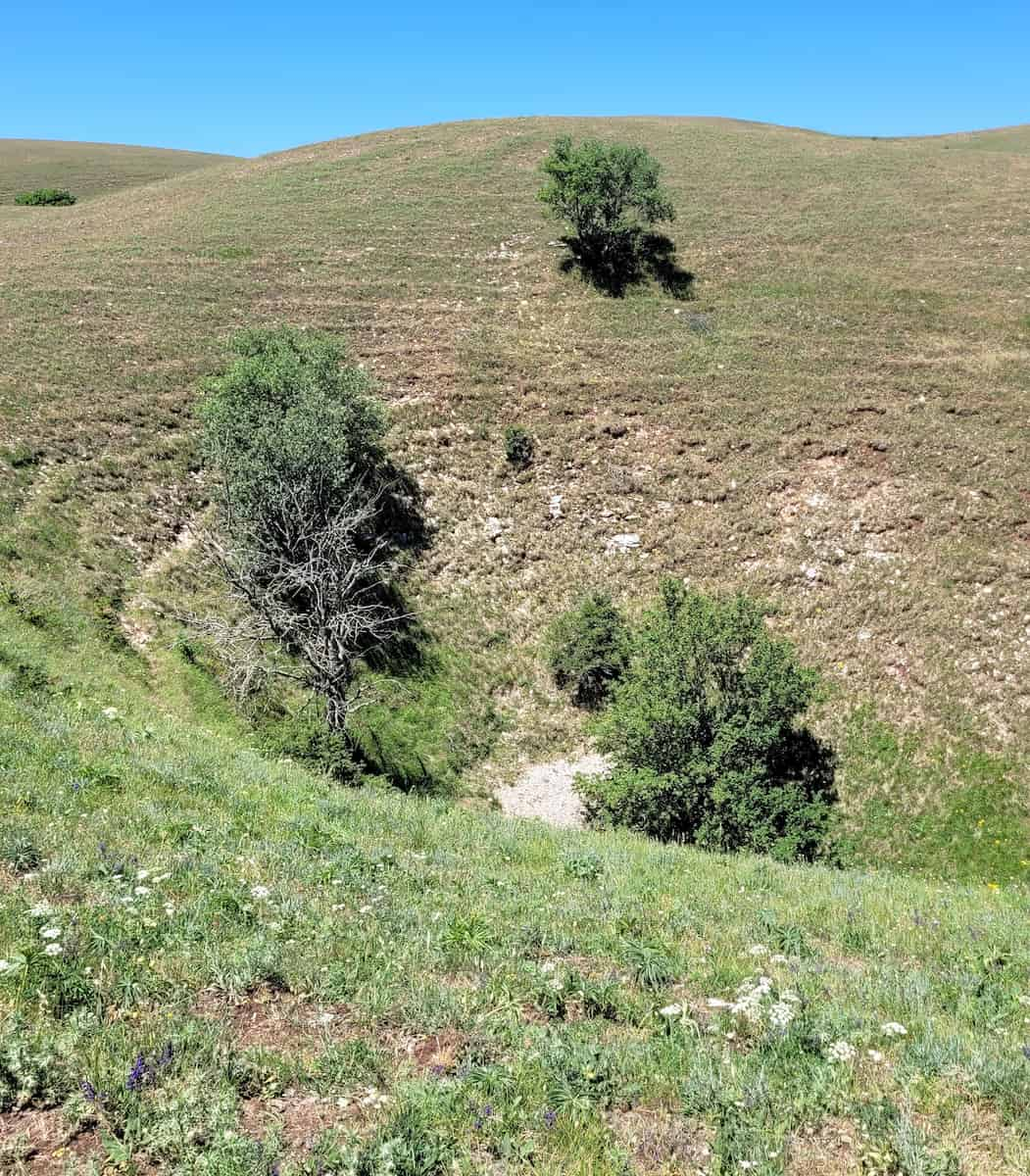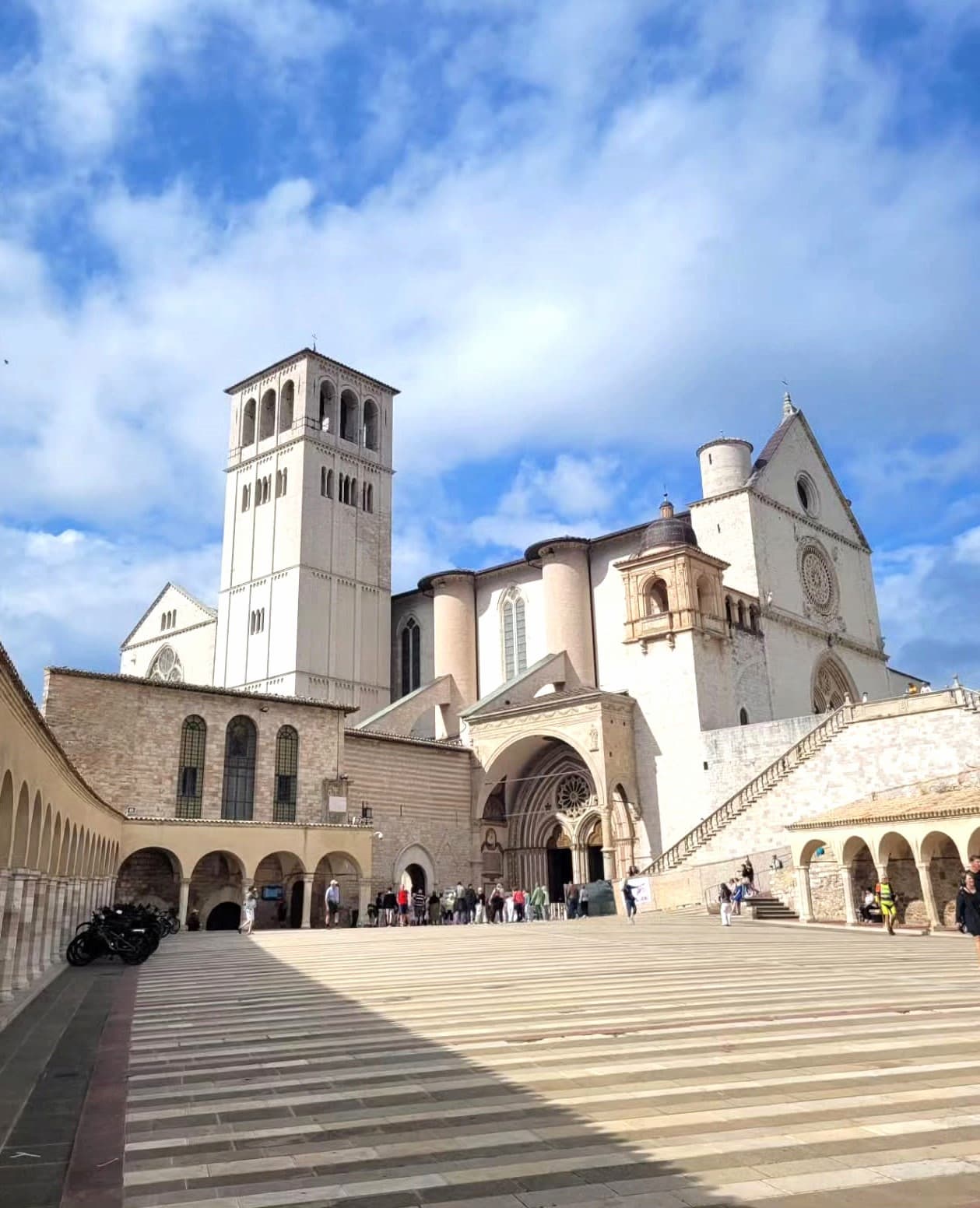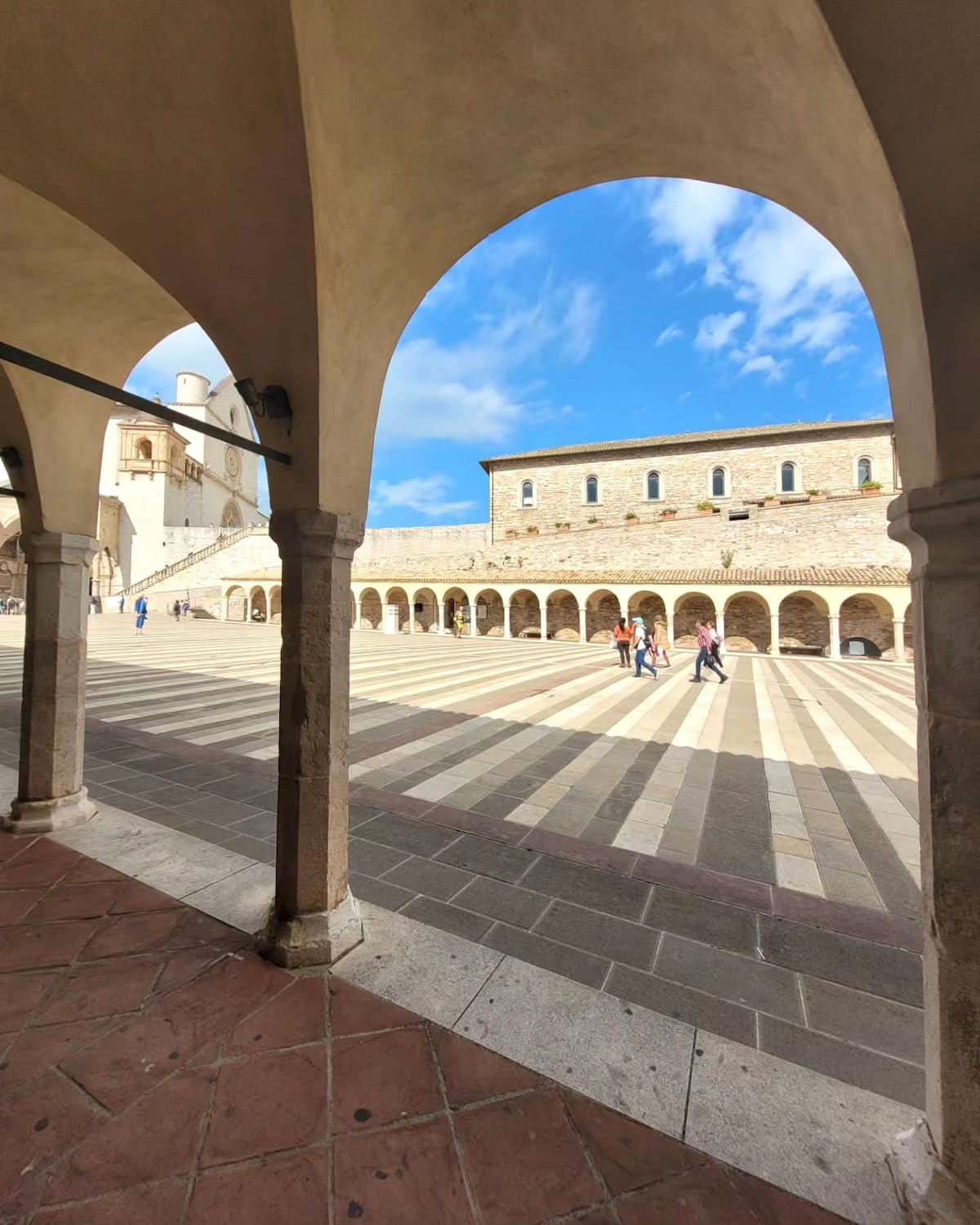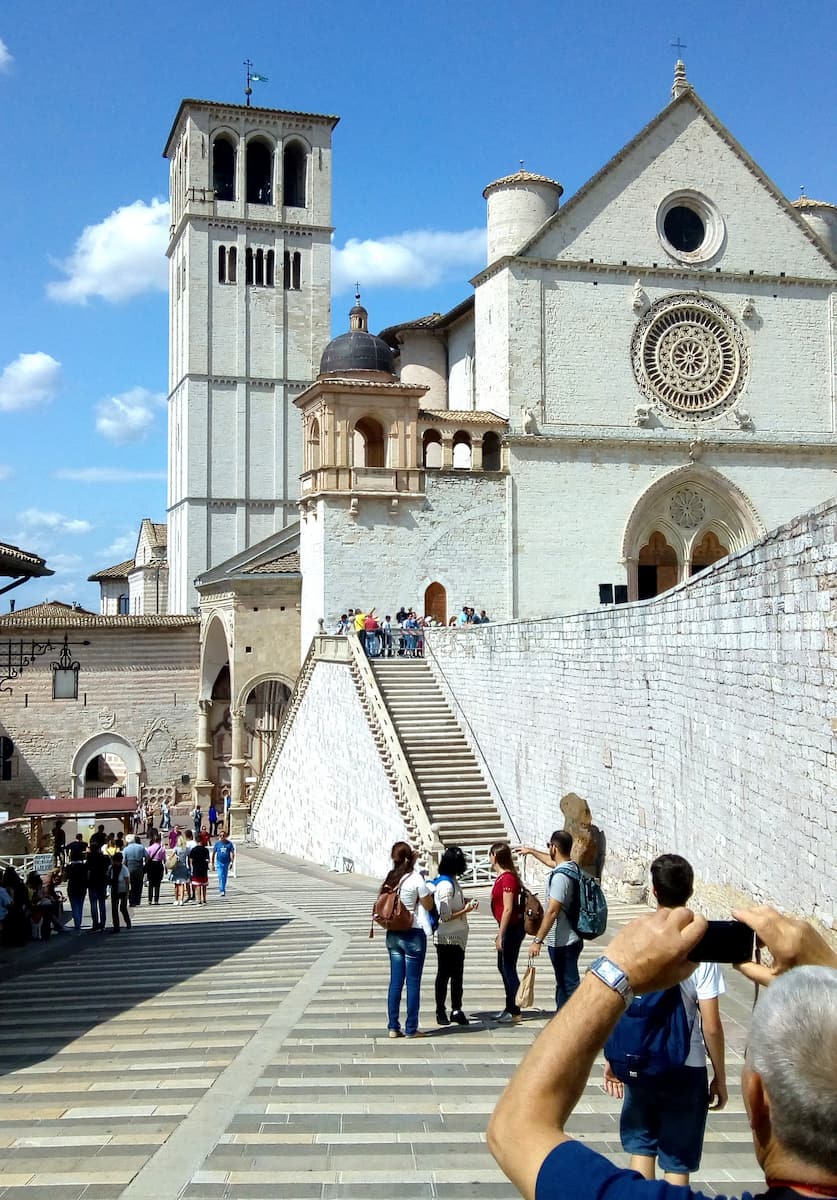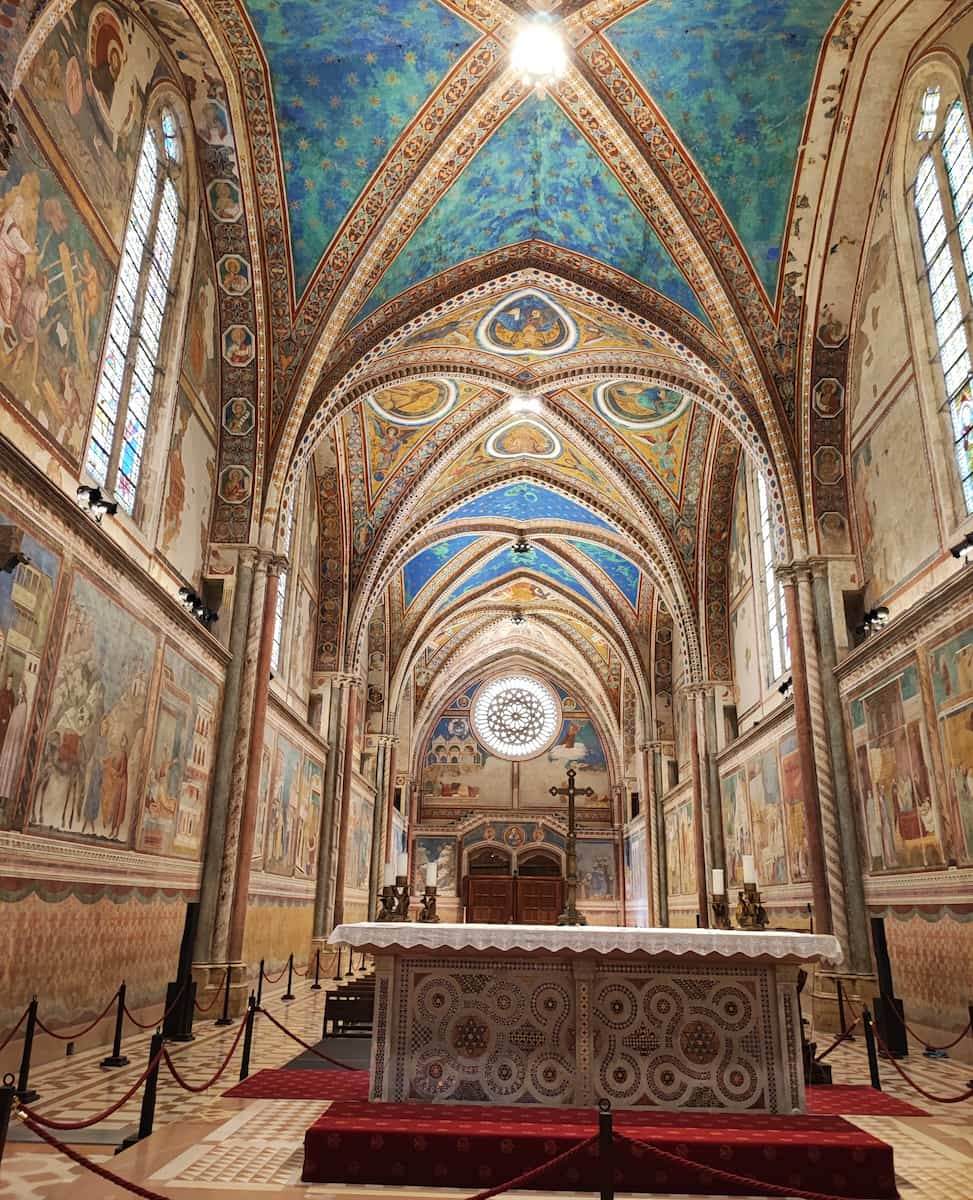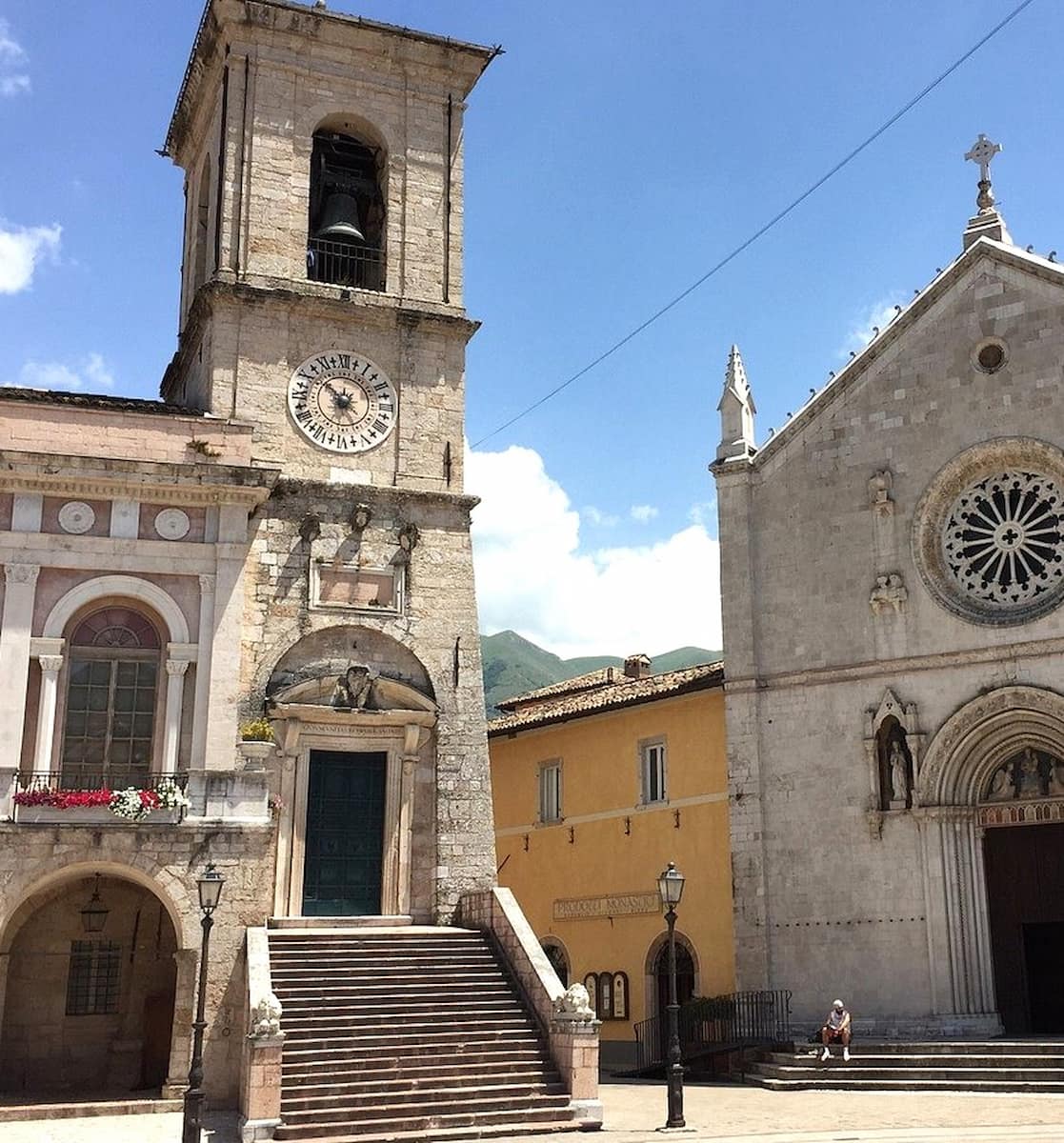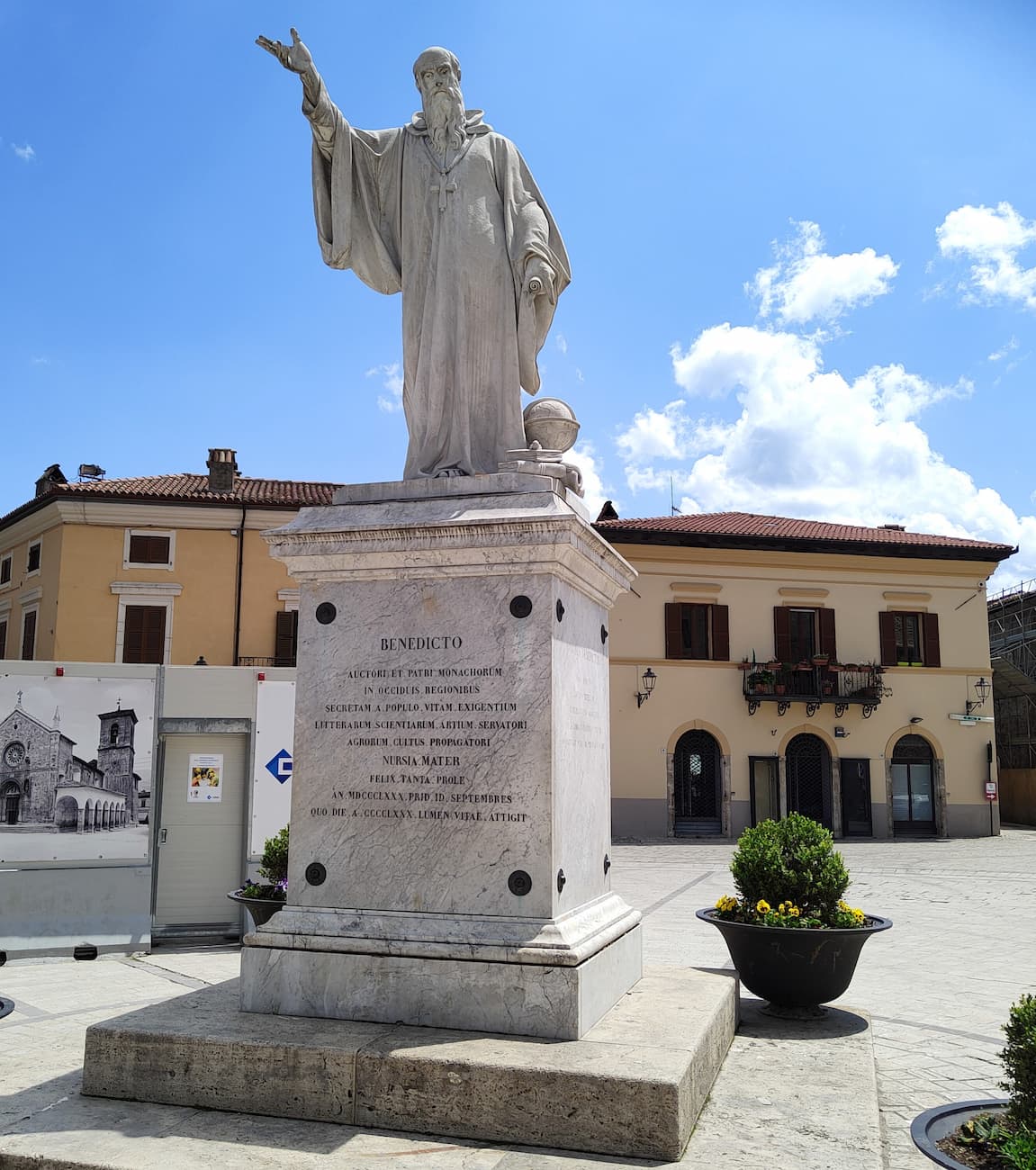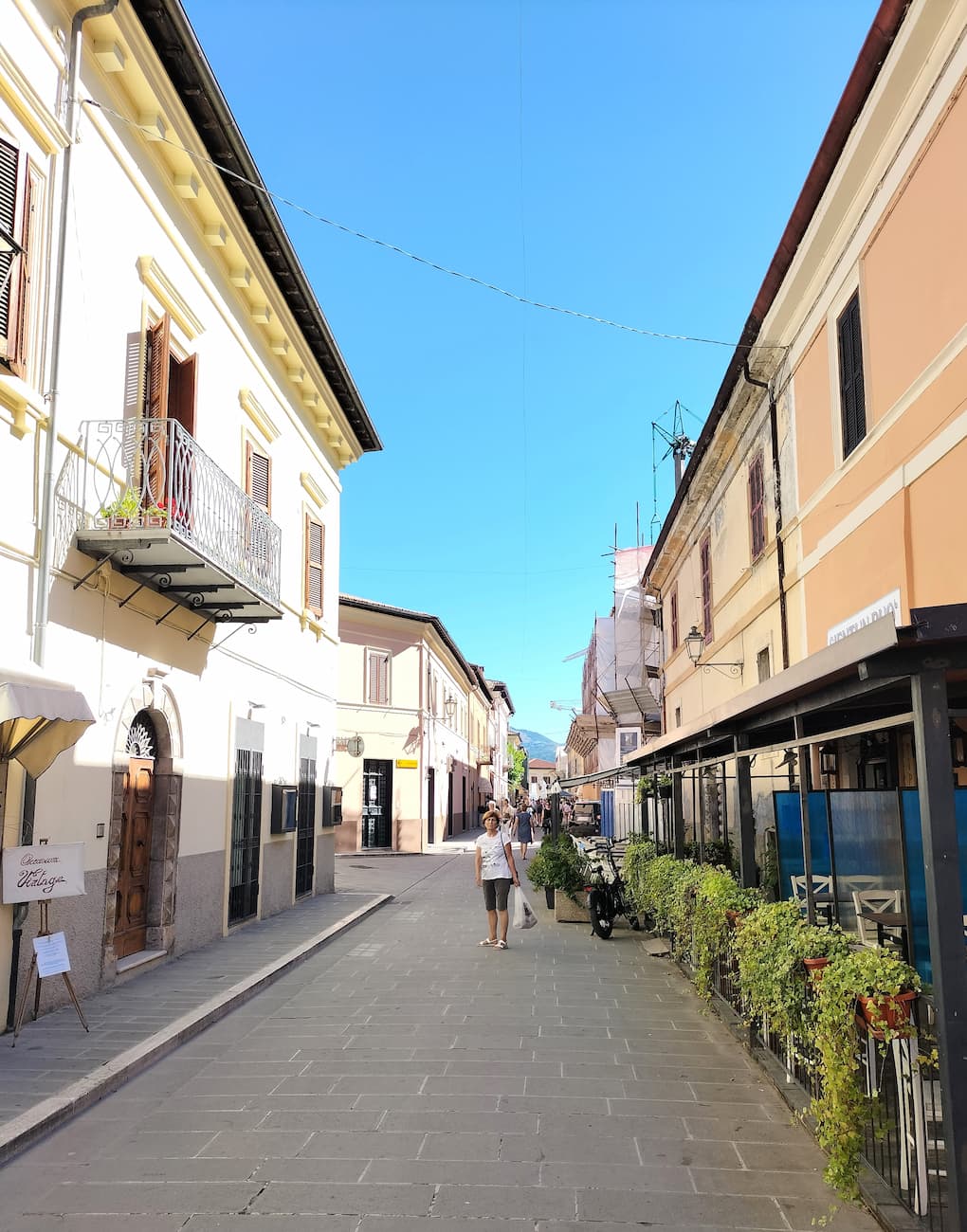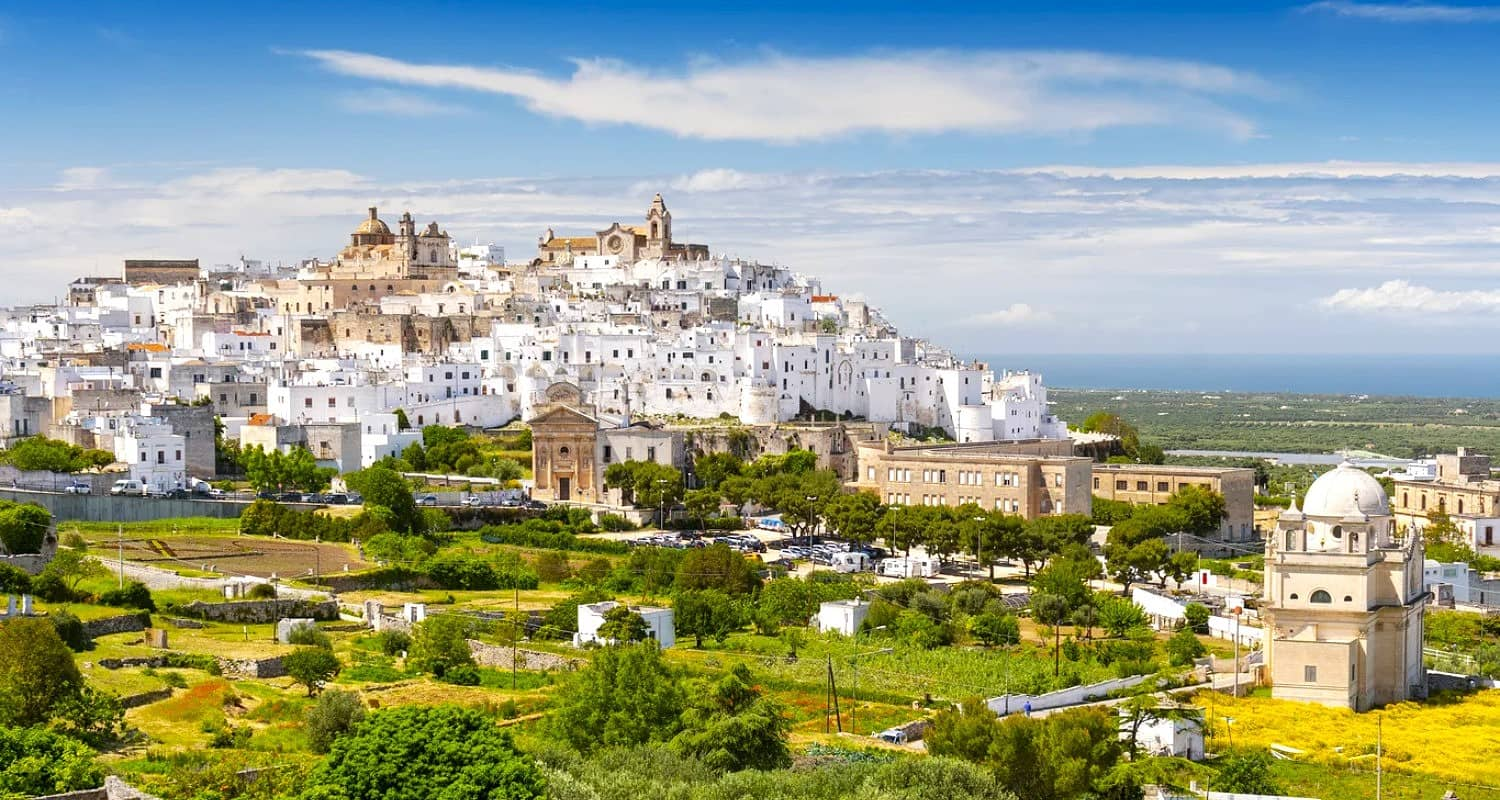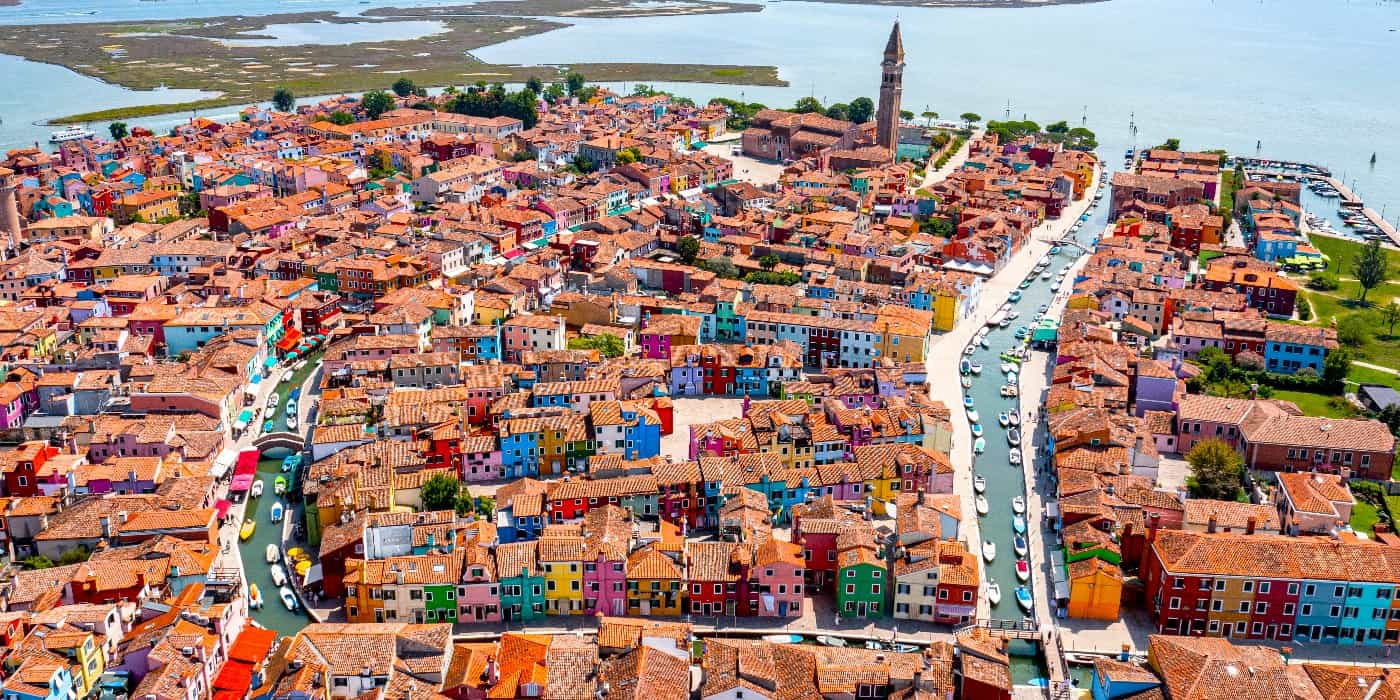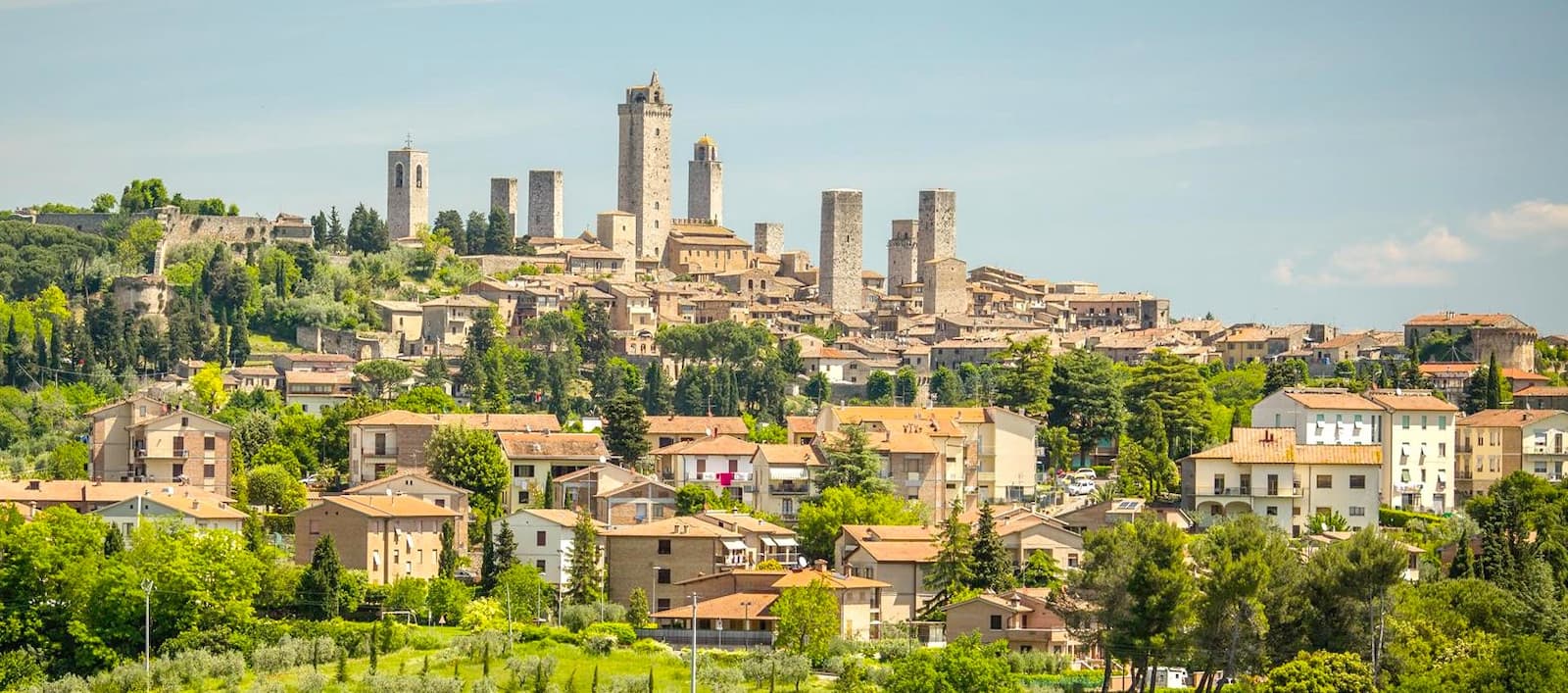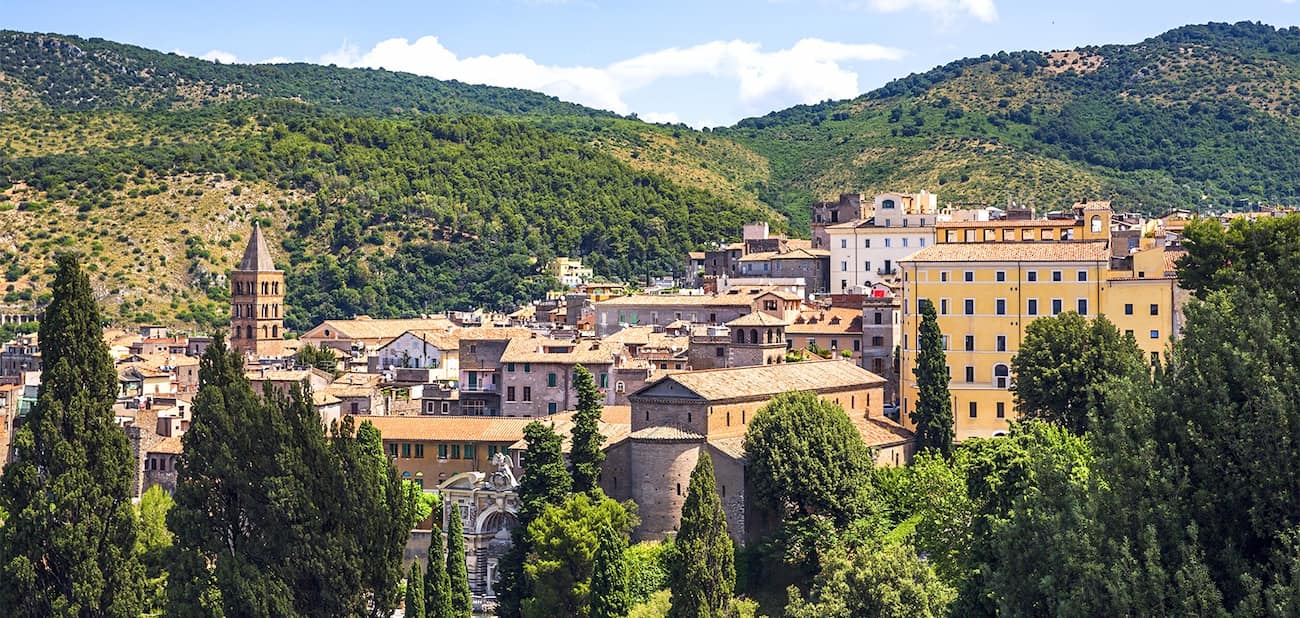Umbria, Italy’s green heart, captivated me from the moment I arrived. This hidden gem sits quietly between Rome and Florence, offering incredible experiences without the tourist crowds you’ll find in its famous neighbors.
I’ve explored medieval towns perched on hilltops and wandered through lush valleys that seem frozen in time. Whether you’re a history buff, food lover, or outdoor enthusiast, I promise Umbria will surprise you with its authentic Italian charm and unforgettable adventures.
🏠 Where to Stay in Umbria
- 💎 Luxury Hotel: San Gemini Palace, San Gemini
- ✨ 5-Star: Borgo La Chiaracia Resort & SPA, Castel Giorgio
- 🏨 4-Star: Borgo Degli Angeli Resort e Spa, San Vitale
- 🛏️ 3-Star: Re Artù Assisi Country Lifestyle, Assisi
- 💸 Cheap: P&P Assisi Camere, Bastia Umbra
- 🏢 Apartment: L'amoruccio, Belvedere Inferiore
- 👨👩👧👦 For Families: TENUTA FOGLIANI Resort & Natural Spa, Visciano
- 🏩 For Couples: Villa Luce Assisi Rooms & Suites, Assisi
💁 Best Guided Tours
- Perugia Small-Group Food Tour with Tastings from € 75 (⭐4.9/5)
- Assisi, Perugia and Umbria Hot Air Balloon Tour with Breakfast from € 250 (⭐4.8/5)
- Perugia Small-Group Food Tour from € 65 (⭐4.7/5)
- Foligno and the frescoes of Palazzo Trinci, a masterpiece of the Middle Ages – Private Tour from € 87 (⭐4.5/5)
Best Things To Do in Umbria
1. Marmore Waterfall
Nature. The Marmore Waterfall is the tallest man-made waterfall in Europe, plunging 165 meters over three dramatic tiers. I felt the spray on my face as I walked the lush trails, surrounded by roaring water and dense forest.
Routes. There are six marked paths, each with its own views and challenges. My favorite was the Pennarossa trail, an easy 20-minute walk to a panoramic terrace. For a real thrill, I tried the tunnel to the Lovers’ Balcony—so close to the falls that a raincoat was a must.
Practicalities. Entry costs €12 (about $13) for adults and includes access to all trails and a multimedia museum. The Butterfly House is an extra €3.5 ($3.80). Shuttles between viewpoints start at €3 ($3.15), but must be booked in advance.
| Ticket Type | Price (EUR) | Price (USD) |
|---|---|---|
| Adult (10+) | €12 | $13 |
| Senior (70+) | €10 | $11 |
| Child (5-9) | €9 | $9.80 |
| Child (0-4) | Free | Free |
| Butterfly House | €3.5 | $3.80 |
| Shuttle Bus | €3–6 | $3.15–6.30 |
Activities. Besides hiking, the park offers rafting, canyoning, and kayaking on the Nera river. I watched families picnic near the lower viewpoint, while adventure seekers geared up for water sports.
Tips. Bring a rain jacket or buy a €1 poncho at the entrance. Check the waterfall schedule online—water only flows at certain times. Parking is easy at both the upper and lower entrances, and there are plenty of restrooms and snack bars nearby.
⭐ Best Activities
- Water Landscapes: Sources of Clitunno, Spoleto and the Marmore Waterfall – Explore Umbria’s stunning water landscapes including the Sources of Clitunno, historic Spoleto, and the impressive Marmore Waterfall on this full-day tour.
2. Orvieto Duomo and Underground
Cathedral. Orvieto’s striped marble cathedral took my breath away with its massive golden façade and intricate carvings. Inside, the San Brizio Chapel’s frescoes by Luca Signorelli show scenes of judgment day with incredible detail and color.
Underground. Beneath the city lies a hidden world of 1,200 caves and tunnels dug by Etruscans and expanded over centuries. My guided tour revealed ancient olive presses, medieval wells, and pigeon breeding rooms.
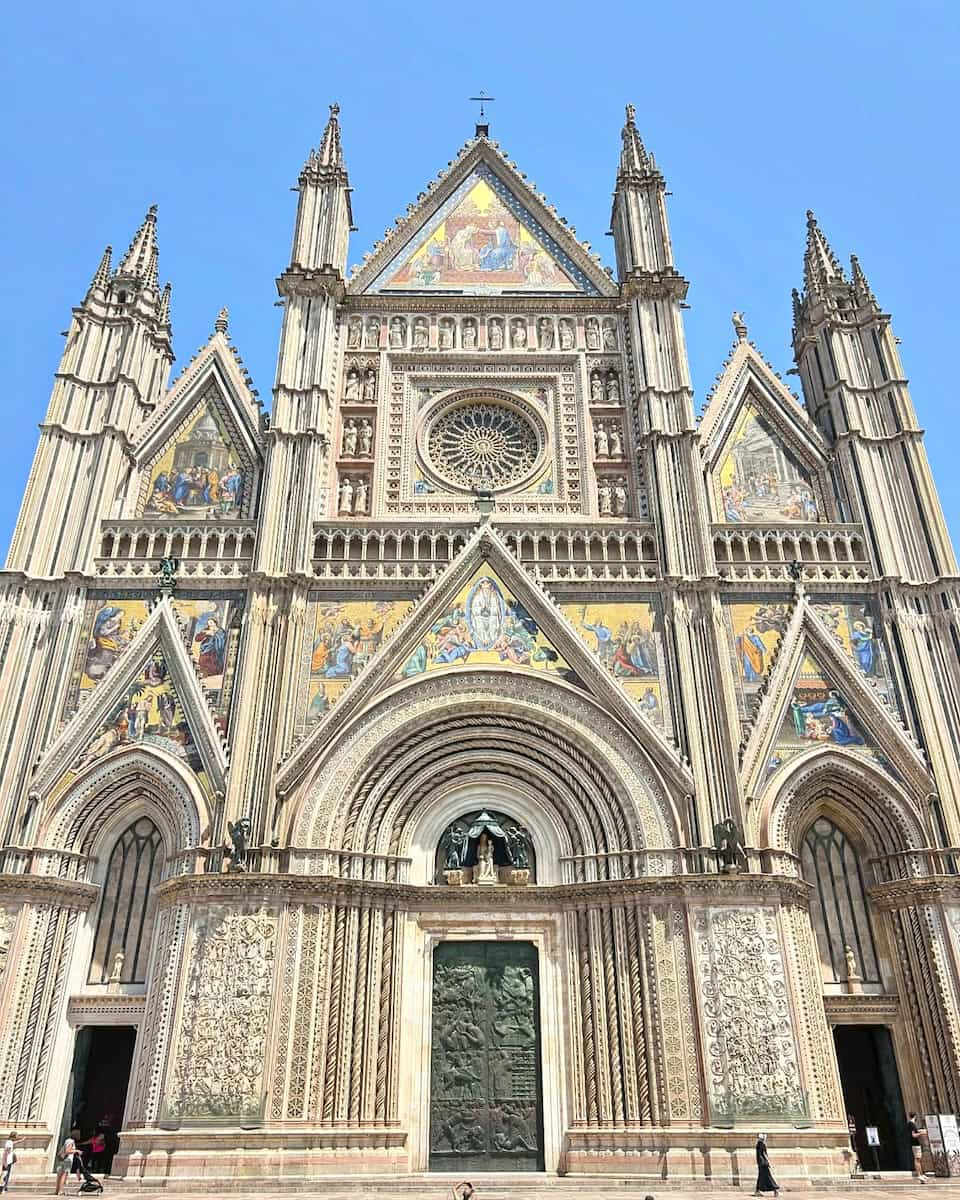
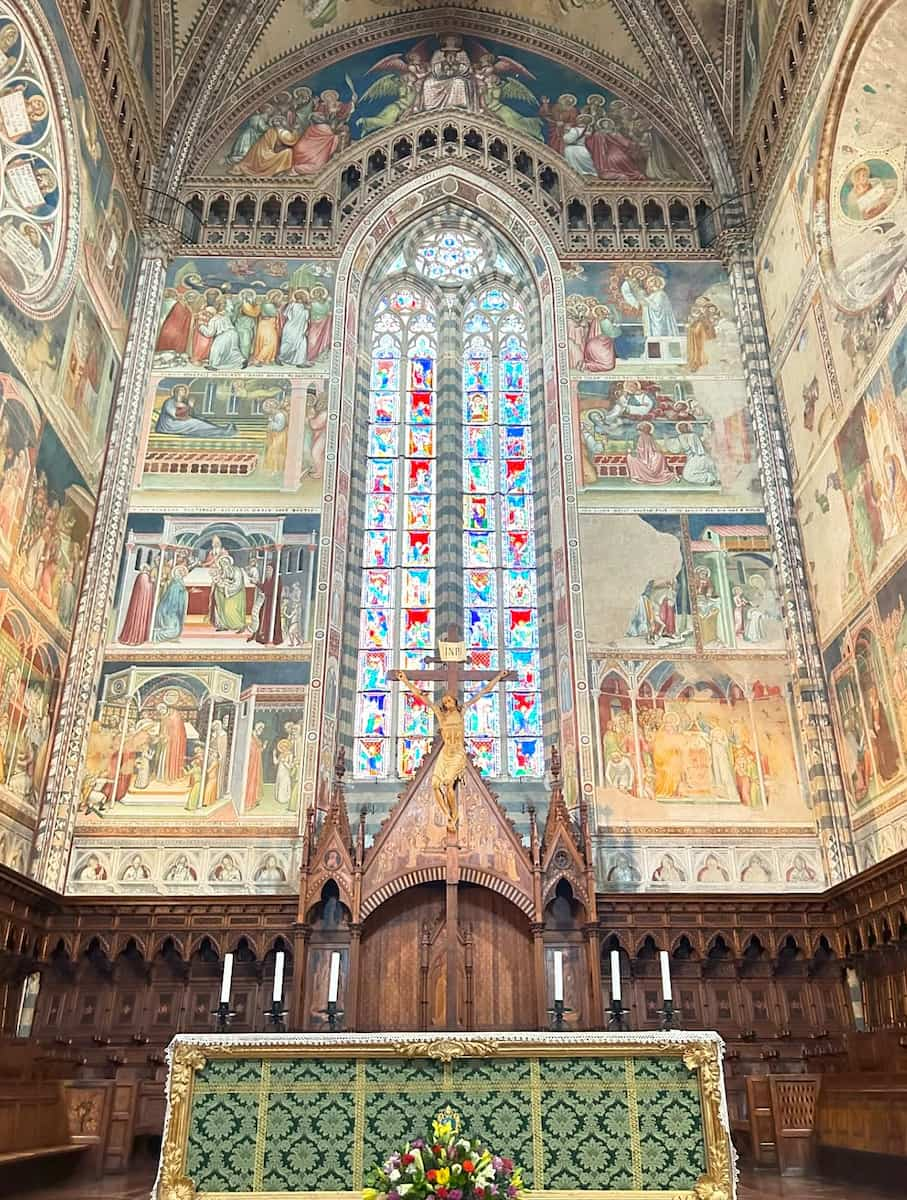
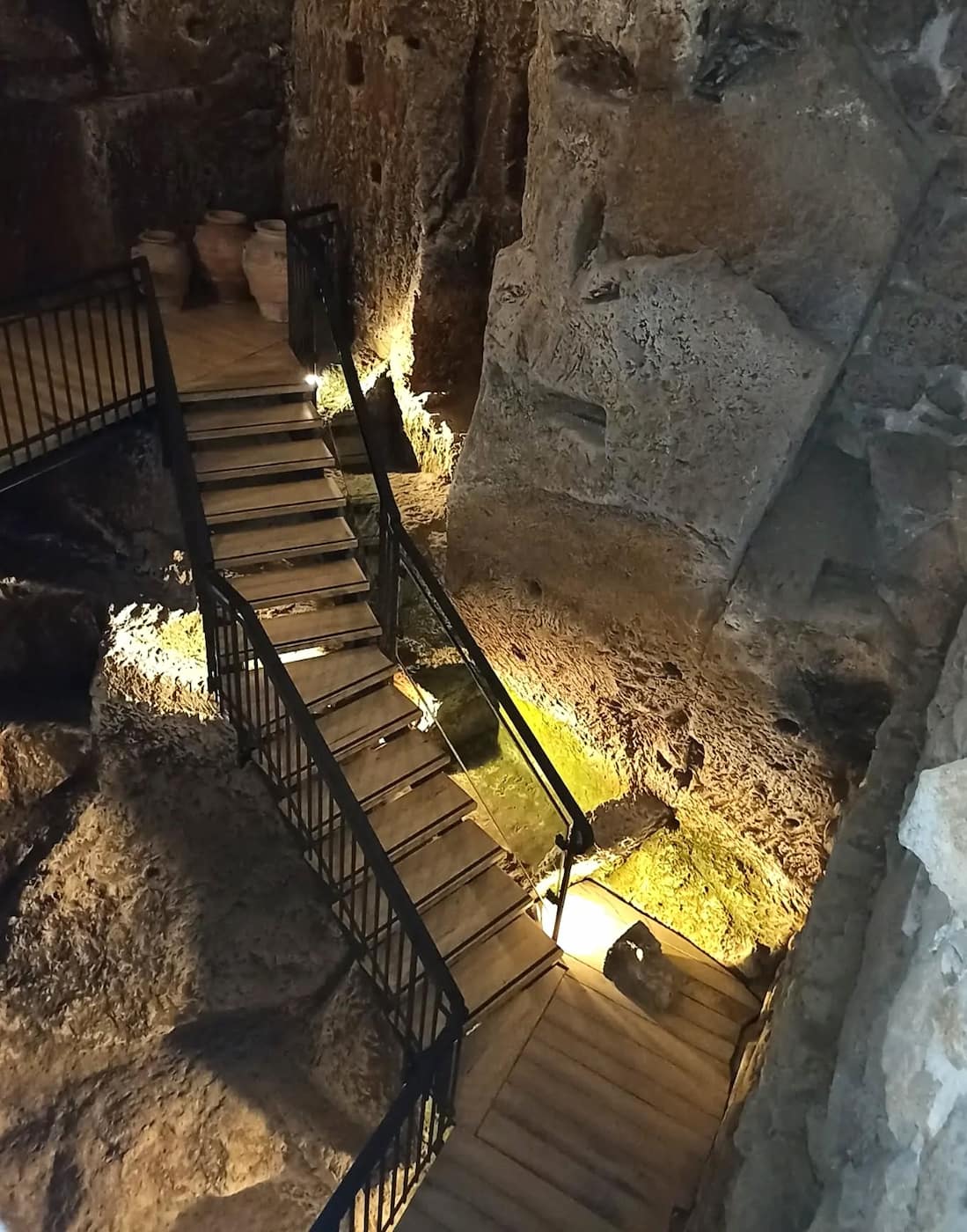
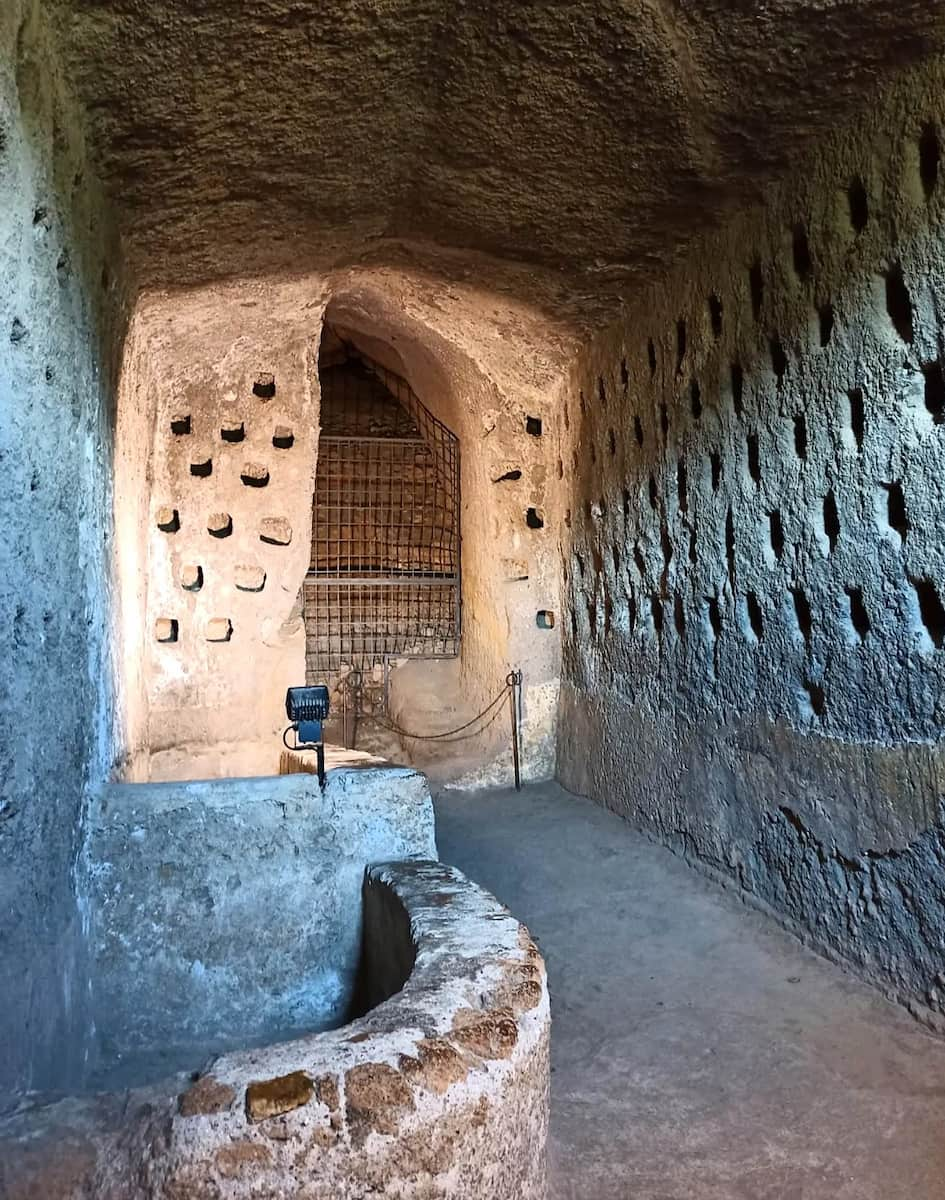
- Etruscan artifacts
- Medieval wells
- Ancient olive presses
- Escape tunnels
- Noble family cellars
Views. I climbed the Torre del Moro for panoramic views of the entire plateau. The sight of terracotta rooftops against green valleys made the 236 steps completely worth it.
Practicalities. The combined ticket for the Duomo, museum, and underground tour costs €20 ($22). Tours run hourly in English and Italian, but book ahead during summer months.
Food. After exploring, I stopped at Trattoria del Moro Aronne for their famous cinghiale (wild boar) pasta. The local Orvieto Classico white wine paired perfectly with the rich flavors.
⭐ Best Activities
- Orvieto: 2-Hour Cathedral and Underground Tour – Discover the magnificent Orvieto Cathedral and explore the fascinating underground tunnels on this comprehensive 2-hour guided tour.
3. Basilica di Santa Maria degli Angeli
Scale. This enormous Renaissance basilica was built to enclose the tiny Porziuncola chapel where Saint Francis founded his order. The contrast between the massive church and the humble stone hut inside creates a powerful visual metaphor.
Rose Garden. Behind the basilica, I wandered through the garden where Francis reportedly rolled in thornbushes to overcome temptation. Legend says the bushes transformed into thornless roses that still bloom today.
| Site Within the Basilica | Significance | Features |
|---|---|---|
| Porziuncola Chapel | Where Francis founded his order | Original 9th-century structure |
| Transit Chapel | Where Francis died in 1226 | Death site, relics |
| Rose Garden | Miracle site | Thornless roses |
| Museum | Franciscan history | Artifacts, manuscripts |
| Crypt | Modern addition | Contemporary art |
Practicalities. The basilica is located in the valley below Assisi. It’s free to enter and less crowded than sites in Assisi proper. The museum costs €5 ($5.45) and includes an audio guide.
Tips. Visit during the Perdono di Assisi (August 1-2) to witness thousands of pilgrims seeking the special indulgence granted during this annual celebration.
⭐ Best Activities
- Private Full-Day Tour of Assisi and Cortona from Florence – Visit the beautiful towns of Assisi and Cortona on this private day trip from Florence, exploring St. Francis’ hometown and the charming setting of “Under the Tuscan Sun.”
4. Pozzo di San Patrizio
Engineering. Saint Patrick’s Well in Orvieto is a Renaissance masterpiece of engineering. I descended the 248 steps of the double helix staircase—designed so that mules carrying water could go down and up without crossing paths.
History. Pope Clement VII commissioned the well in 1527 as a water source during sieges. The architect, Antonio da Sangallo the Younger, created this 53-meter-deep structure with 72 windows that illuminate the descent with natural light.
- Depth: 53 meters (174 feet)
- Width: 13 meters (43 feet)
- Steps: 248
- Windows: 72
- Construction: 1527-1537
- Architect: Antonio da Sangallo the Younger
Experience. The descent feels like entering another world. The temperature drops noticeably, and the sound of water echoes against the tufa stone walls. I reached the wooden bridge at the bottom and looked up at the perfect circle of light above.
Practicalities. Entry costs €5 ($5.45) for adults and €3.50 ($3.80) for children. The well is open daily with shorter hours in winter months.
Tips. Bring a light jacket even in summer—it’s cool inside. Combine with a visit to Orvieto’s underground caves for a complete “below the surface” experience of the city.
⭐ Best Activities
- Heart of Umbria: Explore the Mystic Towns of Orvieto and Assisi – Experience the spiritual heart of Umbria with visits to the medieval cliff-top town of Orvieto and the pilgrimage destination of Assisi.
5. Wine Tasting and Truffle Hunting
Vineyards. Umbria’s wine country surprised me with its quality and variety. I visited small family-run wineries around Montefalco, where the robust Sagrantino grape produces intense red wines unlike anything I’ve tasted before.
Tasting. At Arnaldo Caprai winery, I sampled their award-winning Sagrantino di Montefalco DOCG alongside lighter Montefalco Rosso. The contrast between the powerful, tannic Sagrantino and the smoother Rosso showed the region’s range.
| Wine Type | Characteristics | Food Pairing | Price Range |
|---|---|---|---|
| Sagrantino di Montefalco | Full-bodied, tannic, dark fruit | Grilled meats, aged cheese | €25-45 ($27-49) |
| Montefalco Rosso | Medium-bodied, cherry, spice | Pasta, poultry | €12-20 ($13-22) |
| Grechetto | Crisp white, citrus, mineral | Seafood, appetizers | €10-18 ($11-20) |
| Trebbiano Spoletino | Aromatic white, floral notes | Light dishes, aperitif | €12-25 ($13-27) |
Truffle Hunt. Near Norcia, I joined a truffle hunter and his trained dog for a morning forest expedition. Within an hour, the dog had sniffed out three black summer truffles hidden among oak tree roots.
Cooking. After the hunt, we brought our treasures to a local home where I learned to make truffle-infused dishes. The simple scrambled eggs with freshly shaved truffle was a revelation—earthy, aromatic, and utterly Umbrian.
Tips. Book wine tours at least a day in advance. Most cost €25-50 ($27-54) including tastings and snacks. Truffle hunts run €60-120 ($65-130) per person including cooking lesson and meal.
⭐ Best Tours
- Orvieto Winery Tour and Wine Tasting – Sample local Umbrian wines and learn about traditional winemaking processes on this enjoyable winery tour near Orvieto.
- Private Truffle Hunting Experience in Assisi – Join expert truffle hunters and their trained dogs to search for the prized delicacy in the forests around Assisi on this unique culinary adventure.
6. La Scarzuola
Surrealism. Hidden in the Umbrian countryside, La Scarzuola is an architectural fantasy created by Tomaso Buzzi. I wandered through this “ideal city” with its bizarre structures, staircases leading nowhere, and theatrical spaces.
History. The site began as a 13th-century monastery where Saint Francis reportedly planted a rose and laurel garden. In the 1950s, architect Buzzi transformed the surrounding area into his personal artistic vision.
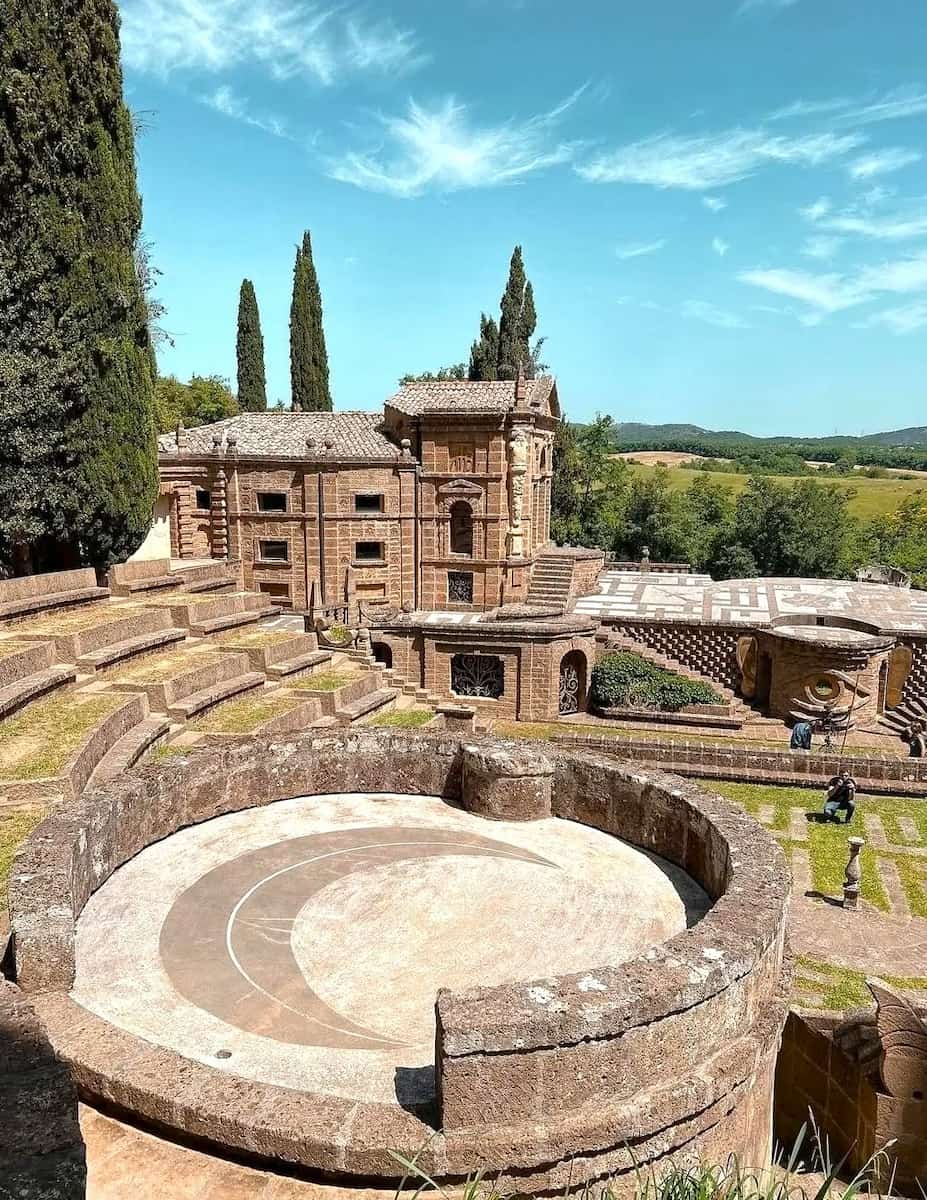
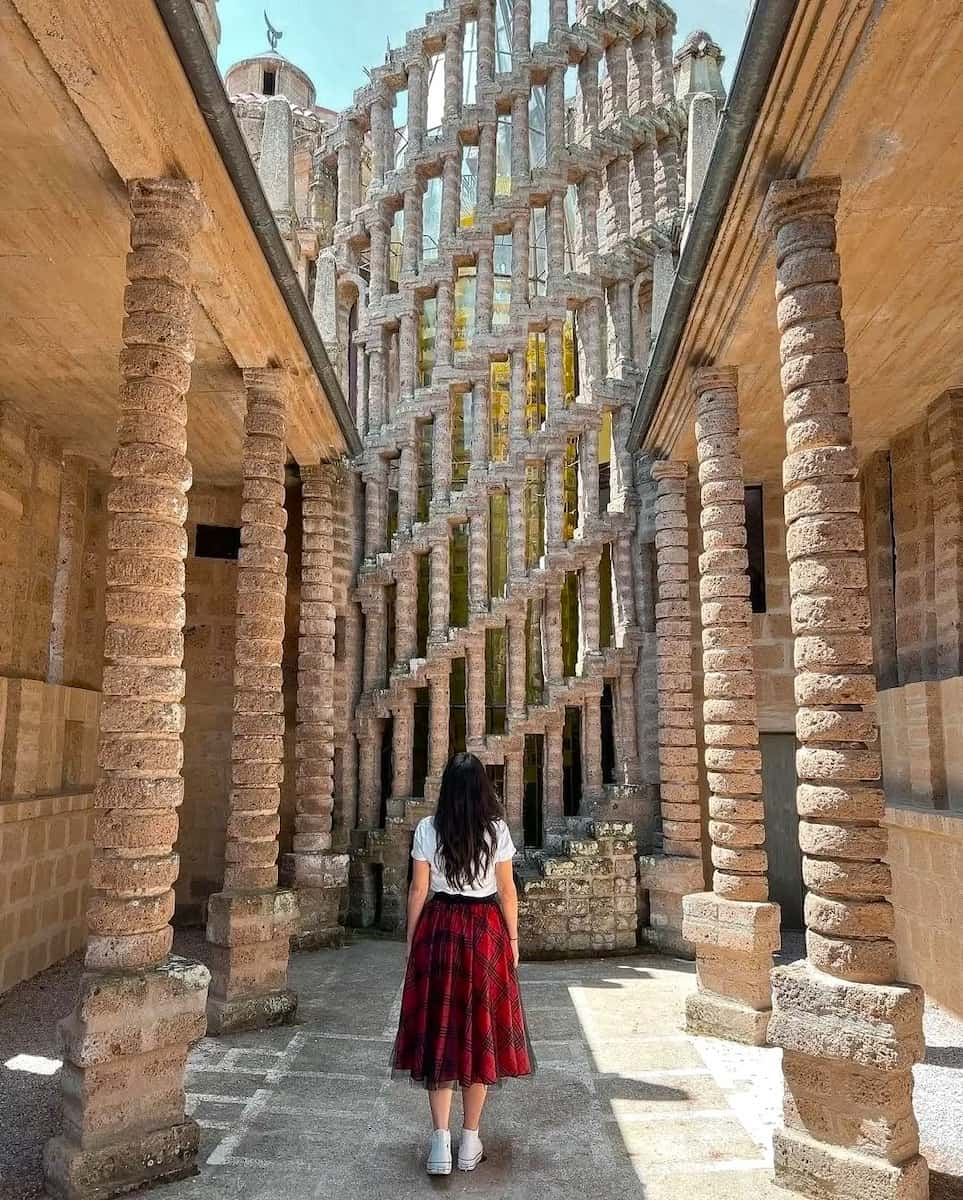
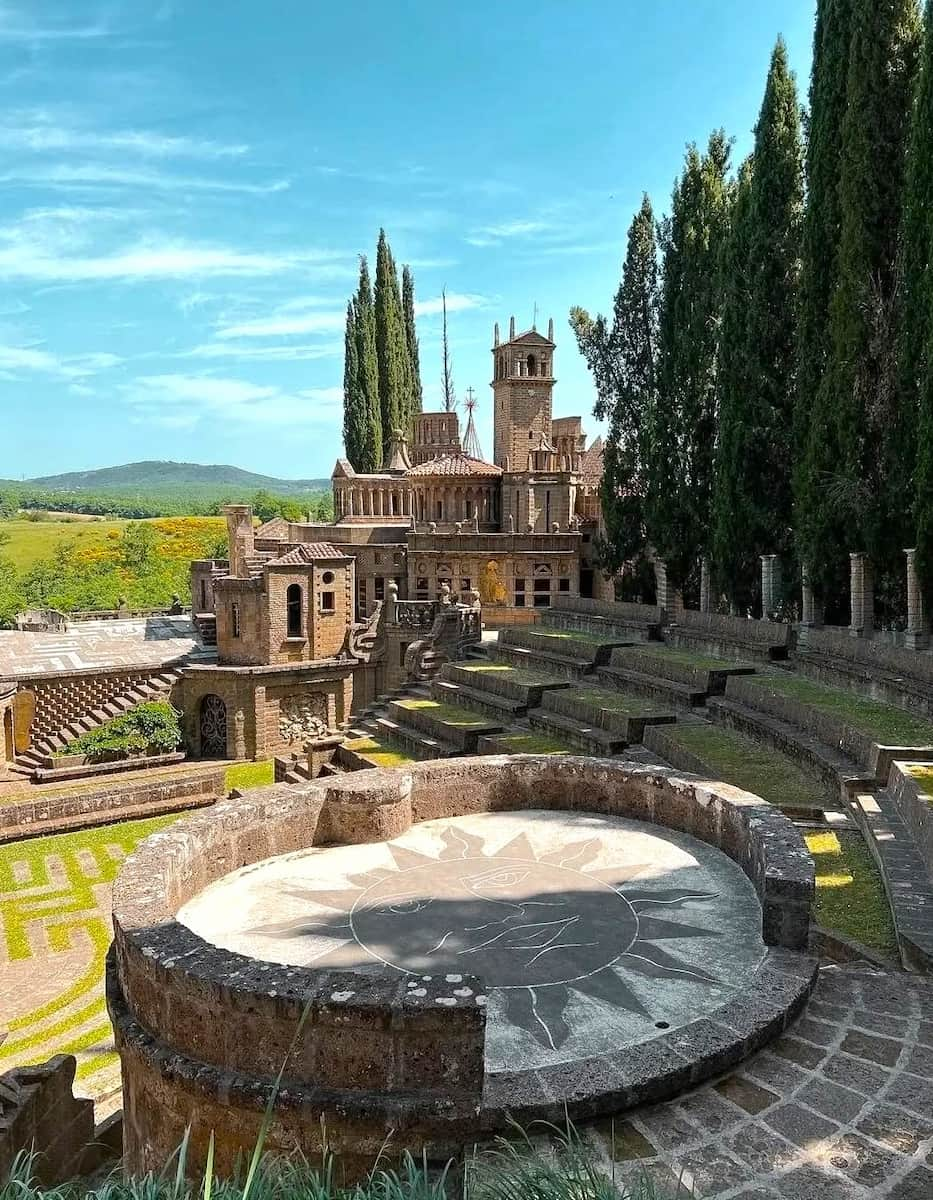
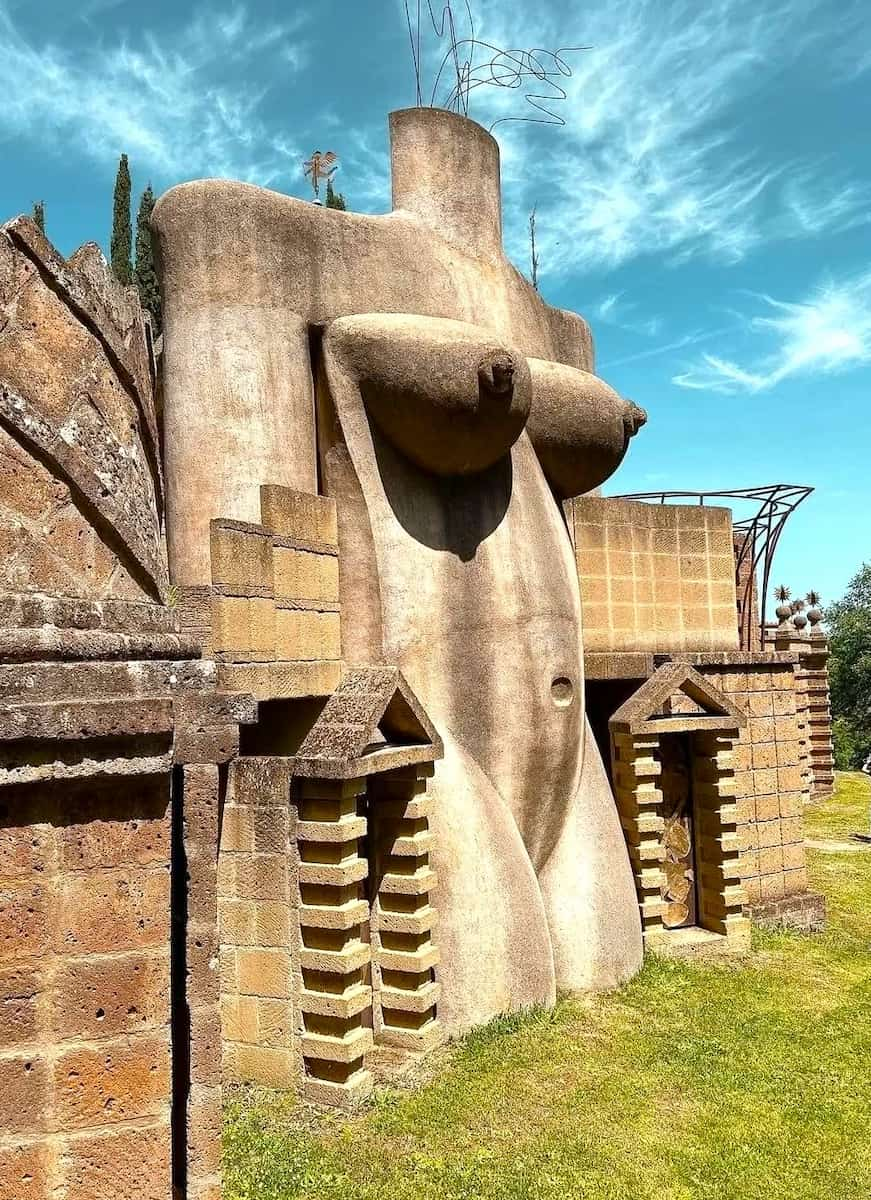
- Seven theaters
- Acropolis replica
- Tower of Babel
- Meditation spaces
- Symbolic staircases
- Hidden passages
Symbolism. Every structure represents philosophical or spiritual concepts. I climbed the spiral staircase symbolizing human evolution and stood in the “theater of life” surrounded by references to classical mythology.
Practicalities. La Scarzuola is privately owned and visits are by appointment only. The 2-hour guided tour costs €15 ($16) per person with a minimum group size of 4-6 people.
Tips. Wear sturdy shoes as the terrain is uneven. Bring a camera with plenty of memory—every angle offers a surreal photo opportunity. The nearest town is Montegabbione, about 30 minutes from Orvieto.
7. Nera River Rafting
Adventure. The crystal-clear Nera River cuts through limestone gorges creating perfect conditions for rafting. I paddled through Class II-III rapids, alternating between heart-pumping whitewater and peaceful stretches where I could admire the canyon walls.
Scenery. The river winds through the Valnerina region, passing medieval villages perched on cliffs and lush forests. During calm sections, I spotted herons fishing and even glimpsed a wild boar drinking at the riverbank.
| Rafting Option | Difficulty | Duration | Price Range |
|---|---|---|---|
| Family Float | Class I-II (Beginner) | 2 hours | €35-45 ($38-49) |
| Adventure Run | Class II-III (Intermediate) | 3-4 hours | €50-65 ($54-71) |
| Expert Canyon | Class III-IV (Advanced) | 5-6 hours | €75-90 ($82-98) |
| Multi-day Trip | Mixed | 2-3 days | €180-250 ($196-272) |
Operators. I chose Rafting Marmore for their experienced guides and safety record. They provided all equipment—wetsuit, helmet, life jacket—and a thorough safety briefing before we hit the water.
Season. The best rafting happens from April to October. I went in June when water levels were perfect—high enough for exciting rapids but not dangerously powerful.
Tips. Bring quick-dry clothes, water shoes, and sunscreen. Most operators include photos of your adventure in the price. Combine rafting with a visit to nearby Marmore Falls for a full day of water-based fun.
⭐ Best Activities
- Rafting Black Rivers and Corno in Umbria – Experience the thrill of white water rafting on Umbria’s scenic rivers with this exciting outdoor adventure.
8. Basilica di Santa Chiara
Architecture. The pink and white stone façade of Saint Clare’s Basilica creates a striking contrast against Assisi’s medieval buildings. I was drawn to its massive flying buttresses and simple rose window that reflects the saint’s humble values.
Interior. Unlike the ornate Basilica of Saint Francis, Santa Chiara’s interior feels austere and peaceful. The single nave design focuses attention on the crucifix that reportedly spoke to Saint Francis, changing the course of his life.
- Original San Damiano crucifix
- Saint Clare’s tomb
- Relics of Saint Clare
- Crypt with Roman ruins
- Convent museum
History. Built to honor Saint Clare, Francis’s devoted follower who founded the Poor Clares order, this basilica houses her remains in a glass coffin. I was moved seeing her well-preserved body and personal belongings in the crypt.
Views. The piazza in front of the basilica offers one of Assisi’s best panoramic views. I sat on the stone wall watching sunset paint the Umbrian valley gold while church bells echoed across the countryside.
Tips. Modest dress is required (shoulders and knees covered). Visit in the morning when light streams through the rose window. The basilica is free to enter, and the museum costs €3 ($3.25).
⭐ Best Activities
- Assisi and Orvieto Day Trip from Rome – Visit two of Umbria’s most beautiful towns on this full-day excursion from Rome, exploring Orvieto’s Gothic cathedral and Assisi’s Basilica of St. Francis.
Things to Do in Umbria with Kids
1. Parco dei Mostri Bomarzo
Fantasy. The “Park of Monsters” captivated my nephews with its gigantic stone sculptures of dragons, ogres, and mythical creatures. Created in the 16th century, this surreal garden feels like walking through a fairy tale gone slightly wrong.
Sculptures. We spent hours discovering the 35 bizarre sculptures hidden throughout the wooded park. The kids couldn’t stop talking about the massive stone face with its mouth open wide enough to walk inside and have a picnic.
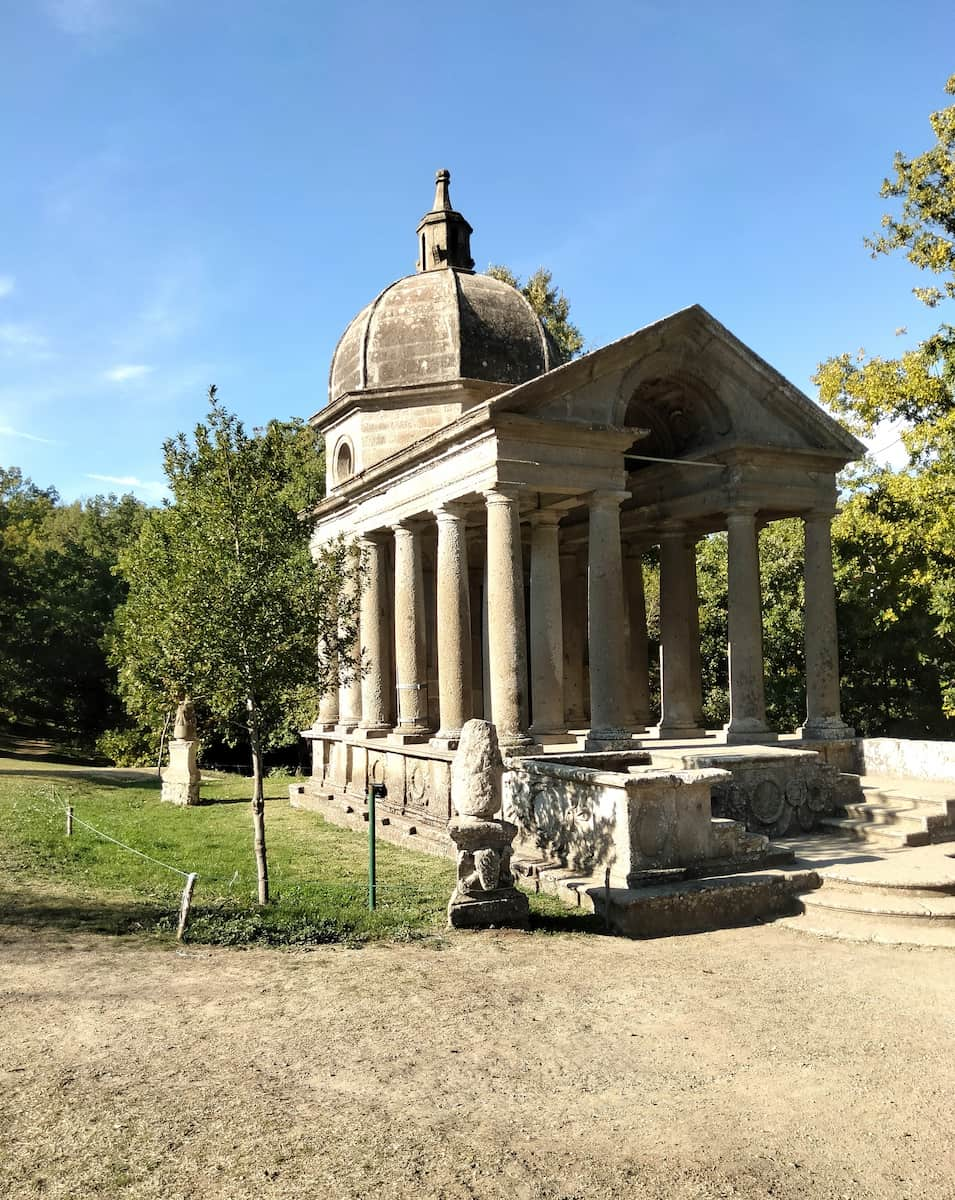
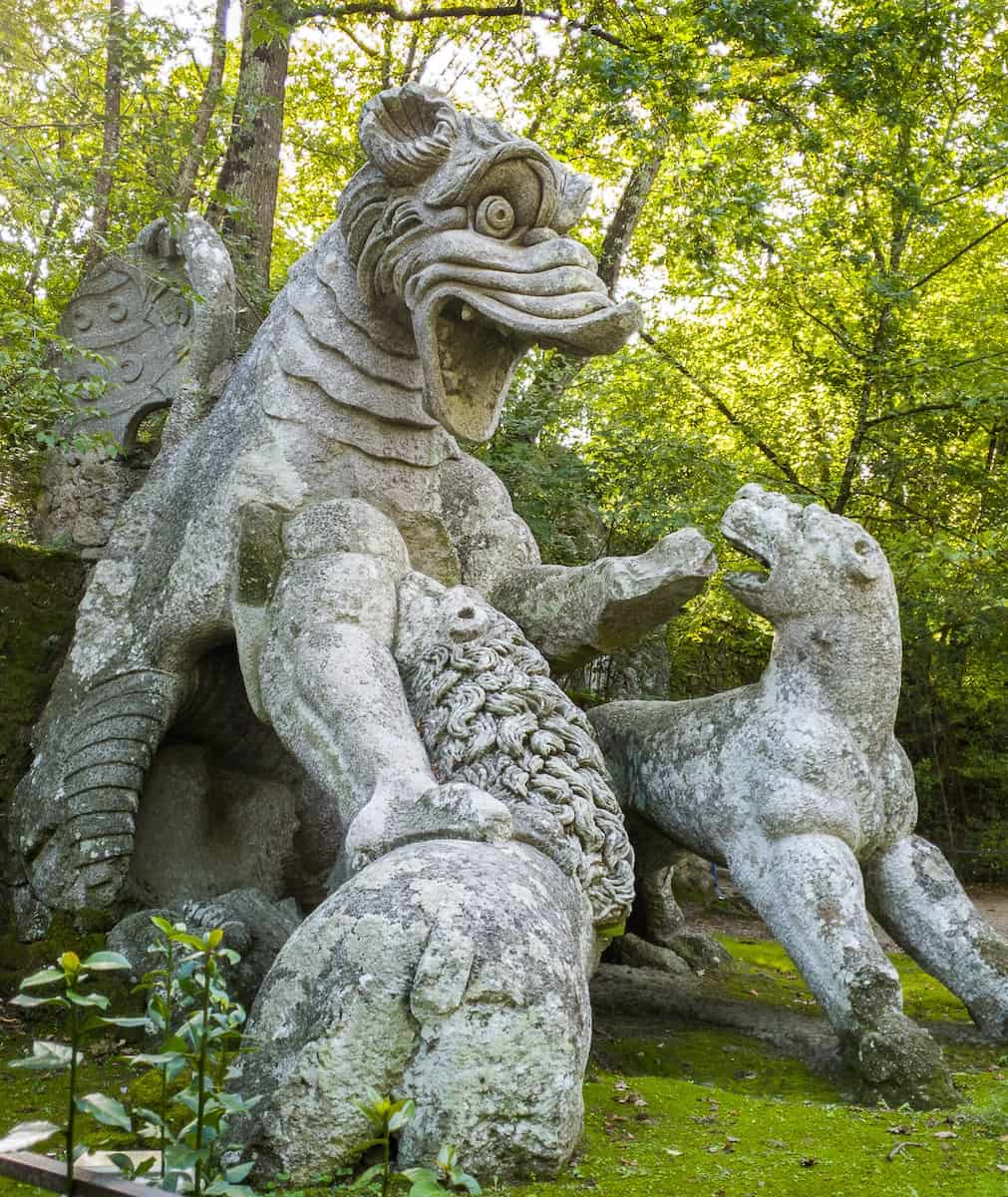
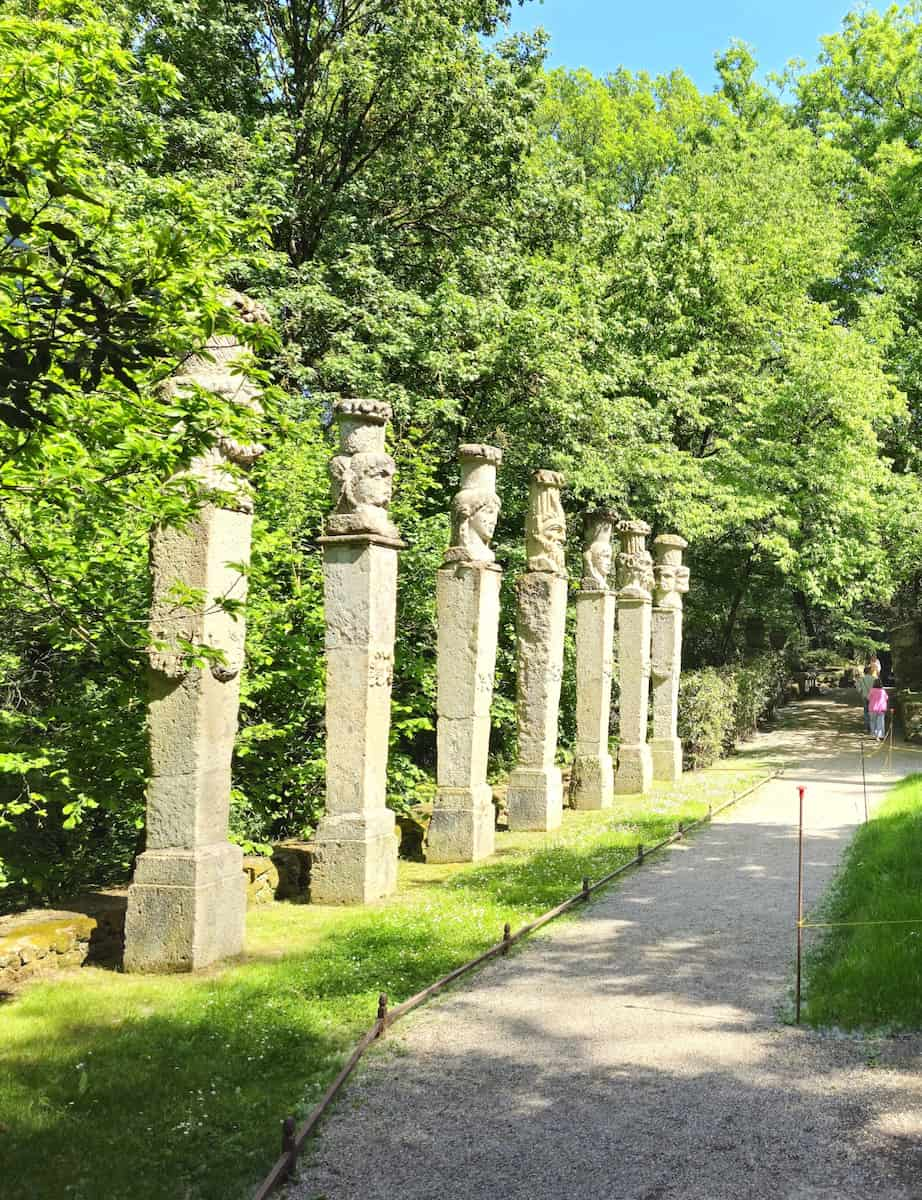
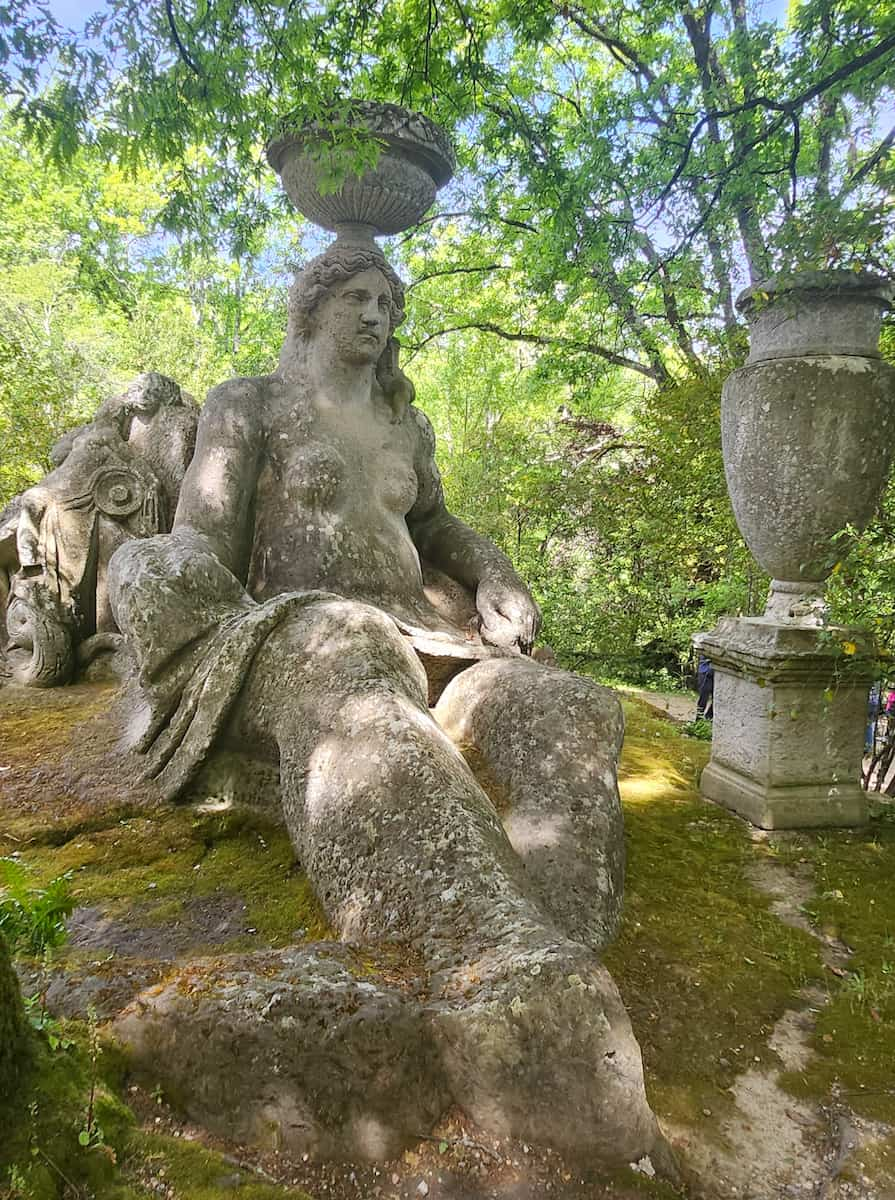
| Top Sculptures | Description | Kid Appeal |
|---|---|---|
| Ogre’s Mouth | Giant face with open mouth | Can walk inside and shout |
| Tilted House | Leaning building | Disorienting fun |
| Elephant & Castle | Elephant with tower | Climbing opportunities |
| Dragon Attacked by Lions | Battle scene | Adventure play |
| Pegasus | Winged horse | Photo opportunities |
| Turtle with Woman | Strange combination | Hide and seek spot |
Activities. The park encourages climbing, exploring, and imaginative play. My nephews invented stories about each monster and pretended to be knights on a quest. The lack of barriers and “do not touch” signs was refreshing.
Practicalities. Entry costs €13 ($14) for adults and €8 ($8.70) for children 4-13. The park is open daily year-round, with longer hours in summer.
Tips. Bring a picnic—there are plenty of tables scattered throughout. Allow at least 2-3 hours to explore fully. The gift shop sells monster-themed souvenirs that kids love.
⭐ Best Activities
- Bomarzo: Sacred Woods Entry Ticket – Explore the surreal and fascinating Monster Park (Sacro Bosco) in Bomarzo with its bizarre Renaissance sculptures and mysterious atmosphere.
2. Perugina Chocolate Museum
Sweet History. The Perugina Chocolate Museum tells the story of Italy’s famous chocolate maker, creator of the iconic Baci chocolates. My daughter was fascinated by the vintage advertisements and chocolate-making equipment from the early 1900s.
Factory Tour. The highlight was watching chocolatiers create Baci (“kisses”) by hand. Through glass walls, we observed the entire process—from mixing chocolate to wrapping each piece in its signature silver foil with a love note inside.
- Antique chocolate molds
- Vintage advertising posters
- Interactive chocolate history timeline
- Original Baci love notes collection
- Chocolate-making equipment
- Founder Luisa Spagnoli’s office recreation
Tasting. The guided tour ended with a generous chocolate tasting session. My kids tried different varieties of Baci along with other Perugina specialties while learning how to properly taste chocolate using all five senses.
Workshop. For an extra €15 ($16.30) per person, we joined a hands-on chocolate making class. The kids wore mini chef hats and aprons while learning to temper chocolate and create their own treats to take home.
Tips. Book the tour in advance—it costs €11 ($12) for adults and €9 ($9.80) for children. Tours run in English several times daily. Visit during the Eurochocolate festival (October) for special events and activities.
⭐ Best Activities
- Perugia: Guided Tour, Lunch & Perugina Chocolate House Tour – Discover Perugia’s historic center and visit the famous Perugina chocolate factory on this delicious tour that includes lunch.
3. Cycling Trails Nera Gorges
Nature. The Nera River Greenway offers 40km of mostly flat, traffic-free cycling through spectacular limestone gorges. My family loved pedaling alongside the crystal-clear river, stopping to spot fish and birds in the pristine water.
Route. We started in Narni and cycled to Arrone, passing ancient abbeys, Roman bridges, and medieval villages. The path follows an old railway line, making it gentle enough for children of all ages.
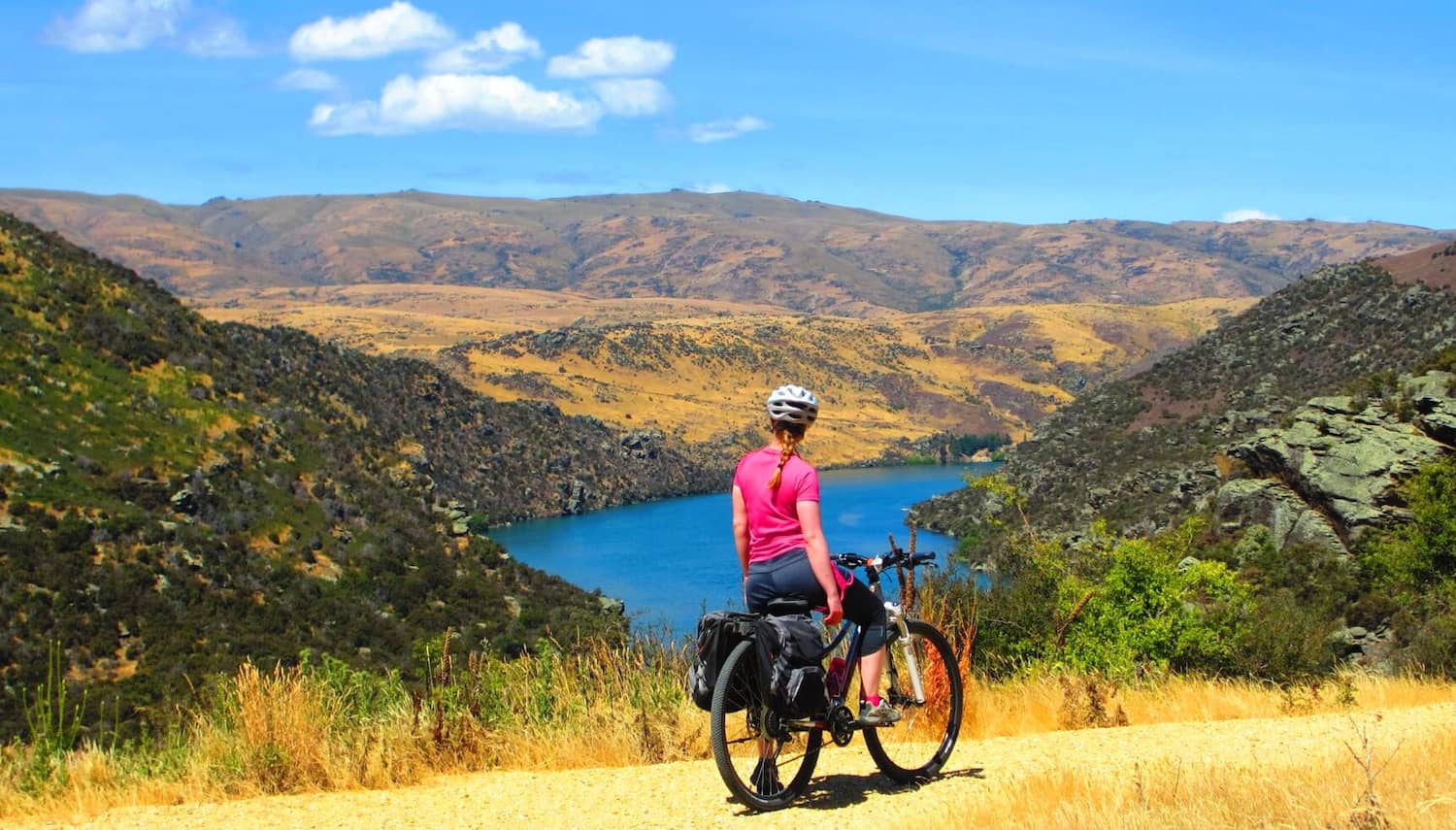
| Section | Distance | Highlights | Difficulty |
|---|---|---|---|
| Narni to Ferentillo | 15km | Augustus Bridge, Abbey of San Cassiano | Easy |
| Ferentillo to Arrone | 10km | Mummie Museum, River beaches | Easy |
| Arrone to Marmore | 8km | Medieval village, Waterfall view | Easy-Moderate |
| Marmore to Terni | 7km | Marmore Falls, Industrial archaeology | Moderate |
Stops. The kids’ favorite break was at Ferentillo’s natural swimming hole, where we cooled off in the clear river water. The tiny Mummie Museum in the same village fascinated them with its naturally mummified bodies.
Rentals. We rented bikes in Terni for €15 ($16.30) per day for adults and €10 ($10.90) for children, including helmets and repair kits. Electric bikes cost €35 ($38) and made the few hills effortless.
Tips. Pack a picnic, swimwear, and plenty of water. The trail has few services between villages. Consider the one-way option with shuttle return if cycling with younger children.
4. Cycling Trails Lake Trasimeno
Scenery. The flat 60km cycle path circling Lake Trasimeno is perfect for families. We pedaled through olive groves, sunflower fields, and medieval villages while enjoying constant views of Italy’s fourth-largest lake.
Wildlife. My kids were thrilled to spot herons, egrets, and even wild boars during our ride. The Oasi La Valle nature reserve has bird-watching hides where we paused to observe dozens of water birds through provided binoculars.
- Castiglione del Lago fortress
- Tuoro sul Trasimeno battle site
- San Feliciano fishing village
- Passignano sul Trasimeno harbor
- Isola Polvese nature park
- Oasi La Valle bird sanctuary
Beaches. We broke up our ride with swimming stops at the lake’s many beaches. The shallow, warm water at Lido di Tuoro was perfect for younger children, while the older ones enjoyed jumping off the dock at Passignano.
Ferry Adventure. A highlight was loading our bikes onto the ferry to Isola Maggiore, the lake’s inhabited island. We cycled around the tiny island, visited a 15th-century church, and ate fresh fish at a waterfront restaurant.
Tips. Rent bikes in any lakeside town for €15-20 ($16-22) per day. The complete circuit is too long for most children in one day—choose a section or plan overnight stops. May and September offer perfect cycling weather without summer crowds.
⭐ Best Activities
- Tour with the Photographer by E-Bike at Lake Trasimeno – Explore the beautiful Lake Trasimeno area by e-bike with a photographer guide who will help you capture stunning images of Umbria’s largest lake.
Free Things to Do in Umbria
1. Spoleto Old Town
Architecture. Spoleto’s perfectly preserved medieval center feels like stepping back in time. I wandered narrow cobblestone streets lined with stone buildings, discovering hidden courtyards and unexpected viewpoints around every corner.
Bridge. The highlight was crossing Ponte delle Torri, a breathtaking 13th-century aqueduct spanning a deep gorge. Standing 80 meters high and 230 meters long, this engineering marvel offered spectacular views of the surrounding mountains.
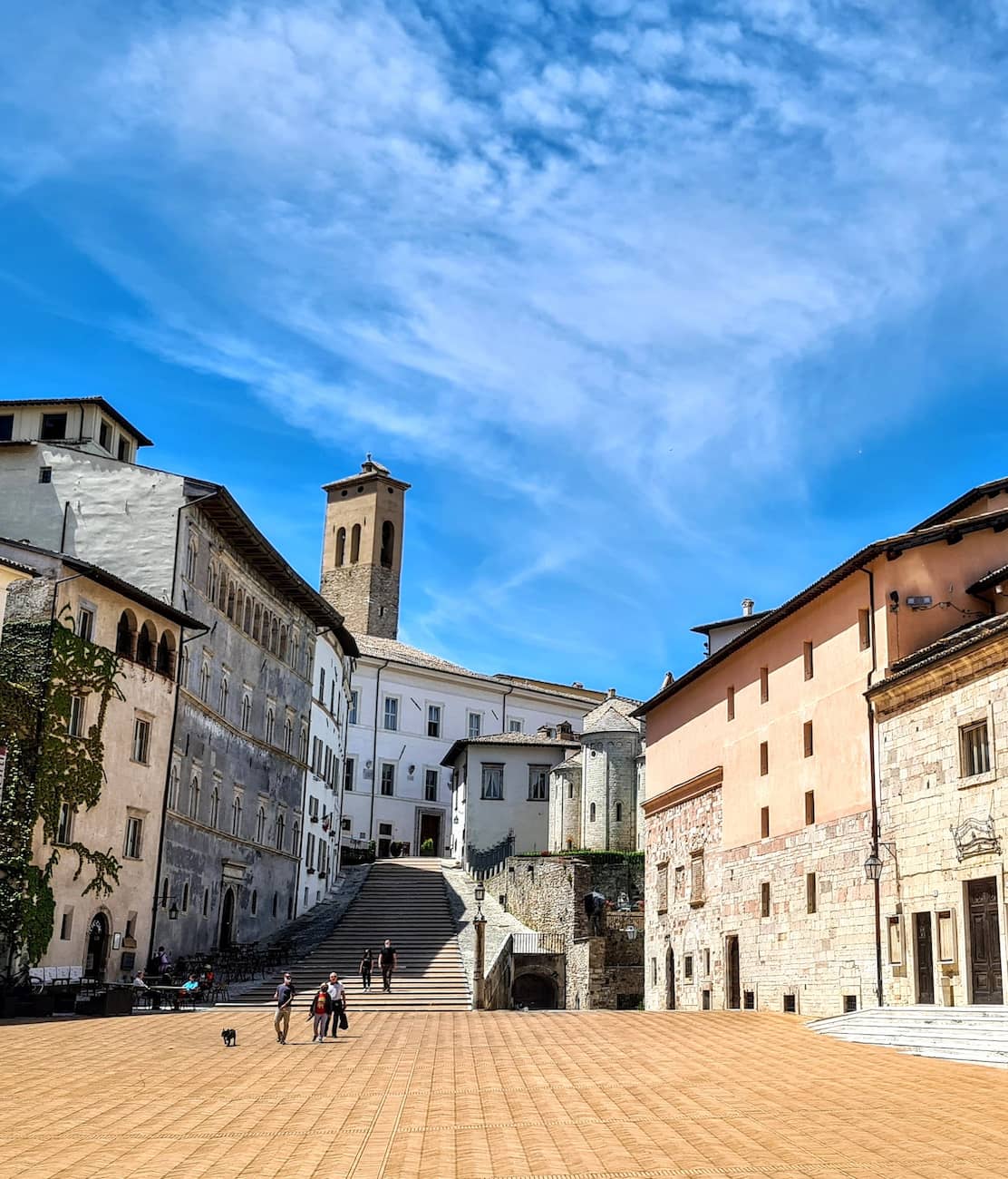
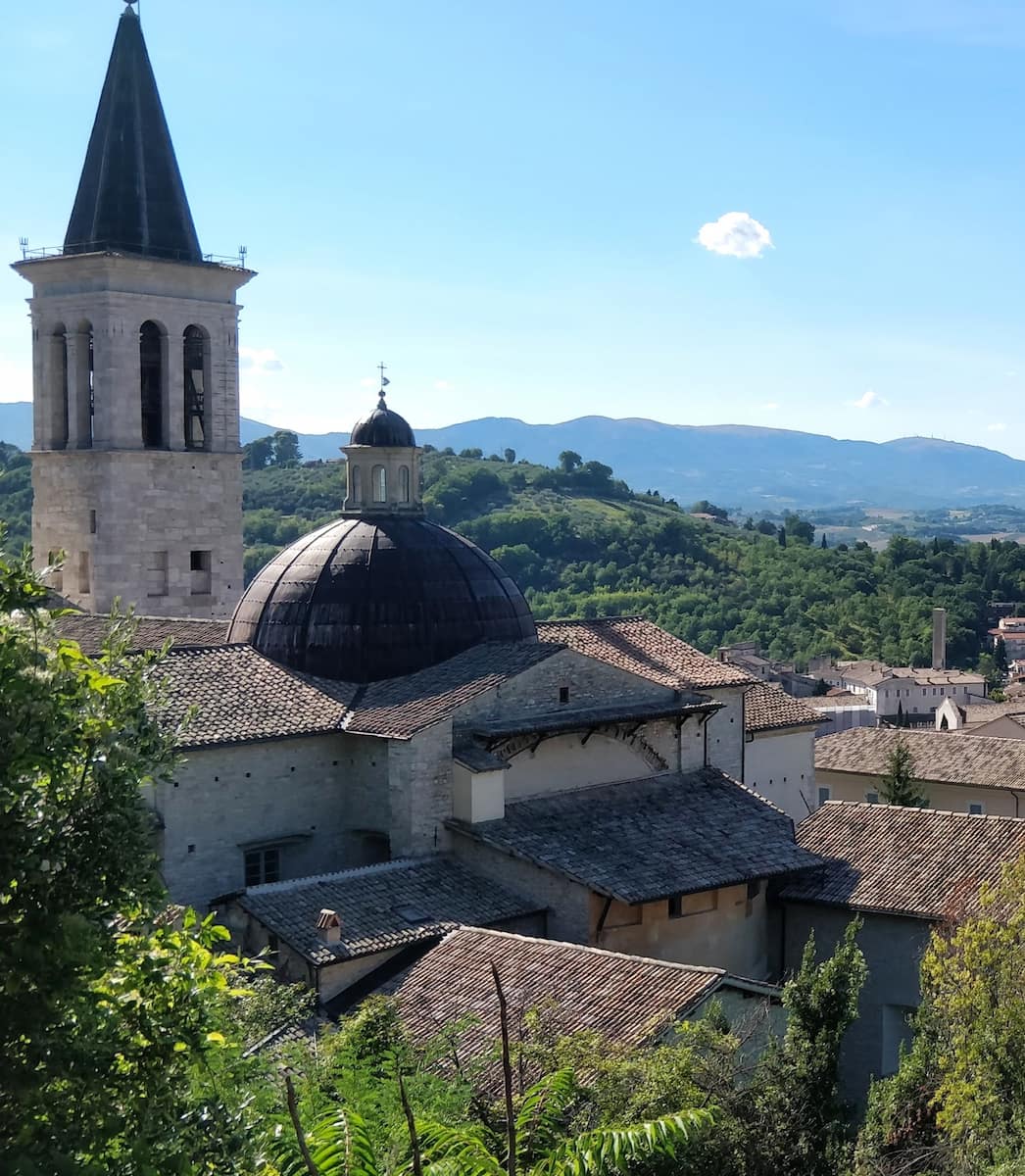
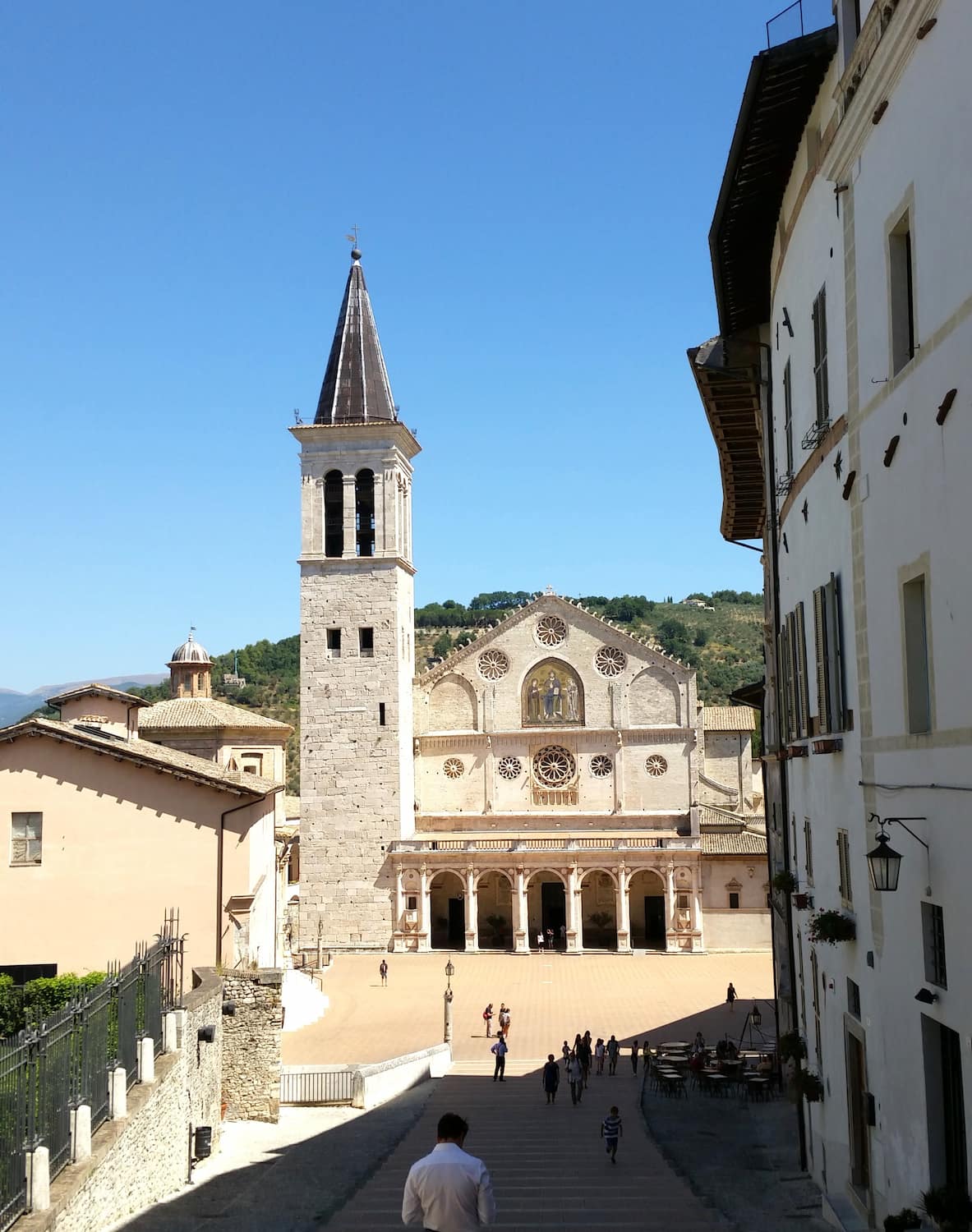
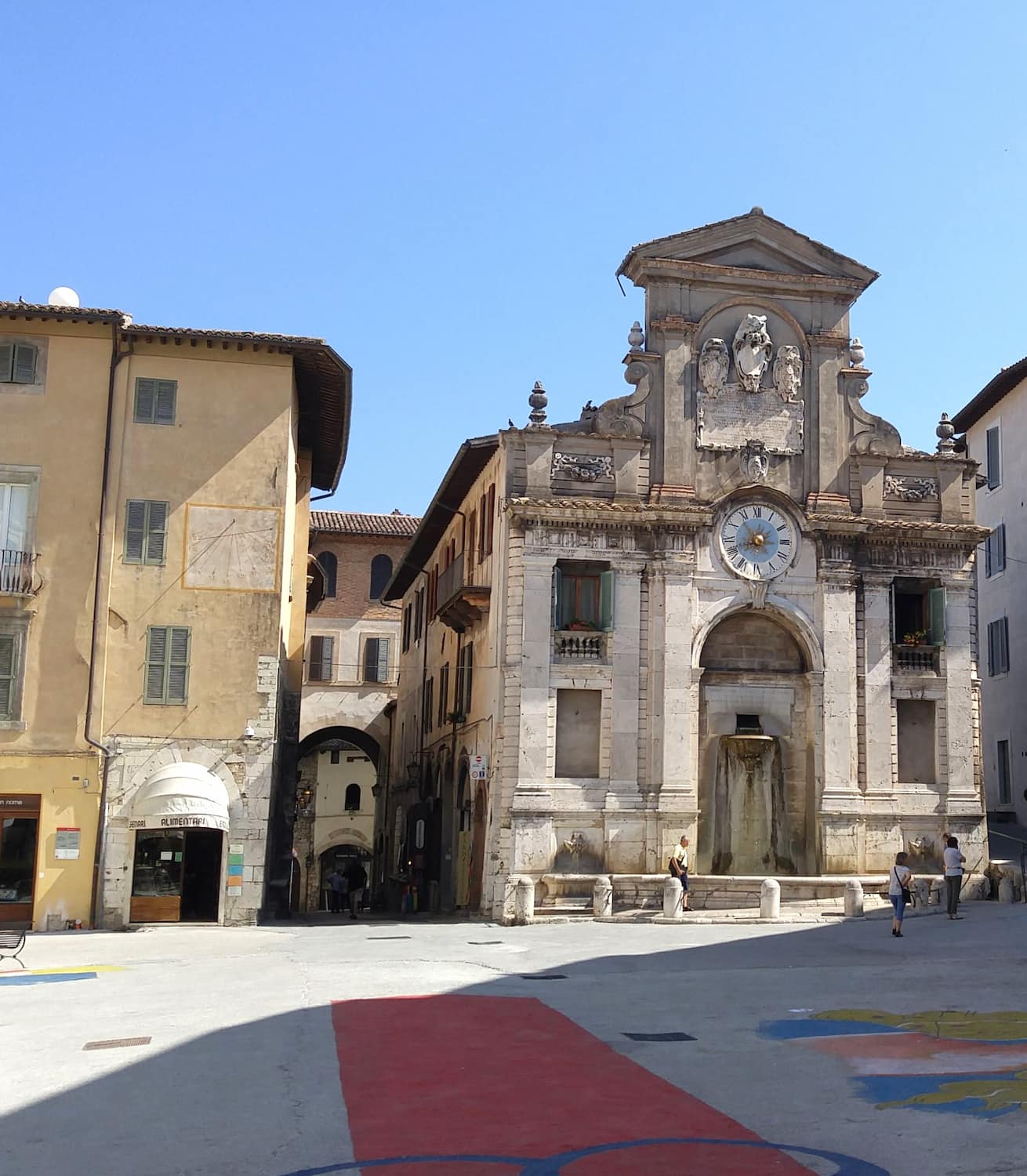
- Rocca Albornoziana fortress
- Ponte delle Torri aqueduct
- Roman theater ruins
- Duomo di Spoleto
- Casa Romana mosaics
- Medieval fountains
- Renaissance palaces
Festivals. If you visit during the Festival dei Due Mondi (late June-early July), you’ll find free outdoor performances and street artists throughout the city. I caught an impromptu opera aria in a tiny piazza that rivaled any paid concert.
Tips. The town is built on a hill, so wear comfortable shoes. The tourist office in Piazza della Libertà offers free maps with suggested walking routes. Early morning provides the best light for photography and fewer tourists.
2. Bevagna Old Town
Authenticity. Unlike some of Umbria’s more famous towns, Bevagna feels genuinely lived-in rather than touristy. I joined locals for their evening passeggiata around the perfectly preserved Roman piazza, now the heart of town life.
Roman Remains. Walking along Via Flaminia, I discovered traces of Bevagna’s Roman past, including a theater and temple fragments incorporated into medieval buildings. The mosaic floors of an ancient bathhouse are visible through glass panels in the street.
| Historic Site | Period | Features |
|---|---|---|
| Piazza Silvestri | Medieval | Two Romanesque churches, town hall |
| Roman Theater | 1st century BCE | Partial remains, stone seating |
| San Michele Arcangelo | 12th century | Romanesque façade, Roman columns |
| City Walls | Medieval | Original gates, defensive towers |
| Palazzo dei Consoli | 13th century | Gothic architecture, civic museum |
Crafts. During the Mercato delle Gaite festival (late June), I watched artisans demonstrate medieval crafts using original techniques—papermaking, silk weaving, blacksmithing—all free to observe. Even outside festival time, many workshops welcome visitors.
Churches. The twin Romanesque churches facing Piazza Silvestri are architectural gems. San Michele Arcangelo features a magnificent portal with intricate carvings, while San Silvestro’s simple interior highlights its perfect proportions.
Tips. Visit on market day (Thursday mornings) when the piazza fills with local produce stalls. The town is flat and compact, making it easy to explore in a couple of hours. Combine with nearby Montefalco for a perfect day trip.
3. Montefalco Old Town
Viewpoint. They call Montefalco the “Balcony of Umbria” for good reason. From the town walls, I gazed across a panorama of vineyards, olive groves, and distant hill towns stretching to Perugia and Assisi.
Piazza. The unusual five-sided main square forms a perfect pentagon surrounded by medieval palaces. I joined locals at outdoor café tables, watching children play while sipping the town’s famous Sagrantino wine.
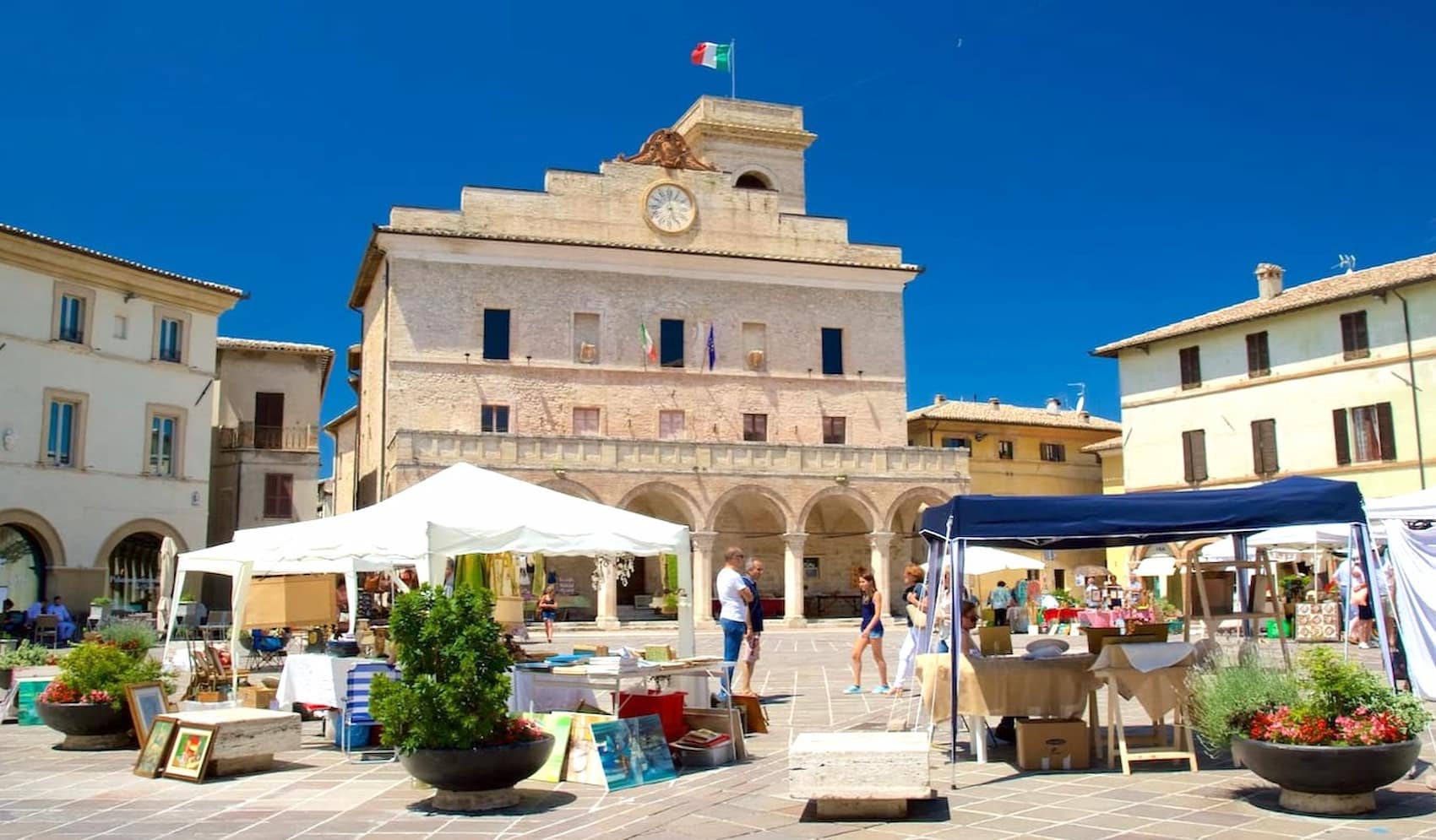
- Church of San Francesco (now museum)
- Circular town layout
- Medieval walls and gates
- Renaissance palaces
- Wine-growing traditions
- Panoramic viewpoints
- Traditional linen workshops
Streets. The concentric circular street pattern makes Montefalco easy to navigate. I followed narrow lanes between stone houses adorned with flowering balconies, discovering artisan workshops selling traditional Umbrian linens.
Tips. Visit on weekdays to avoid weekend crowds. The town is small but steep—wear comfortable shoes. Many wine shops offer free tastings of local Sagrantino and Montefalco Rosso wines, especially during slower afternoon hours.
4. Perugia Piazzas
Fontana Maggiore. Perugia’s main square is dominated by this magnificent 13th-century fountain. I spent an hour examining its 25 sides carved with zodiac signs, biblical scenes, and medieval labors representing each month.
Piazza IV Novembre. The heart of Perugia pulses with life around the clock. I watched university students sketching the cathedral, tourists photographing the fountain, and locals meeting friends on the cathedral steps—all free entertainment.
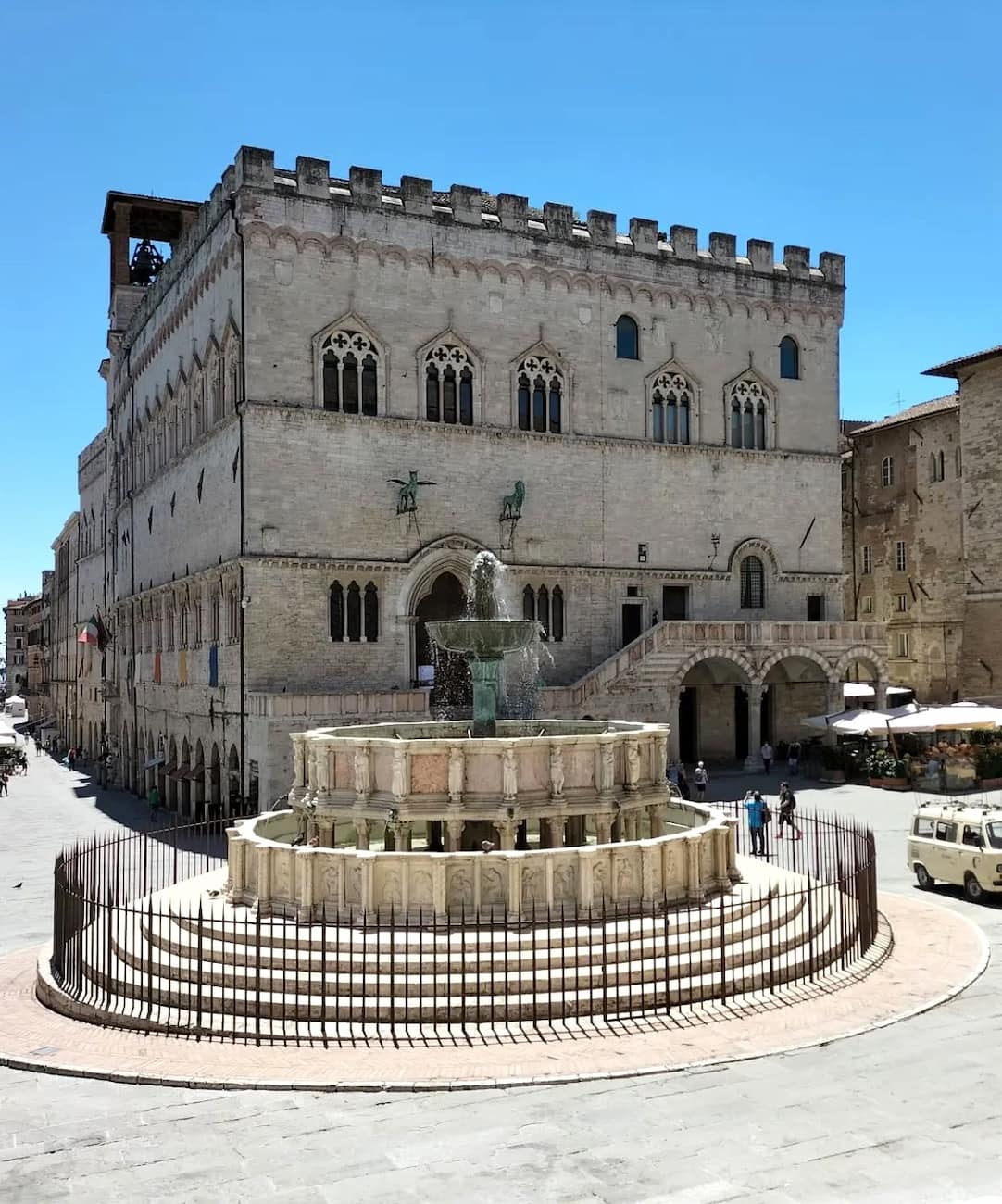
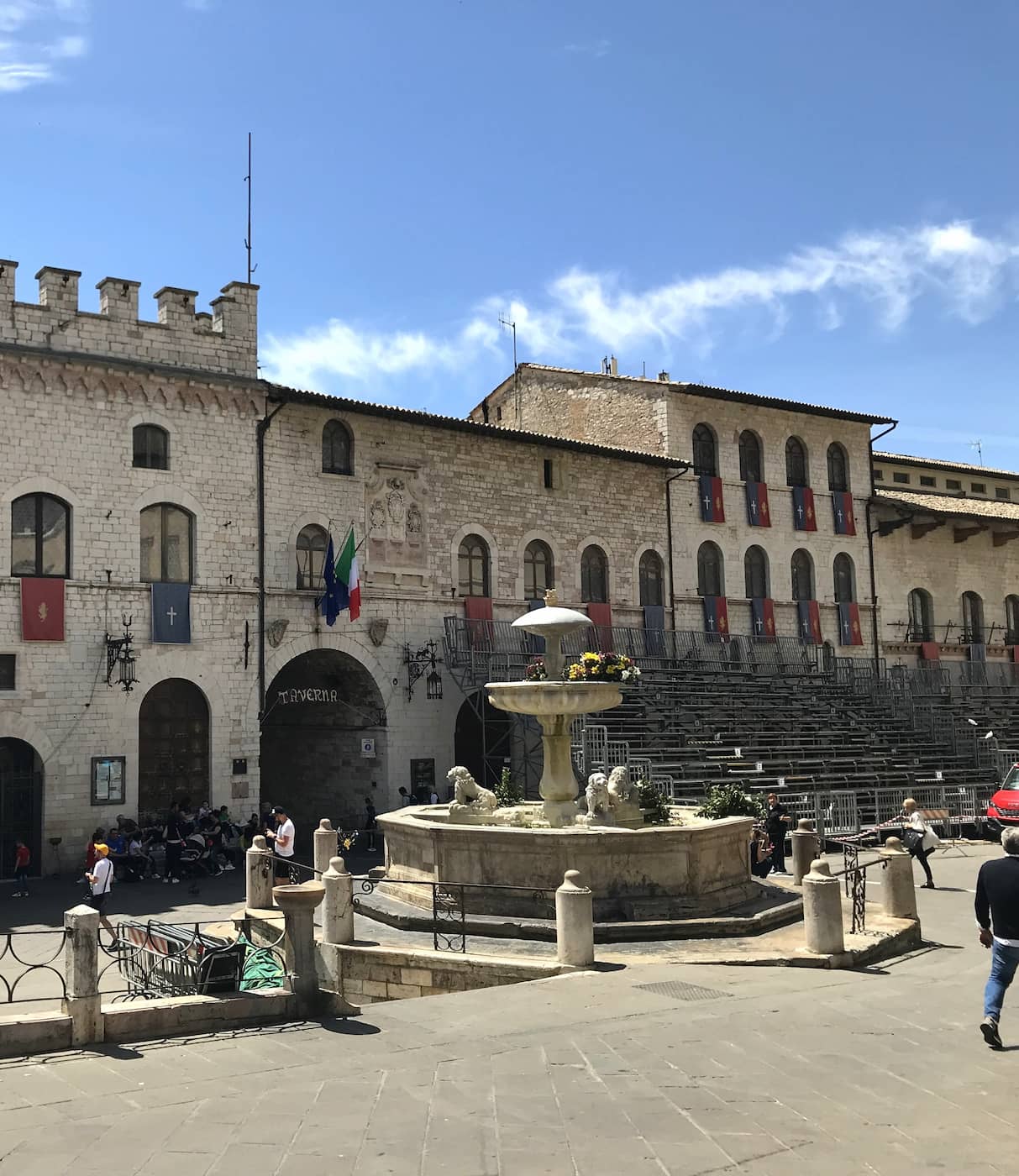
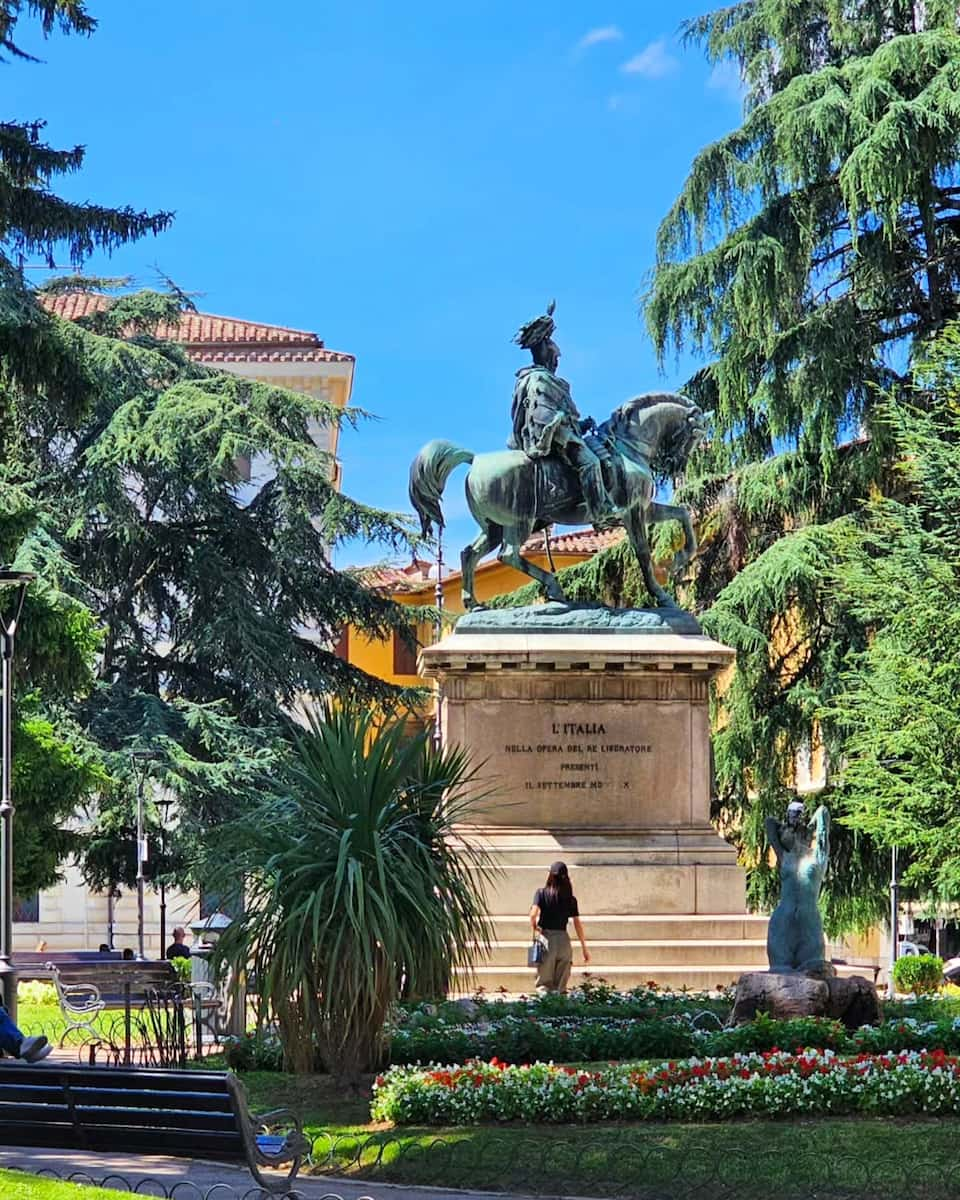

| Piazza | Main Features | Best Time to Visit |
|---|---|---|
| Piazza IV Novembre | Fontana Maggiore, Cathedral, Palazzo dei Priori | Morning for best light |
| Piazza Matteotti | Market hall, views, cafés | Market days (Sat) |
| Piazza Italia | Government palace, park views | Sunset for panoramas |
| Piazza Danti | University area, street performers | Evening for atmosphere |
| Piazza Fortebraccio | Etruscan arch, ancient walls | Early morning (fewer cars) |
Corso Vannucci. This elegant pedestrian boulevard connects Perugia’s main squares. I joined the evening passeggiata, watching fashionable Perugians stroll, shop, and socialize in this open-air living room.
Events. Throughout the year, Perugia’s piazzas host free concerts, markets, and festivals. During Umbria Jazz (July), I enjoyed free performances on outdoor stages set up in various squares.
Tips. Use the MiniMetrò or escalators to reach the historic center without climbing steep hills. The tourist office in Piazza Matteotti offers free maps with suggested walking routes. Early evening brings the best atmosphere when locals emerge for their passeggiata.
5. Rasiglia Village
Waterways. Known as the “Little Venice of Umbria,” tiny Rasiglia is built around a network of crystal-clear streams and waterfalls. I crossed stone bridges and followed pathways alongside channels that once powered wool mills and grain mills.
History. This village of just 70 residents preserves its medieval character and industrial heritage. The restored mill buildings show how water power drove the local economy for centuries before the village was largely abandoned.
- Natural springs
- Stone bridges
- Restored water mills
- Medieval houses
- Flowering balconies
- Ancient washing pools
- Waterfall viewpoints
Photography. Every corner of Rasiglia offers a perfect photo opportunity. I captured reflections in the clear pools, water wheels, stone houses with flowering balconies, and cascades tumbling between buildings.
Events. If you visit during the Penelope Festival (July), you’ll see demonstrations of traditional wool processing and weaving. During December, the Christmas market transforms the village into a magical illuminated wonderland.
Tips. Visit early morning or late afternoon to avoid tour groups. The village is tiny and can be explored in an hour. Wear sturdy shoes as the paths can be slippery near the water. Bring a refillable water bottle—the spring water is delicious and safe to drink.
6. Porta Sole Viewpoint Perugia
Panorama. From this highest point in Perugia’s historic center, I gazed across red-tiled rooftops to the Umbrian valley beyond. On clear days, the view stretches from Assisi to Lake Trasimeno and the distant Apennine mountains.
History. This area once held Perugia’s medieval fortress, destroyed during a 16th-century uprising. Today, the peaceful garden and terrace offer a quiet retreat from the busy shopping streets below.
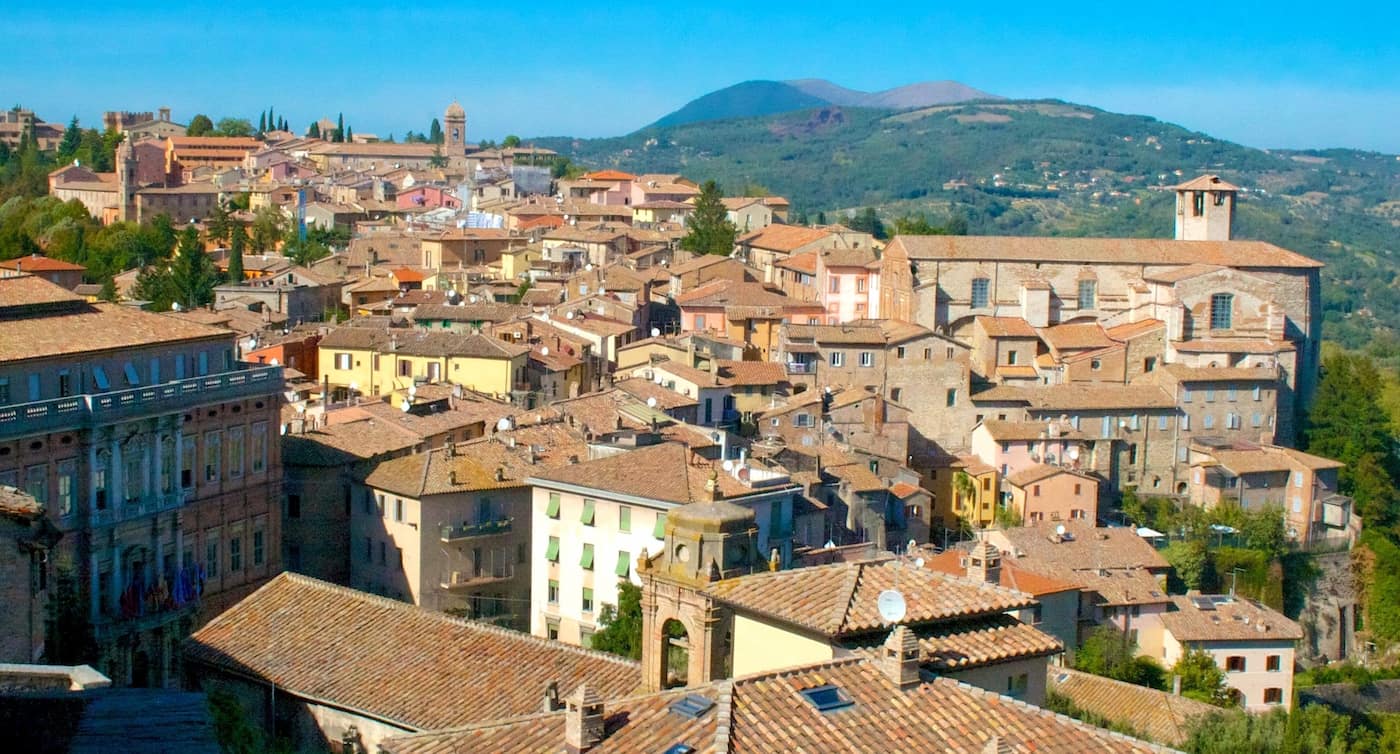
| Viewpoint Features | What You’ll See | Best Viewing Time |
|---|---|---|
| 360° panorama | Assisi, Trasimeno, Apennines | Late afternoon |
| Medieval walls | City fortifications | Morning light |
| Garden benches | Perfect picnic spots | Midday shade |
| Ancient foundations | Fortress ruins | Anytime |
| University quarter | Student life | Evening activity |
Sunset. I timed my visit for golden hour when the setting sun bathes the landscape in warm light. The sight of distant hill towns glowing gold against darkening valleys was unforgettable.
Access. Finding this hidden viewpoint is part of the adventure. I followed narrow medieval streets uphill from the cathedral, discovering charming corners of Perugia that most tourists miss.
Tips. Bring water and perhaps a picnic—there are no services at the viewpoint itself. The closest café is about 5 minutes’ walk downhill. Visit in spring to see the garden in bloom or in autumn when visibility is often best.
7. Artisan Shops Umbria
Craftsmanship. Umbria preserves traditional crafts that have disappeared elsewhere. I watched potters in Deruta hand-painting ceramics using techniques unchanged for centuries, creating distinctive blue and yellow maiolica.
Workshops. Many artisans welcome visitors to their workshops. In Assisi, I observed a weaver creating intricate patterns on a wooden loom, while in Todi, a woodcarver demonstrated how he transforms olive wood into beautiful utensils.
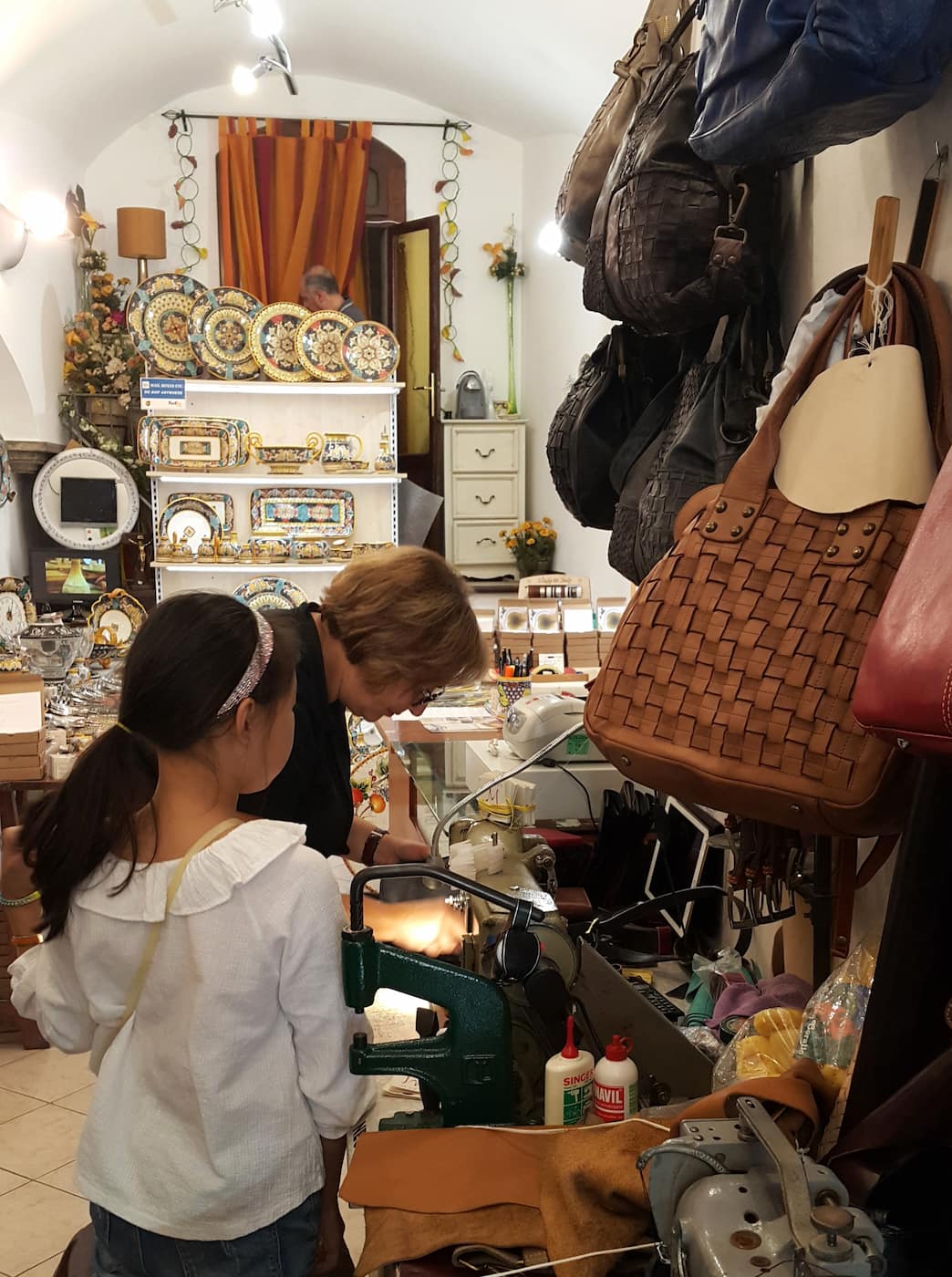
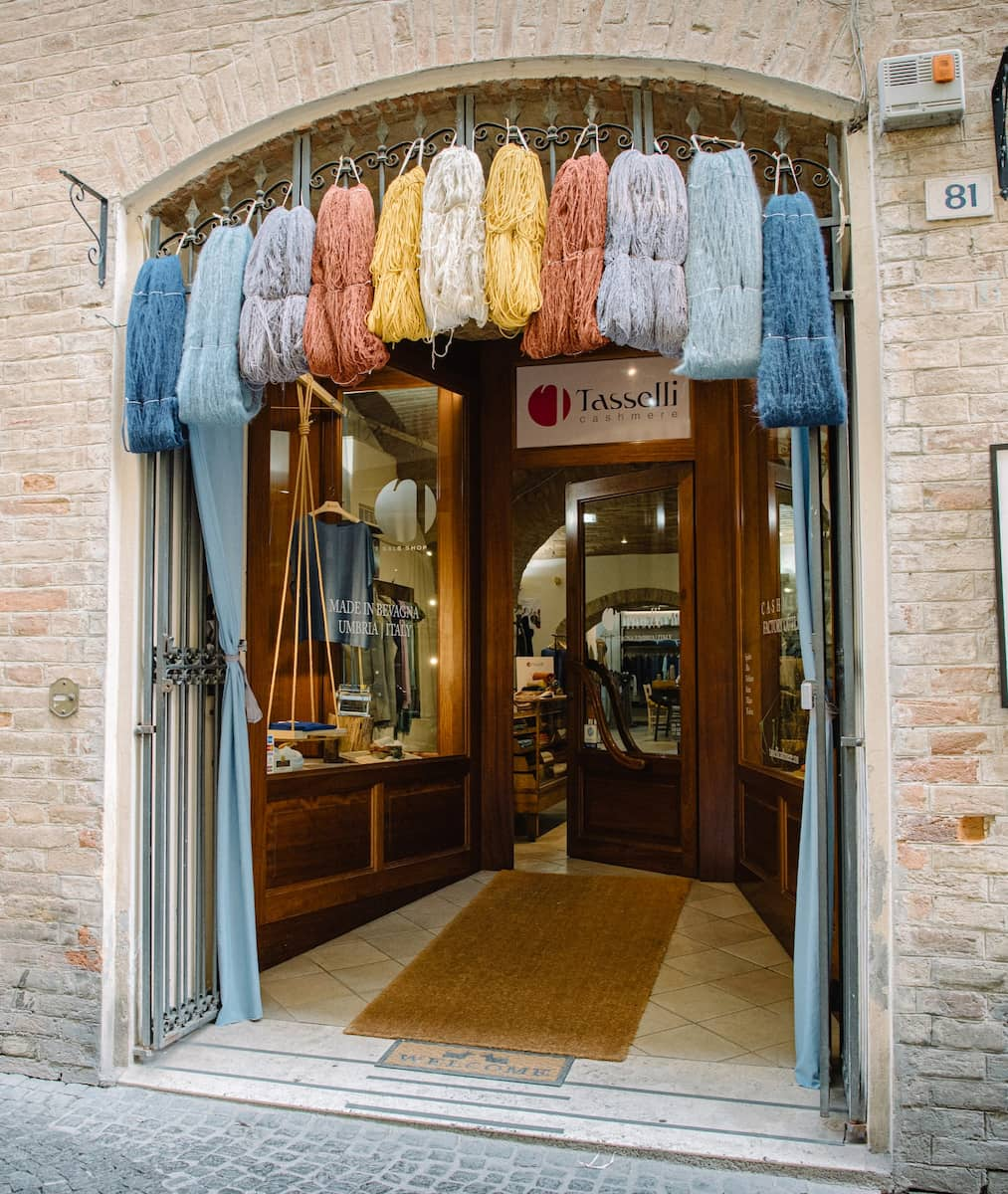
| Craft | Best Town | What to See |
|---|---|---|
| Ceramics | Deruta, Gubbio | Pottery painting, kilns |
| Textiles | Perugia, Montefalco | Weaving, embroidery |
| Woodworking | Todi, Città di Castello | Carving, restoration |
| Blacksmithing | Bevagna, Gubbio | Forge work, tools |
| Papermaking | Fabriano (nearby) | Handmade paper process |
| Leatherwork | Assisi, Perugia | Traditional techniques |
Shopping. While purchasing artisan products costs money, browsing the shops and watching demonstrations is completely free. I spent a fascinating afternoon exploring Deruta’s ceramic district without spending a cent.
Traditions. Some shops have been in the same family for generations. In Gubbio, I visited a ceramics studio where the current artisan showed me pieces made by his grandfather, using the same distinctive lustro technique.
Tips. Most workshops are open weekday mornings and afternoons, but often close for lunch (1-3:30pm). Call ahead if you want to see specific production techniques. Many artisans speak some English, especially in tourist areas.
8. Lake Trasimeno Promenades
Lakefront. The shoreline paths around Lake Trasimeno offer peaceful walks with constant water views. I strolled the promenade in Passignano, watching fishing boats return with their catch while the sun set behind distant islands.
Nature. The lake is a haven for birds and wildlife. Walking the path near Castiglione del Lago, I spotted herons, egrets, and even a family of wild boars emerging from the reeds at dusk.
- Passignano sul Trasimeno (northern shore)
- San Feliciano (eastern shore)
- Castiglione del Lago (western shore)
- Tuoro sul Trasimeno (northwestern shore)
- Sant’Arcangelo (southern shore)
- Borghetto (southwestern shore)
History. Interpretive signs along the Tuoro promenade explain the famous Battle of Trasimeno, where Hannibal defeated Roman legions in 217 BCE. I followed the historical trail imagining the dramatic events that unfolded on these peaceful shores.
Sunsets. Lake Trasimeno offers spectacular sunsets. I found a bench along San Feliciano’s promenade and watched the sky turn from blue to pink to deep orange as the sun sank behind Isola Polvese.
Tips. The most developed promenades are in Passignano and Castiglione del Lago. Bring binoculars for birdwatching. Early morning and evening offer the best light for photography and the most active wildlife.
9. Lake Trasimeno Beaches
Swimming. Lake Trasimeno’s shallow, warm waters make it perfect for swimming. I relaxed at the free public beach in Castiglione del Lago, where the gradual slope into the water is ideal for families with children.
Locations. Public beaches ring the lake, each with its own character. Tuoro’s Lido has a grassy shore perfect for picnics, while Passignano’s beach offers views of the mountains beyond the northern shore.
| Beach | Features | Best For |
|---|---|---|
| Castiglione del Lago | Sandy shore, shallow entry | Families with children |
| Tuoro sul Trasimeno | Grassy areas, trees | Picnics, shade |
| Passignano | Pebbly shore, deeper water | Swimming, views |
| San Feliciano | Small coves, fishing boats | Photography, quiet |
| Isola Polvese | Island beaches | Adventure, nature |
Facilities. While beach clubs charge for loungers and umbrellas, public beach areas are completely free. Most have basic facilities like outdoor showers and changing areas. I packed a picnic and spent the entire day without spending anything.
Activities. Beyond swimming, I watched locals fishing from shore and families playing beach volleyball on free public courts. The shallow water near Tuoro is perfect for skipping stones—my personal record was seven skips!
Tips. Visit on weekdays to avoid local crowds. Early morning offers the calmest water for swimming. Bring water shoes as some beaches have pebbly entries. The lake is cleanest in early summer before peak tourist season.
Seasonal Activities in Umbria
1. Christmas Markets Perugia Piazza IV Novembre
Atmosphere. Perugia’s main square transforms into a winter wonderland from early December through Epiphany (January 6). I wandered between wooden chalets decorated with twinkling lights, the scent of roasted chestnuts and mulled wine filling the crisp air.
Shopping. Local artisans sell handcrafted gifts not found in regular shops. I discovered hand-painted ceramics from Deruta, woven textiles from Montefalco, and carved olive wood nativity scenes from Assisi—all perfect souvenirs.
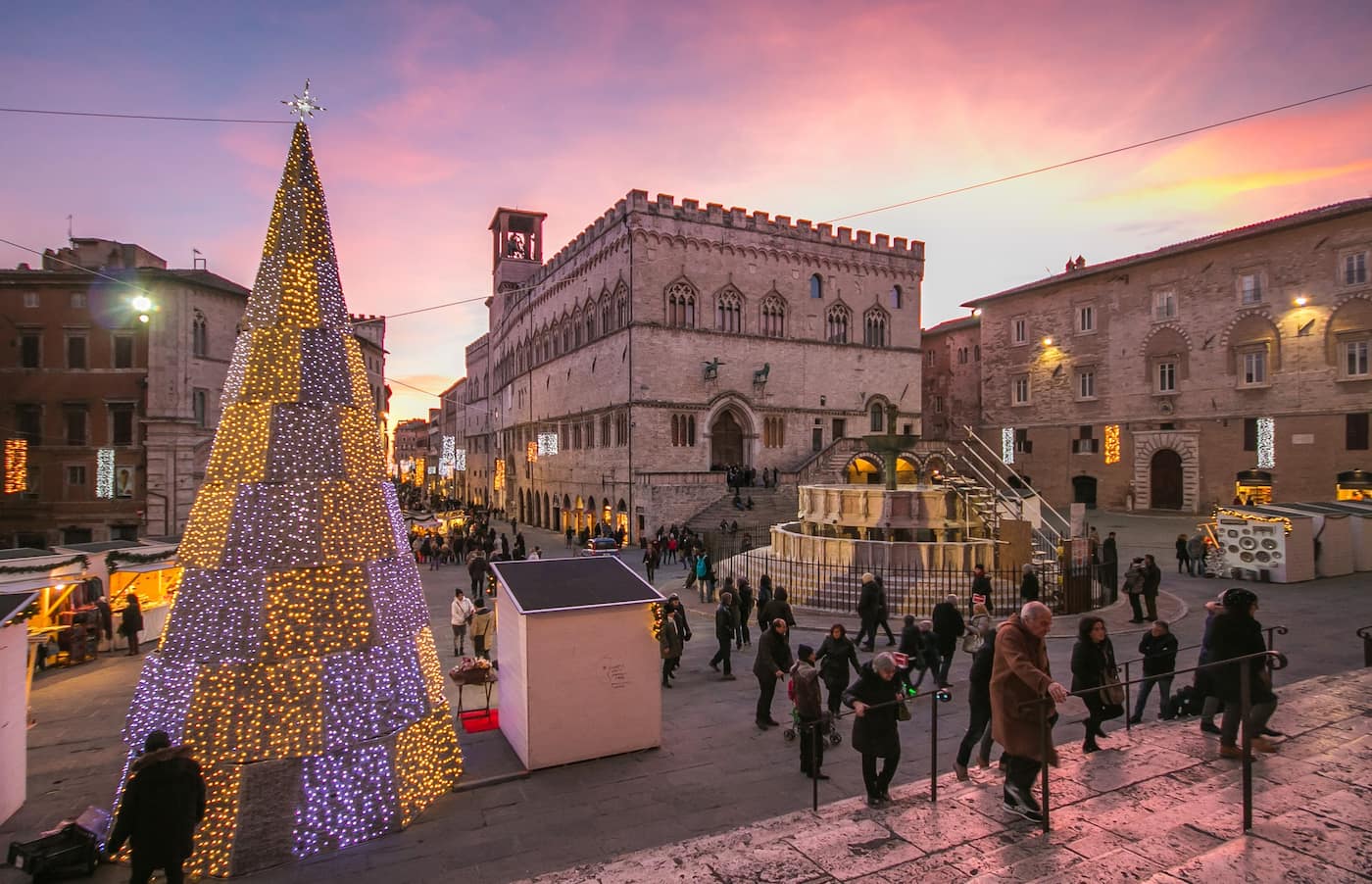
- Handcrafted ornaments
- Local food specialties
- Artisan chocolates
- Mulled wine (vin brulé)
- Roasted chestnuts
- Umbrian ceramics
- Wool products
- Olive wood crafts
Food. The market features regional specialties like torrone (nougat), panpepato (spiced chocolate-nut cake), and local cheeses. I sampled freshly-made porchetta sandwiches and castagnaccio (chestnut flour cake) while watching cooking demonstrations.
Entertainment. Free concerts take place on weekends, featuring everything from children’s choirs to folk musicians. I caught a moving performance of traditional Christmas songs by a local choir on the cathedral steps.
Tips. The market runs daily from around December 1 to January 6, typically 10am-8pm (later on weekends). Visit on weekday mornings for a more relaxed experience or evenings for the magical atmosphere with all the lights.
2. Gubbio Festa dei Ceri May 15
Tradition. Every May 15th, Gubbio erupts in its most important celebration—a race carrying three enormous wooden “candles” topped with statues of saints. I joined thousands of spectators lining the steep route from Piazza Grande to the Basilica of Sant’Ubaldo.
Preparation. The festivities begin days earlier with the “Alzata” ceremony when the massive structures (each weighing 400kg) are raised upright in Piazza Grande. I watched team members practice carrying techniques and strengthen their shoulders for the big day.
| Team | Saint | Color | Traditional Profession |
|---|---|---|---|
| Sant’Ubaldo | Yellow | Masons, bricklayers | Always wins by tradition |
| San Giorgio | Blue | Merchants, artisans | Second place |
| Sant’Antonio | Black | Farmers, students | Third place |
Race Day. The energy on May 15th is electric. I secured a spot near Piazza Grande early, watching the blessing of the Ceri before the wild sprint began at 6pm. The teams raced through narrow medieval streets and up the mountain to Sant’Ubaldo Basilica.
Celebration. After the race, the entire town celebrates with feasting and dancing. I joined locals in the streets, sampling traditional foods and Gubbio’s special “Festa dei Ceri” beer brewed only for this occasion.
3. Umbria Jazz Festival July
Performances. For ten days in July, Perugia becomes the jazz capital of Europe. While headline acts perform in ticketed venues, I enjoyed dozens of free concerts in piazzas and streets throughout the historic center.
Atmosphere. The entire city vibrates with music from noon until late night. I wandered from Piazza IV Novembre to Giardini Carducci, stopping to listen to everything from traditional New Orleans jazz to avant-garde fusion and Latin rhythms.
- Main stage (Arena Santa Giuliana) – ticketed
- Teatro Pavone – ticketed
- Piazza IV Novembre – free performances
- Giardini Carducci – free performances
- Corso Vannucci – street musicians
- Jazz Club – late night sessions
Street Scene. Beyond organized concerts, impromptu jam sessions spring up throughout the city. I discovered a brilliant saxophone quartet performing in a tiny medieval courtyard and joined locals dancing to a brass band in Piazza Matteotti.
Food and Drink. Temporary jazz cafés and wine bars pop up throughout the center. I sipped Umbrian wine at an outdoor table while listening to a Brazilian bossa nova trio—a perfect summer evening.
Tips. The festival runs for 10 days in mid-July. Book accommodation well in advance. Free concerts typically happen afternoons and early evenings, while ticketed performances start later. Check the official program online for the complete schedule.
4. Spring Blooms Umbrian Countryside April–May
Wildflowers. In late April and May, Umbria’s meadows explode with color. I hiked through fields near Norcia carpeted with poppies, cornflowers, and wild orchids—a photographer’s dream and completely free to enjoy.
Castelluccio. The ultimate spring flower experience happens in the high plains of Castelluccio di Norcia. I timed my visit for late May when the famous lentil fields burst into a patchwork of red, yellow, purple, and white blooms.
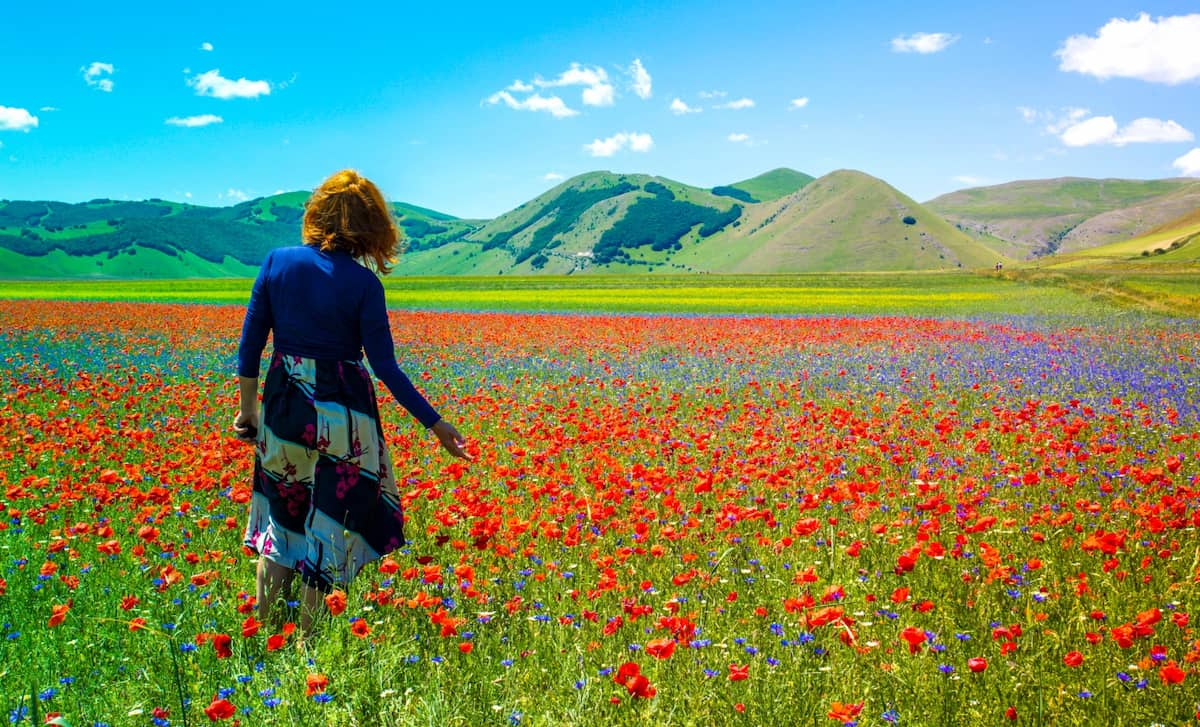
- Poppies (late April-May)
- Wild orchids (April-May)
- Cornflowers (May)
- Lentil flowers (late May-early July)
- Sunflowers (June-July)
- Lavender (June-July)
- Wild roses (May-June)
- Broom (May)
Gardens. While some gardens charge entry fees, many village squares and monastery grounds offer free flower displays. The rose garden at Santa Maria degli Angeli and the medicinal herb garden at San Francesco in Assisi were particularly beautiful.
Tips. The exact timing of blooms varies with altitude and weather. Follow local tourism social media accounts for updates on peak flowering times. Early morning provides the best light for photography and fewer visitors.
5. Autumn Foliage Walks Monte Subasio October–November
Colors. In late October and early November, Monte Subasio’s forests transform into a tapestry of gold, orange, and crimson. I hiked the circular trail from Assisi, marveling at how the changing leaves framed views of the valley below.
Forests. The mountain’s mixed woodlands of oak, maple, and chestnut create diverse autumn colors. I collected sweet chestnuts along the path and photographed sunlight filtering through golden leaves.
| Trail | Distance | Duration | Starting Point | Highlights |
|---|---|---|---|---|
| Assisi Loop | 12km | 4-5 hours | Porta Cappuccini | Hermitage, viewpoints |
| Spello Circuit | 8km | 3 hours | Spello town gate | Roman aqueduct, forests |
| Summit Trail | 6km | 2.5 hours | Eremo delle Carceri | Peak views, meadows |
| Franciscan Path | 4km | 1.5 hours | San Damiano | Woodland |
| Mortaro Grande | 3km | 1 hour | Monte Subasio road | Sinkhole, beech forest |
Wildlife. Autumn brings increased animal activity as creatures prepare for winter. I spotted deer, wild boars, and numerous bird species during my quiet morning walks.
Hermitage. The Eremo delle Carceri, Saint Francis’s mountain retreat, is surrounded by ancient oak trees that turn deep red in autumn. I followed the peaceful path where Francis reportedly preached to birds, now lined with spectacular fall foliage.
Tips. Mid-morning offers the best light after any morning mist has cleared. Wear layers—mountain weather changes quickly in autumn. Bring a container for collecting chestnuts if hiking in late October. Check trail conditions at the Assisi tourist office before setting out.
Day Trips from Umbria
1. Assisi Basilica of Saint Francis
Architecture. This UNESCO World Heritage site consists of two churches built on top of each other. The lower basilica feels mysterious with its low ceilings and dim lighting, while the upper basilica soars with light and Giotto’s famous frescoes.
Artwork. The basilica houses some of Italy’s most important medieval art. I stood mesmerized before Giotto’s 28 scenes from Saint Francis’s life, painted in the 1300s with revolutionary perspective and emotion.
| Section | Main Features | Best Time to Visit |
|---|---|---|
| Upper Basilica | Giotto frescoes, Gothic architecture | Morning (fewer crowds) |
| Lower Basilica | Cimabue works, Saint’s tomb | Afternoon (better lighting) |
| Crypt | Saint Francis’s tomb | Any time (prayer times vary) |
| Treasury Museum | Religious artifacts | Late afternoon |
Spiritual. The tomb of Saint Francis sits in the crypt below both churches. I joined pilgrims from around the world in this simple, sacred space that contrasts with the ornate basilicas above.
Beyond the Basilica. After visiting the main attraction, I explored Assisi’s other treasures—the Basilica of Santa Chiara, the Roman temple of Minerva, and the castle overlooking the town. The walk to Eremo delle Carceri, Francis’s mountain retreat, took me through olive groves with spectacular views.
Tips. Photography is prohibited inside, and modest dress is required (covered shoulders and knees). Visit early morning or late afternoon to avoid tour groups. The basilica is free to enter, but the museum costs €6 ($6.50).
⭐ Best Activities
- The Basilica of San Francesco in Assisi Private Tour – Discover the spiritual and artistic treasures of Assisi’s most famous landmark with this private guided tour of the Basilica of St. Francis.
2. Orvieto Saint Patrick’s Well
Engineering. Saint Patrick’s Well in Orvieto is a Renaissance masterpiece of engineering. I descended the 248 steps of the double helix staircase—designed so that mules carrying water could go down and up without crossing paths.
History. Pope Clement VII commissioned the well in 1527 as a water source during sieges. The architect, Antonio da Sangallo the Younger, created this 53-meter-deep structure with 72 windows that illuminate the descent with natural light.
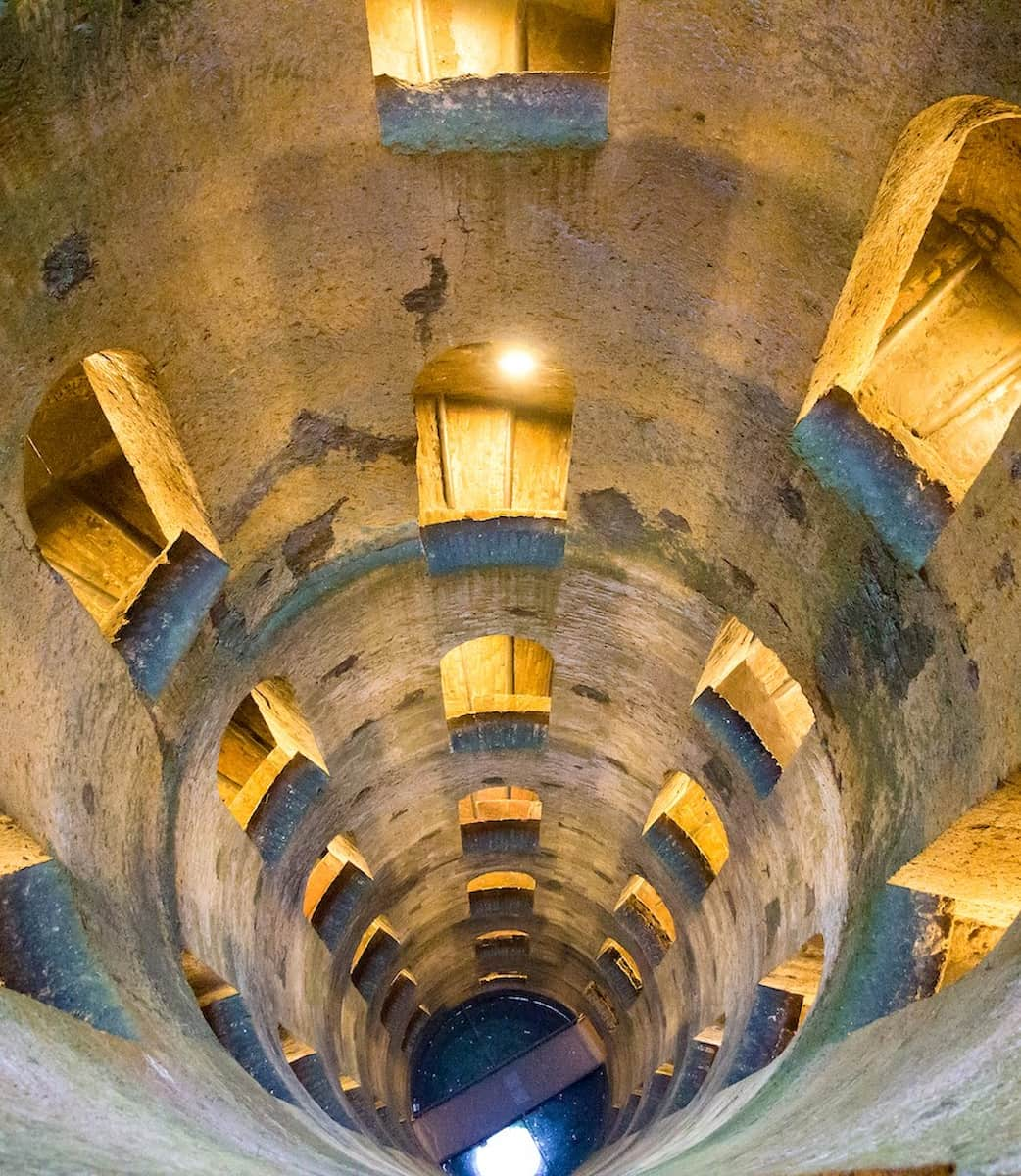
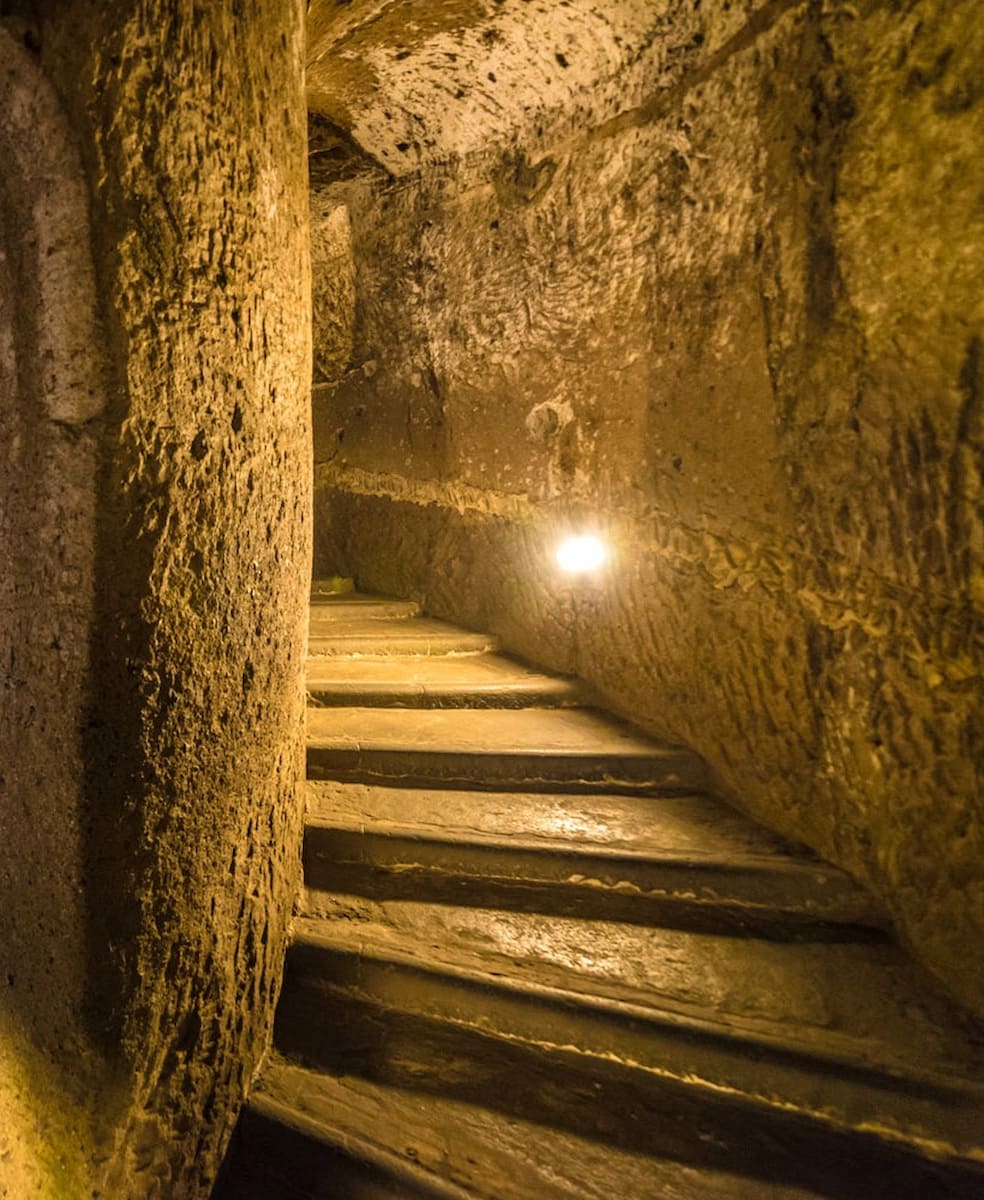
- Depth: 53 meters (174 feet)
- Width: 13 meters (43 feet)
- Steps: 248
- Windows: 72
- Construction: 1527-1537
- Architect: Antonio da Sangallo the Younger
Experience. The descent feels like entering another world. The temperature drops noticeably, and the sound of water echoes against the tufa stone walls. I reached the wooden bridge at the bottom and looked up at the perfect circle of light above.
Complete Day. After visiting the well, I explored Orvieto’s magnificent cathedral with its golden mosaics and frescoes by Signorelli. The underground cave tour revealed Etruscan wells and medieval olive presses hidden beneath the city streets.
Tips. Entry costs €5 ($5.45) for adults and €3.50 ($3.80) for children. The well is open daily with shorter hours in winter months. Combine with a visit to Orvieto’s underground caves for a complete “below the surface” experience of the city.
⭐ Best Activities
- Orvieto: St. Patrick's Well and Cathedral 2-Hour Tour – Explore Orvieto’s engineering marvel, St. Patrick’s Well, and the magnificent Cathedral with its stunning frescoes on this comprehensive tour.
3. Spoleto
Architecture. Spoleto’s perfectly preserved medieval center feels like stepping back in time. I wandered narrow cobblestone streets lined with stone buildings, discovering hidden courtyards and unexpected viewpoints around every corner.
Bridge. The highlight was crossing Ponte delle Torri, a breathtaking 13th-century aqueduct spanning a deep gorge. Standing 80 meters high and 230 meters long, this engineering marvel offered spectacular views of the surrounding mountains.
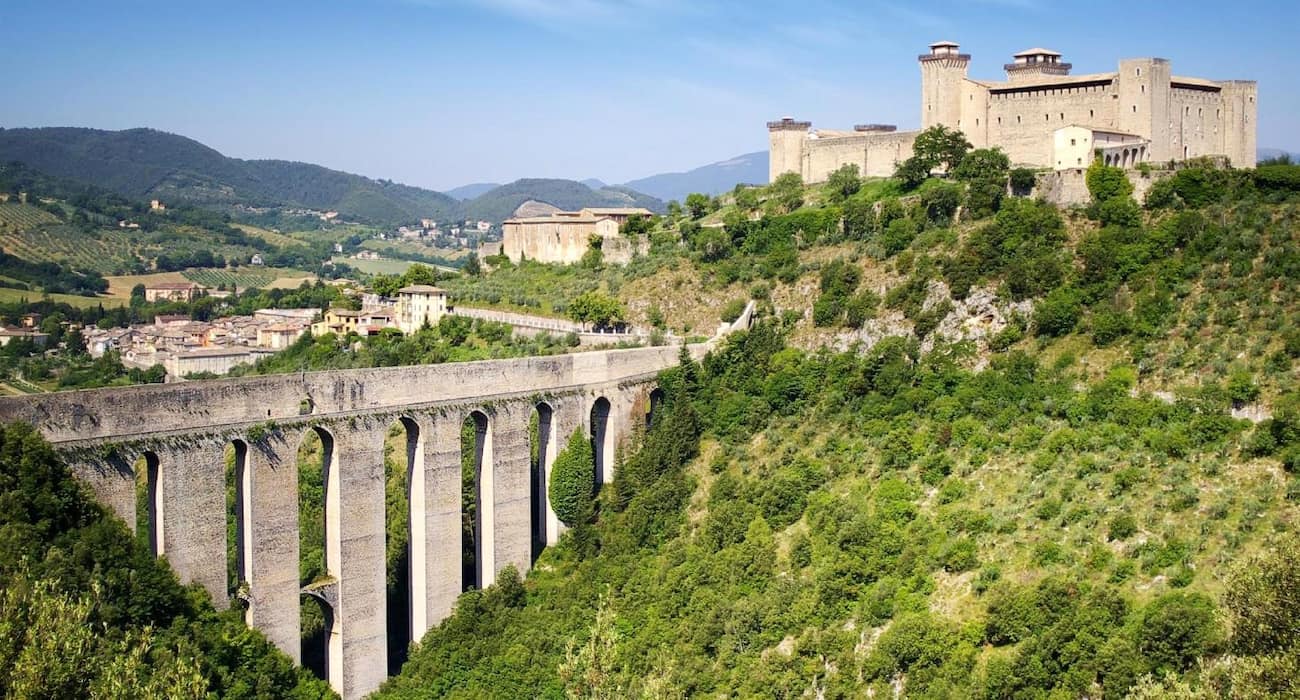
| Attraction | Period | Features |
|---|---|---|
| Ponte delle Torri | 13th century | Aqueduct, 80m high, 230m long |
| Rocca Albornoziana | 14th century | Fortress, museum, panoramic views |
| Duomo | 12th century | Romanesque façade, Lippi frescoes |
| Roman Theater | 1st century BCE | Well-preserved ruins, summer performances |
| Casa Romana | 1st century CE | Roman villa, mosaic floors |
Cathedral. The Duomo’s façade with its stunning rose window drew me inside to discover Filippo Lippi’s magnificent frescoes. The Byzantine-style mosaics in the apse glittered in the afternoon light filtering through ancient windows.
Festival. If you visit during the Festival dei Due Mondi (late June-early July), you’ll find performances throughout the city. I caught an outdoor dance performance in the Roman theater that used the ancient stones as part of the choreography.
Tips. The town is built on a hill, so wear comfortable shoes. The tourist office in Piazza della Libertà offers maps with suggested walking routes. Early morning provides the best light for photography and fewer tourists.
⭐ Best Activities
- Lunch or Dinner and Cooking Demo at a Local Home in Spoleto – Experience authentic Umbrian cuisine with a cooking demonstration and meal in a local home in the charming town of Spoleto.
4. Norcia
Gastronomy. Norcia is famous throughout Italy for its cured meats and black truffles. I visited family-run norcinerie (butcher shops) where prosciutto, salami, and the town’s signature wild boar sausages hung from ceilings and filled the air with savory aromas.
Rebuilding. The 2016 earthquake severely damaged Norcia, including its historic Basilica of St. Benedict. I was moved by the resilience of locals rebuilding their town and the temporary structures housing displaced businesses and churches.
- Norcinerie (traditional butcher shops)
- Truffle hunting experiences
- Castelluccio lentil fields
- Sibillini Mountains National Park
- Piano Grande high plains
- Earthquake recovery efforts
- Benedictine monastery
- Wild boar dishes
Nature. Norcia serves as the gateway to the Sibillini Mountains National Park. I drove 30 minutes to the high plains of Castelluccio, where wildflowers carpet the fields in spring and early summer creating one of Italy’s most spectacular landscapes.
Monastic Tradition. St. Benedict, founder of Western monasticism, was born in Norcia around 480 CE. Despite earthquake damage, the Benedictine monks maintain their presence and continue producing their famous honey, beer, and herbal liqueurs.
Tips. Many shops offer free tastings of local specialties. The best restaurants serve simple dishes highlighting Norcia’s exceptional ingredients—try pasta with black truffle or lentil soup with local sausage. Visit the town market (Wednesdays and Saturdays) for direct access to local producers.
⭐ Best Activities
- Transfer from Assisi to Cascia, Roccaporena & Norcia – Travel comfortably between Assisi and the pilgrimage sites of Cascia, Roccaporena, and the food-lover’s paradise of Norcia with this convenient transfer service.
FAQ
What are the top things to see in Umbria?
Umbria offers a wealth of medieval towns, rolling hills, and historic sites that showcase its rich heritage. The region is home to stunning architecture, ancient Roman ruins, and beautiful countryside vistas that captivate visitors year-round.
When is the best time to visit Umbria region?
The ideal months to visit Umbria are April, May, June, and September when temperatures are moderate and crowds are smaller. During these periods, you’ll enjoy pleasant weather for exploring the green heart of Italy while avoiding the intense summer heat and winter chill.
How many days should I spend in the green heart?
A 5-7 day trip is perfect to explore the main towns and experience the authentic culture of Umbria. This duration allows you to discover multiple destinations within the region without rushing through its hidden gems.
What is Umbria known as and why?
Umbria is known as the “Green Heart of Italy” due to its lush landscapes and central location in the country. Its verdant hills, valleys, and natural beauty have earned this fitting nickname that perfectly captures the region’s essence.
How can I get to Umbria from major Italian cities?
You can reach Umbria by train from Rome (2.5 hours) or Florence (2 hours), with connections to various towns in the region. Alternatively, renting a car offers flexibility to explore the countryside, while buses and rideshares provide additional transportation options.
Is Umbria expensive compared to other Italian regions?
Umbria is generally more affordable than Tuscany and other popular Italian destinations, offering excellent value for accommodations and dining. The region provides authentic experiences without the premium prices found in more touristy areas of Italy.
What are unmissable things to visit in Umbria?
The jewels of Umbria include its medieval towns, historic churches, and breathtaking natural landscapes like waterfalls and mountains. Don’t miss the chance to explore ancient towns with their well-preserved architecture and the stunning countryside that surrounds them.
What makes Umbria different from neighboring regions?
Umbria remains less crowded than Tuscany while offering equally beautiful landscapes and rich cultural experiences. The region maintains its authentic character with fewer tourists, allowing visitors to discover a more genuine side of Italian life.
What seasonal events should I plan my visit around?
Umbria hosts numerous festivals throughout the year, including flower festivals in spring and Christmas celebrations in winter. The region comes alive with cultural events that showcase local traditions, from racing events in May to jazz performances in July.
Can I explore Umbria without renting a car?
While having a car provides the most flexibility, you can explore Umbria using regional trains and buses that connect the main towns. The public transportation network, operated by Ferrovie dello Stato, offers affordable options for traveling between destinations, though schedules may be limited in rural areas.
